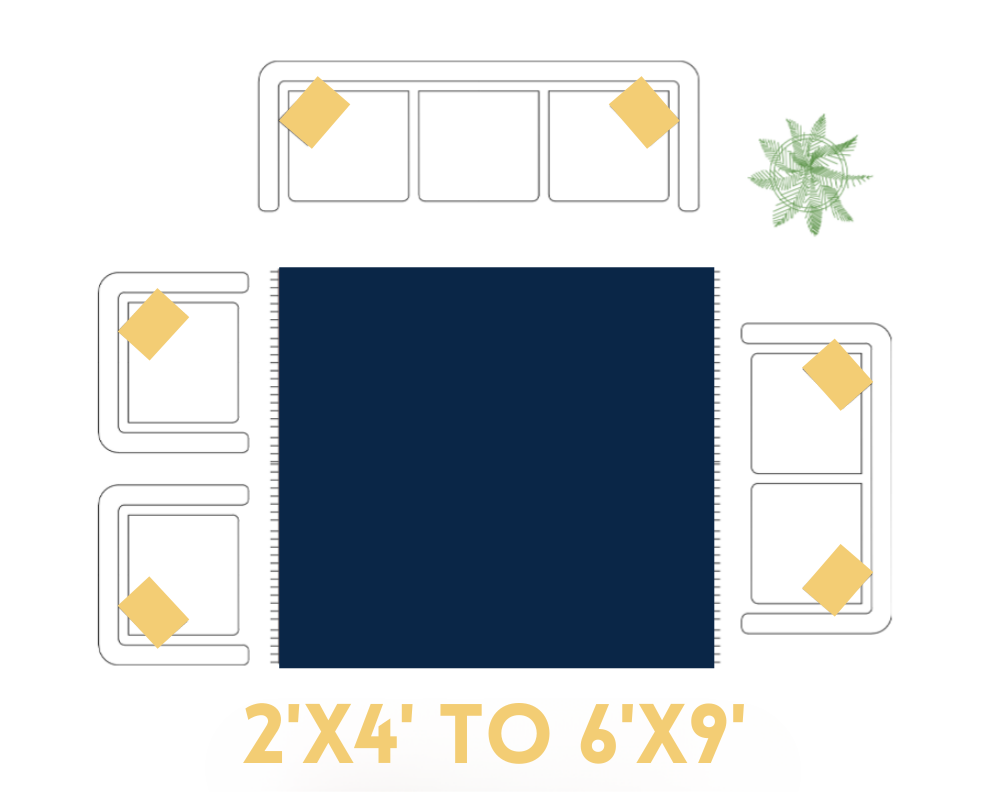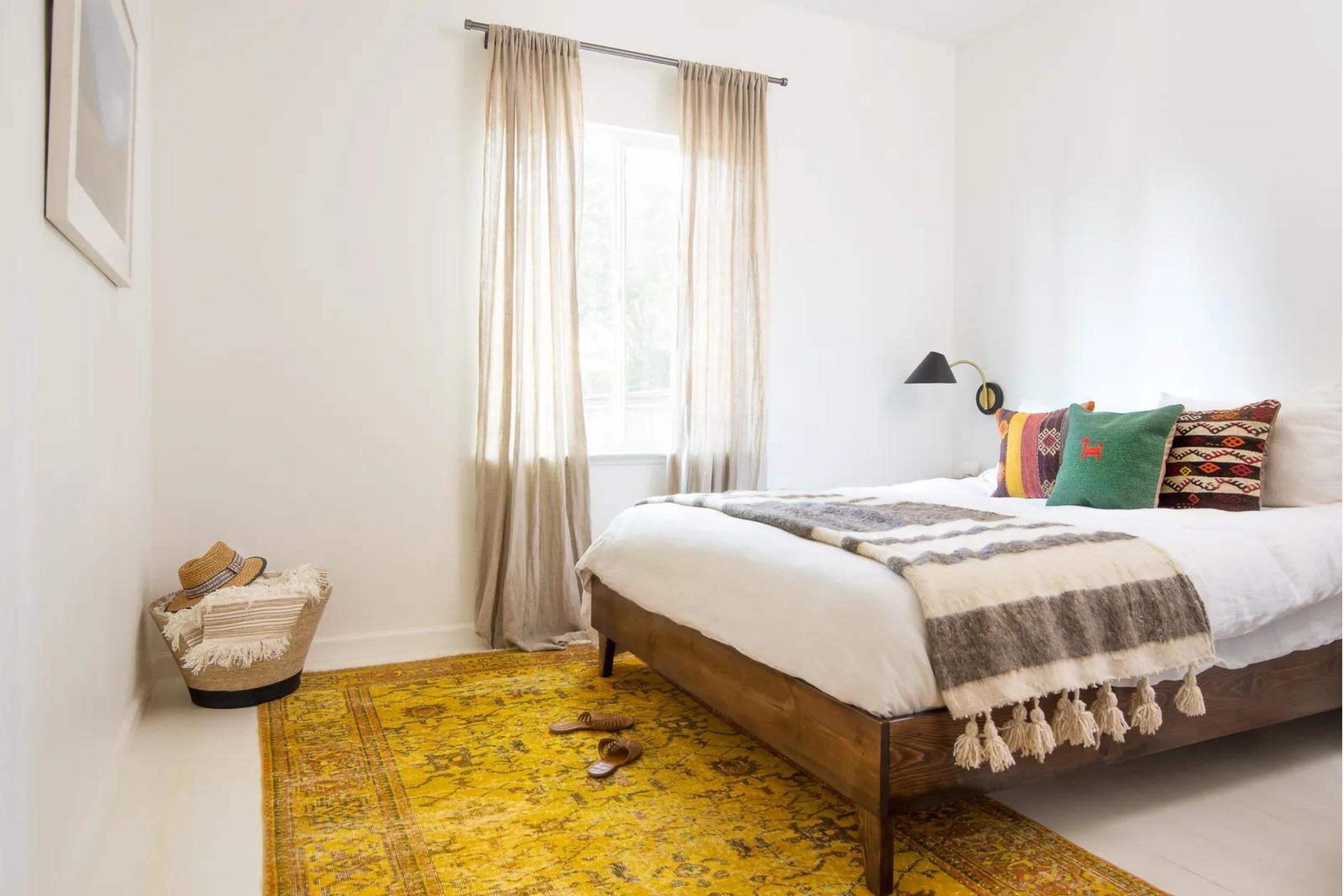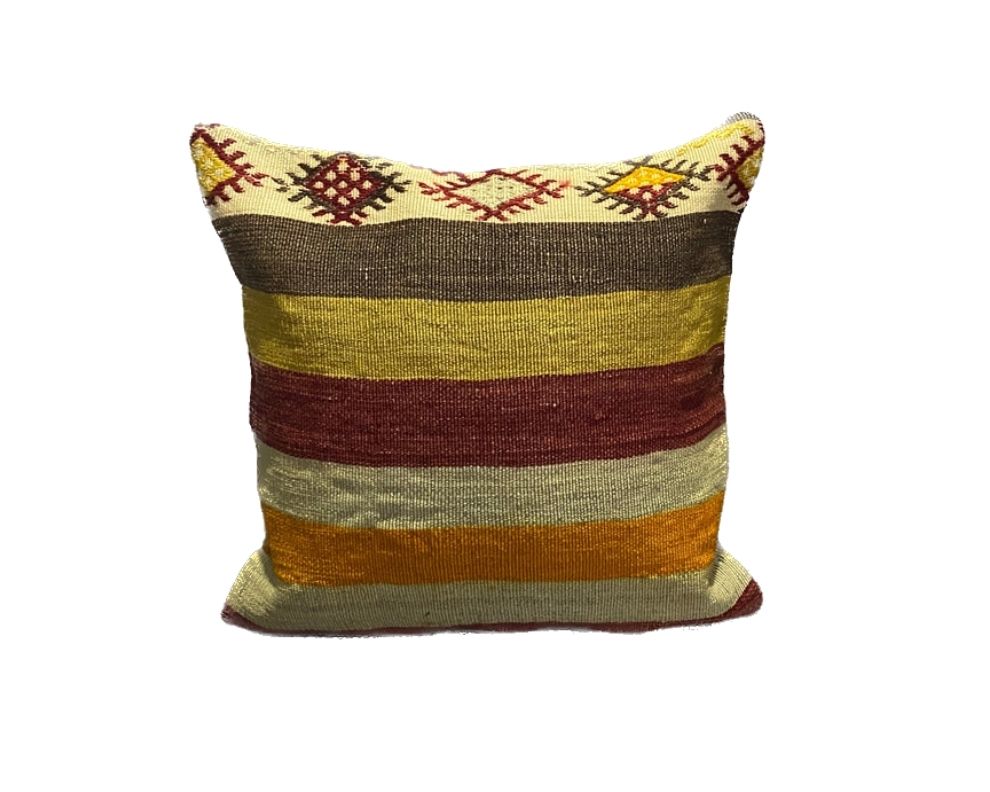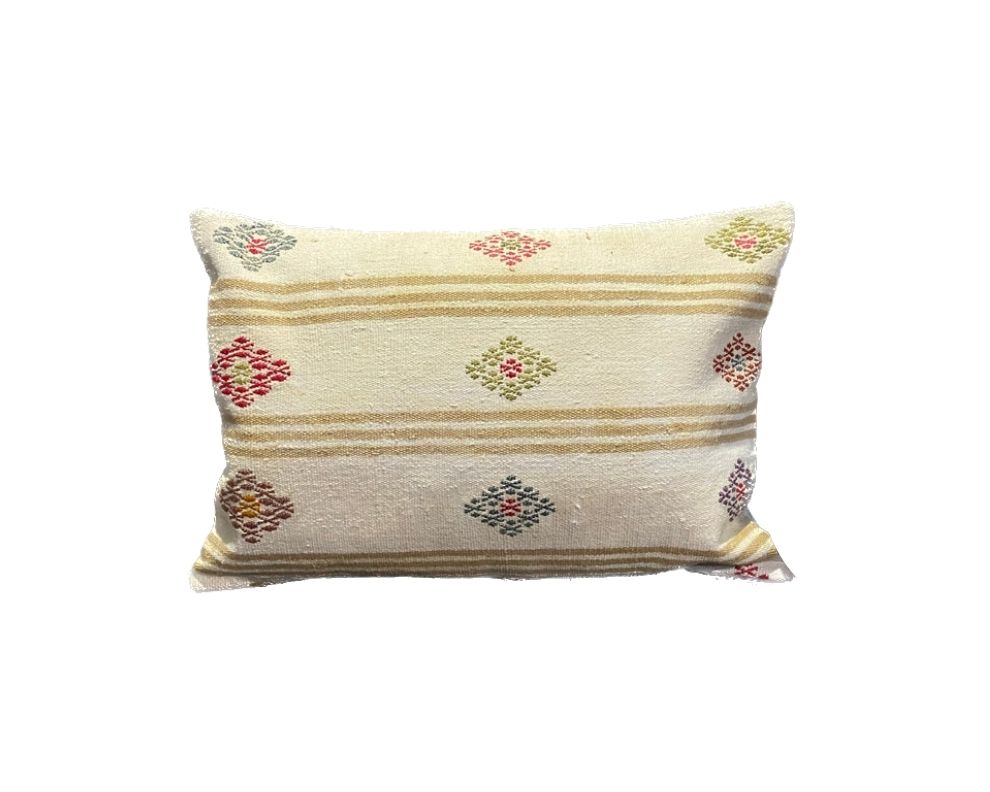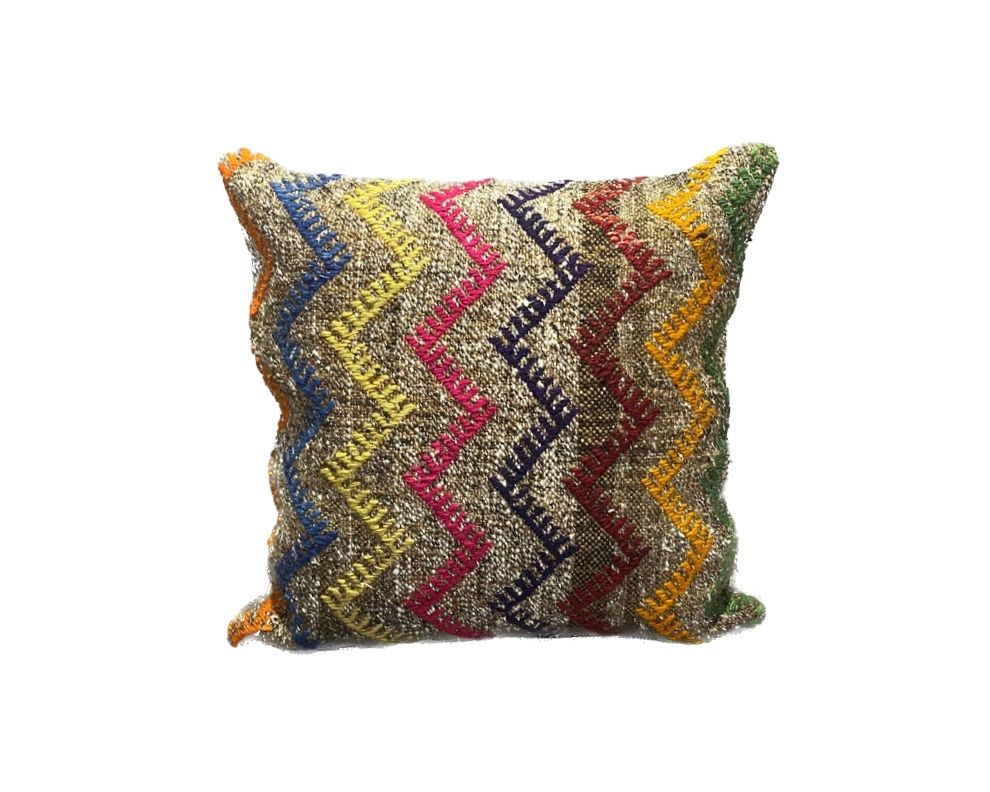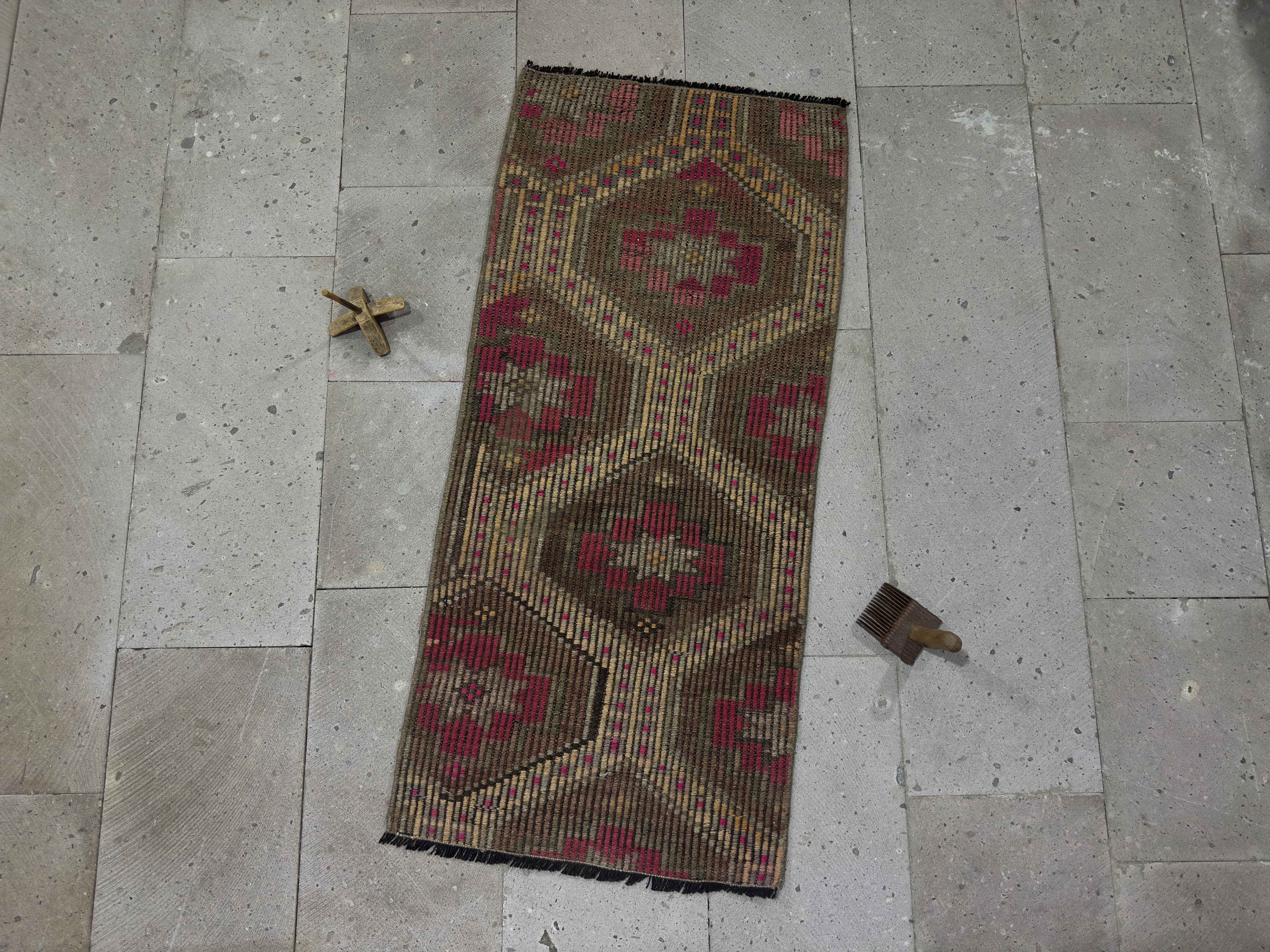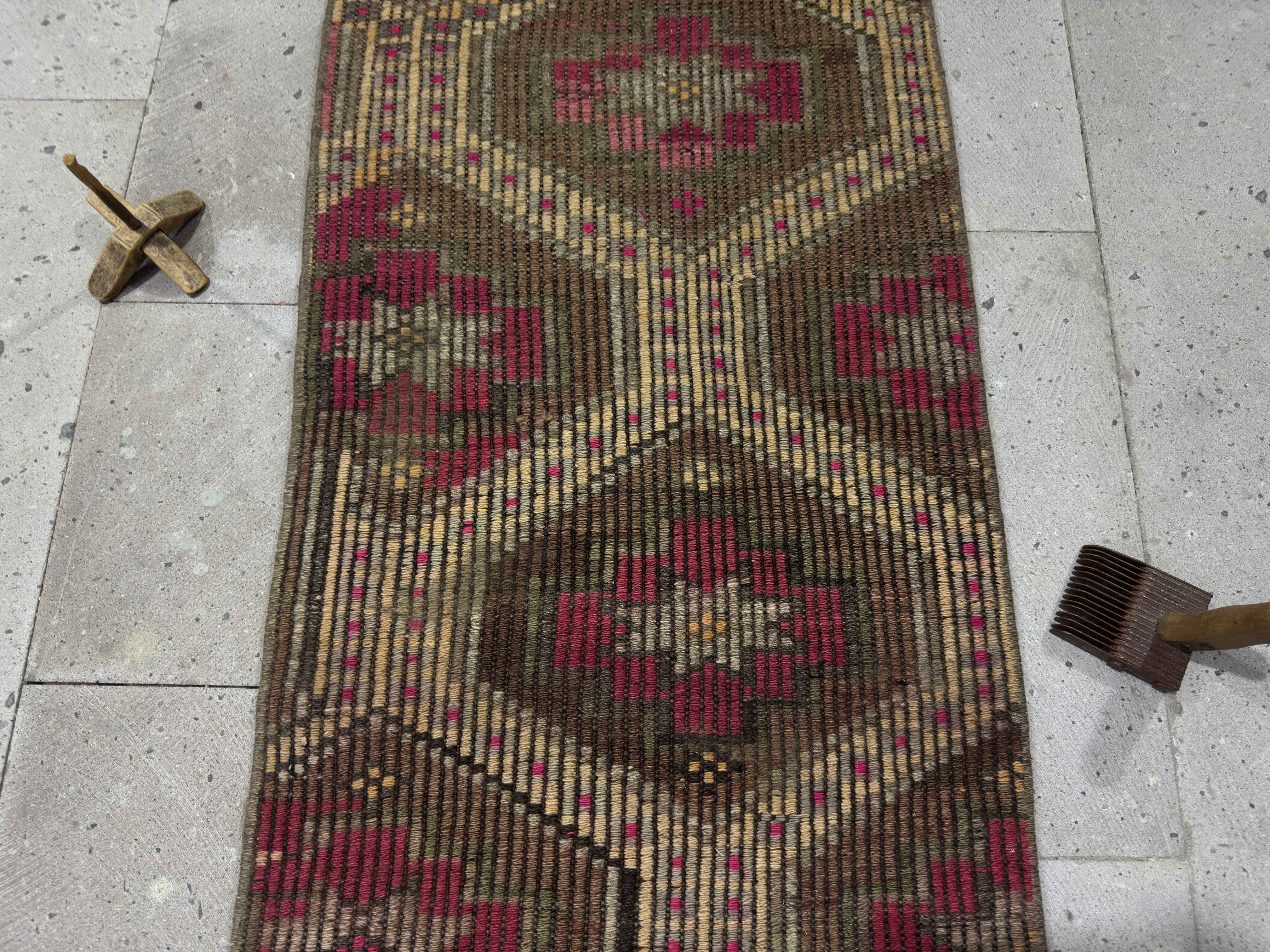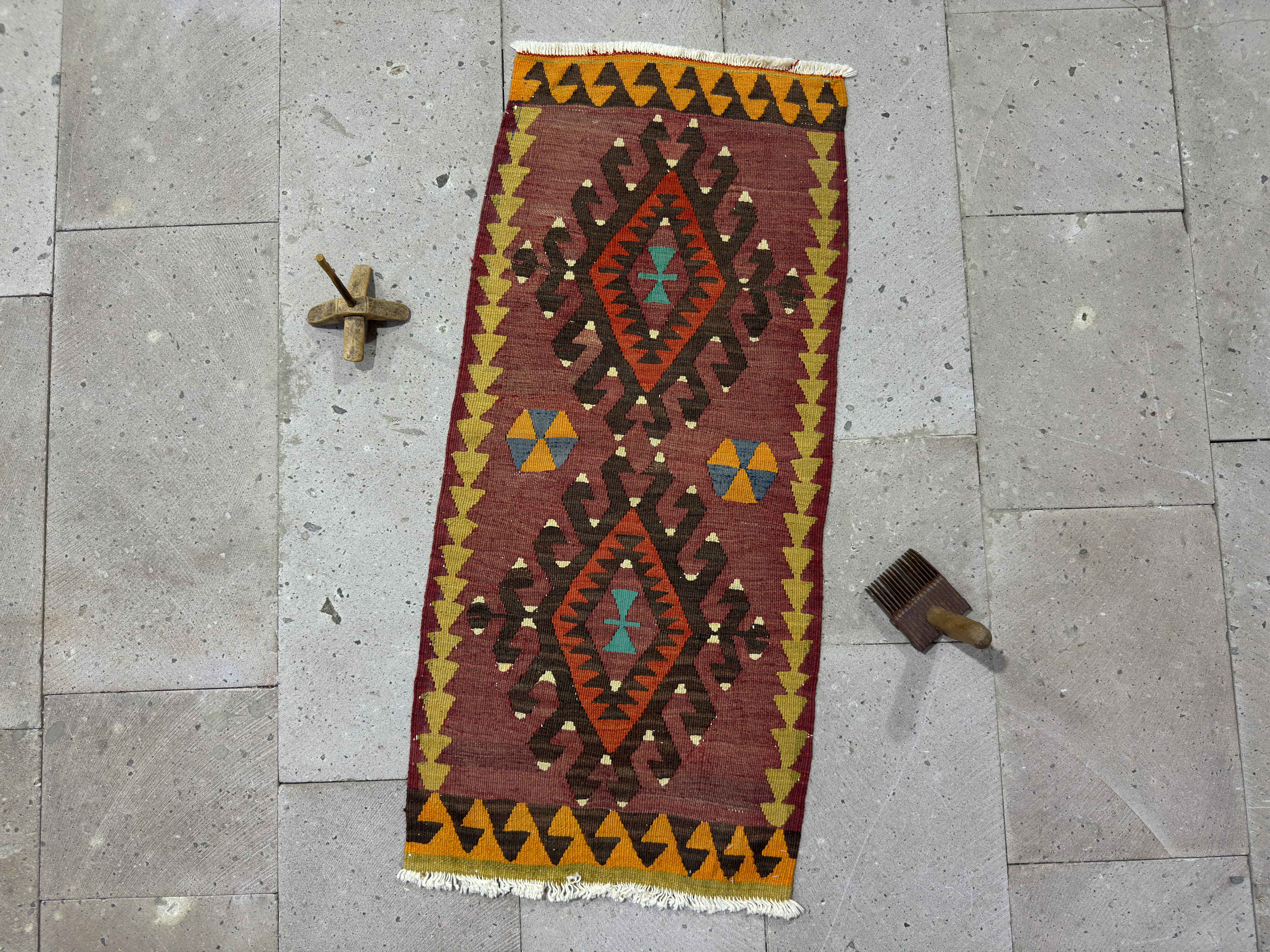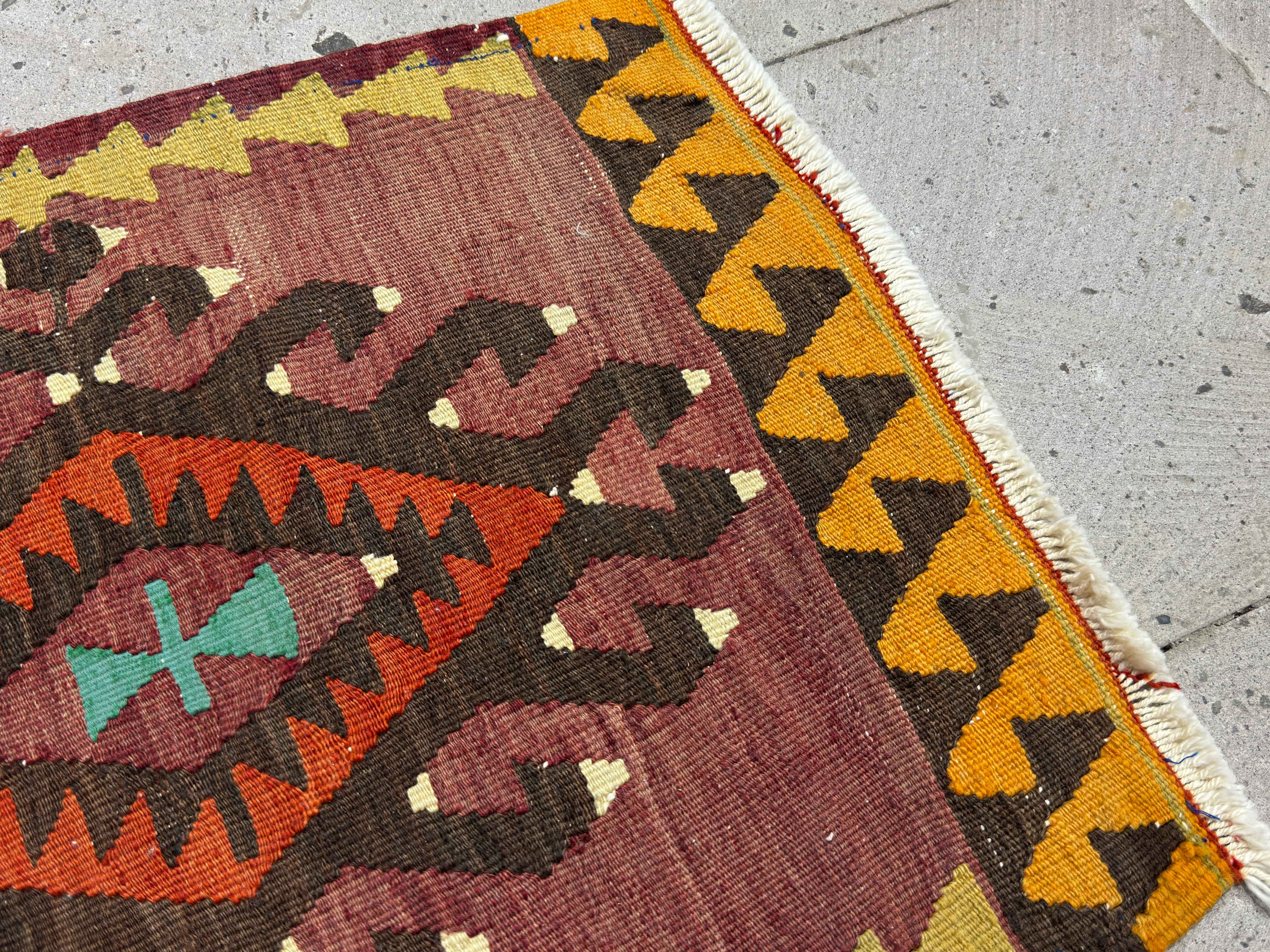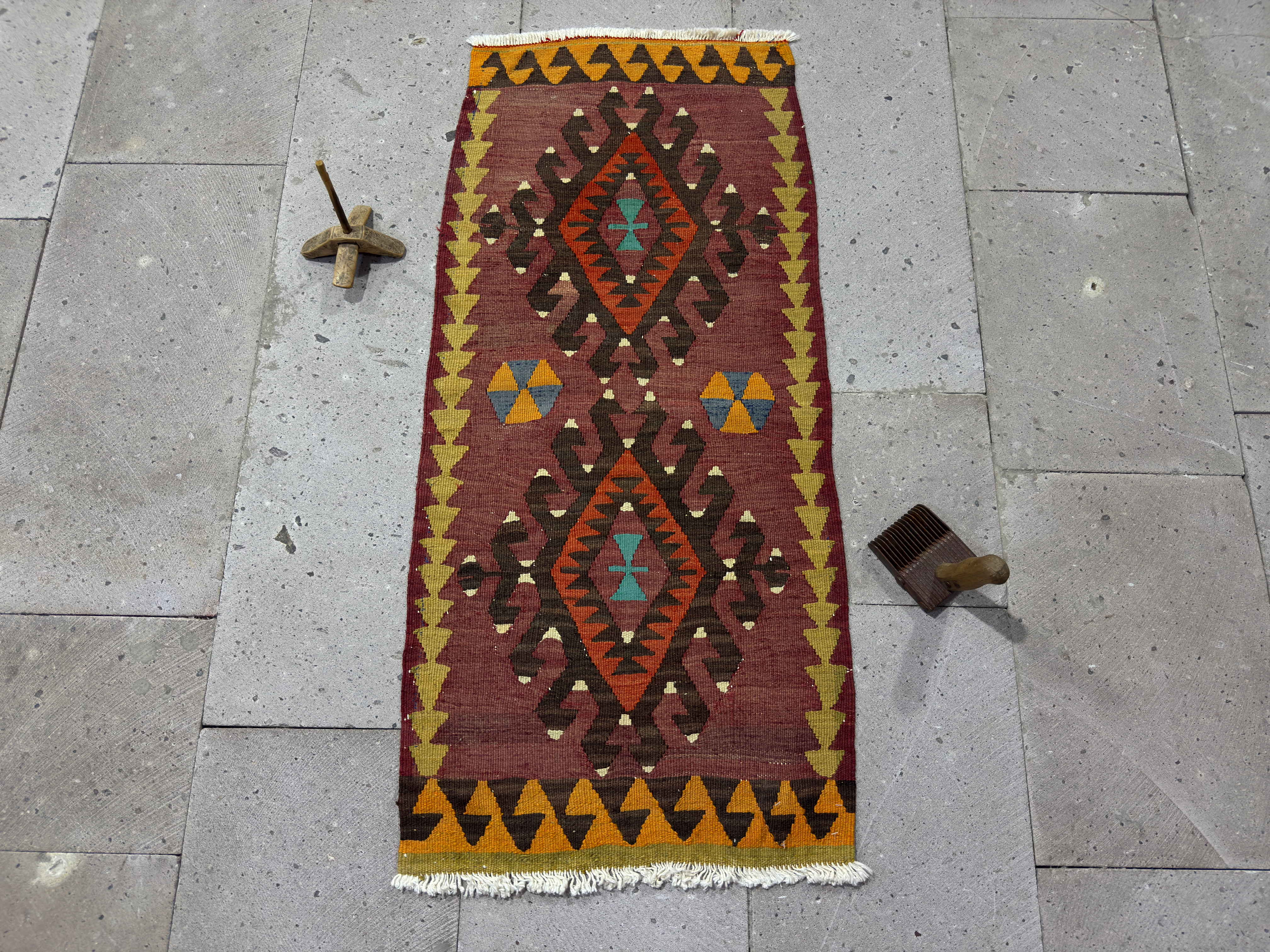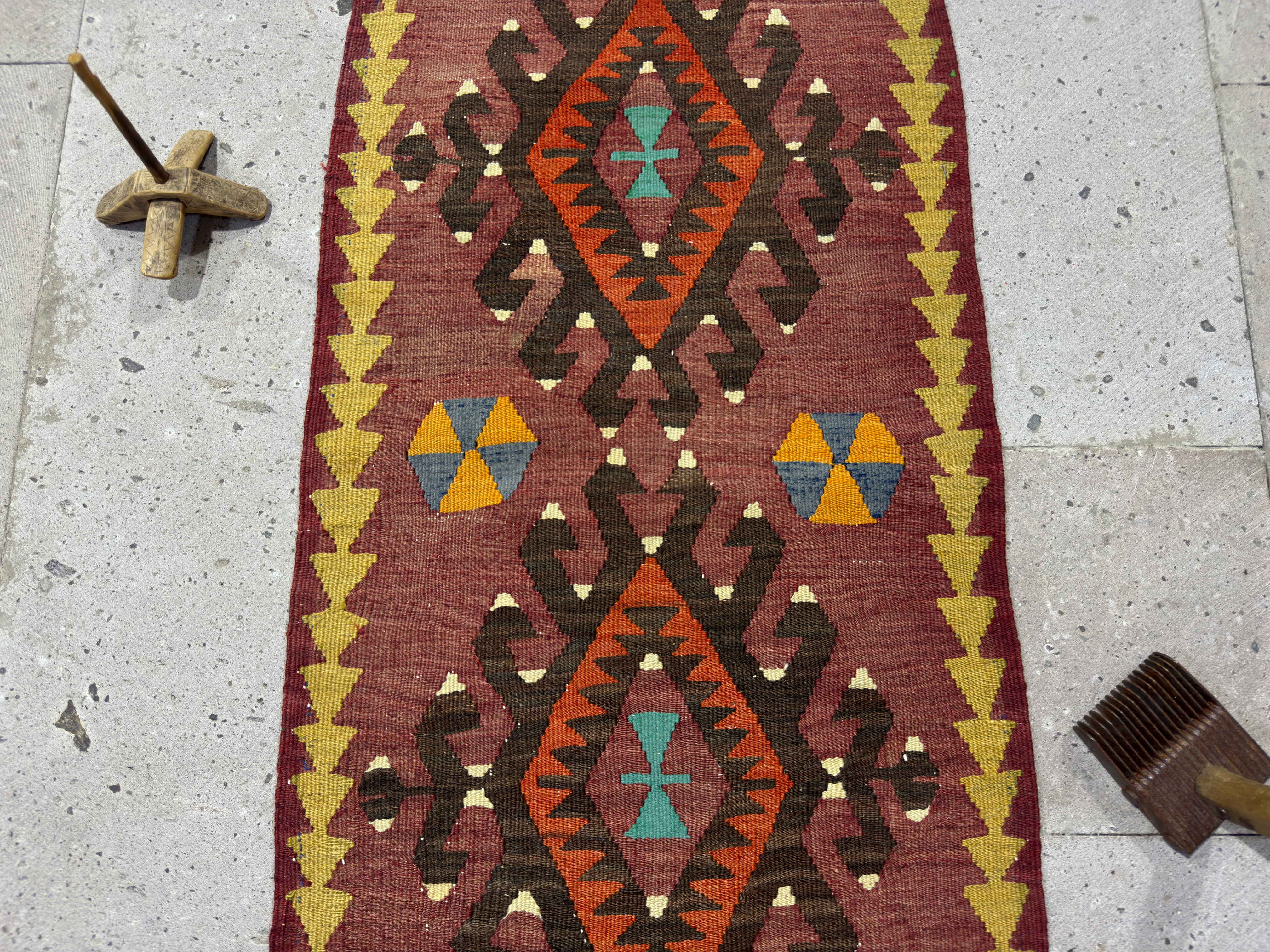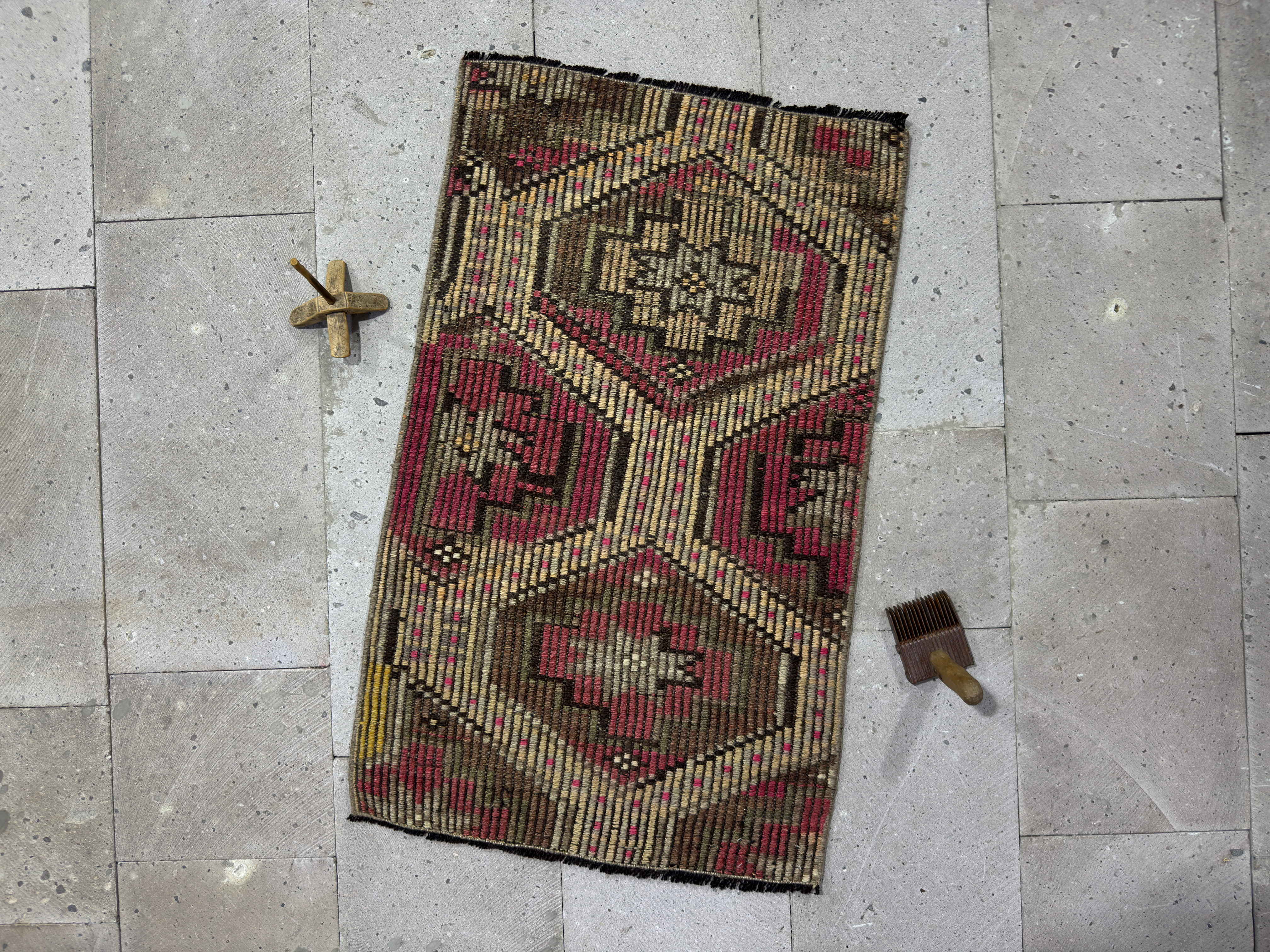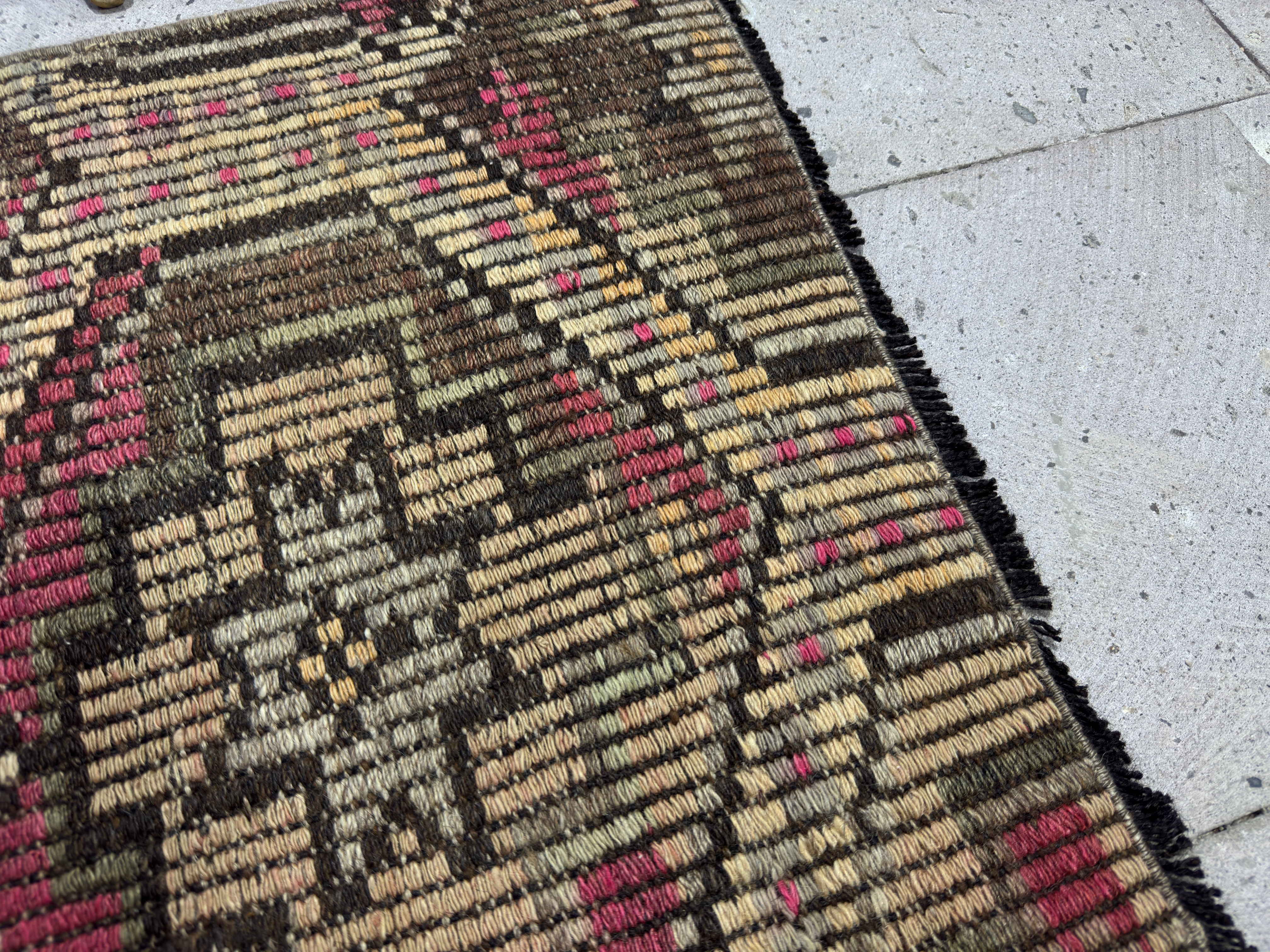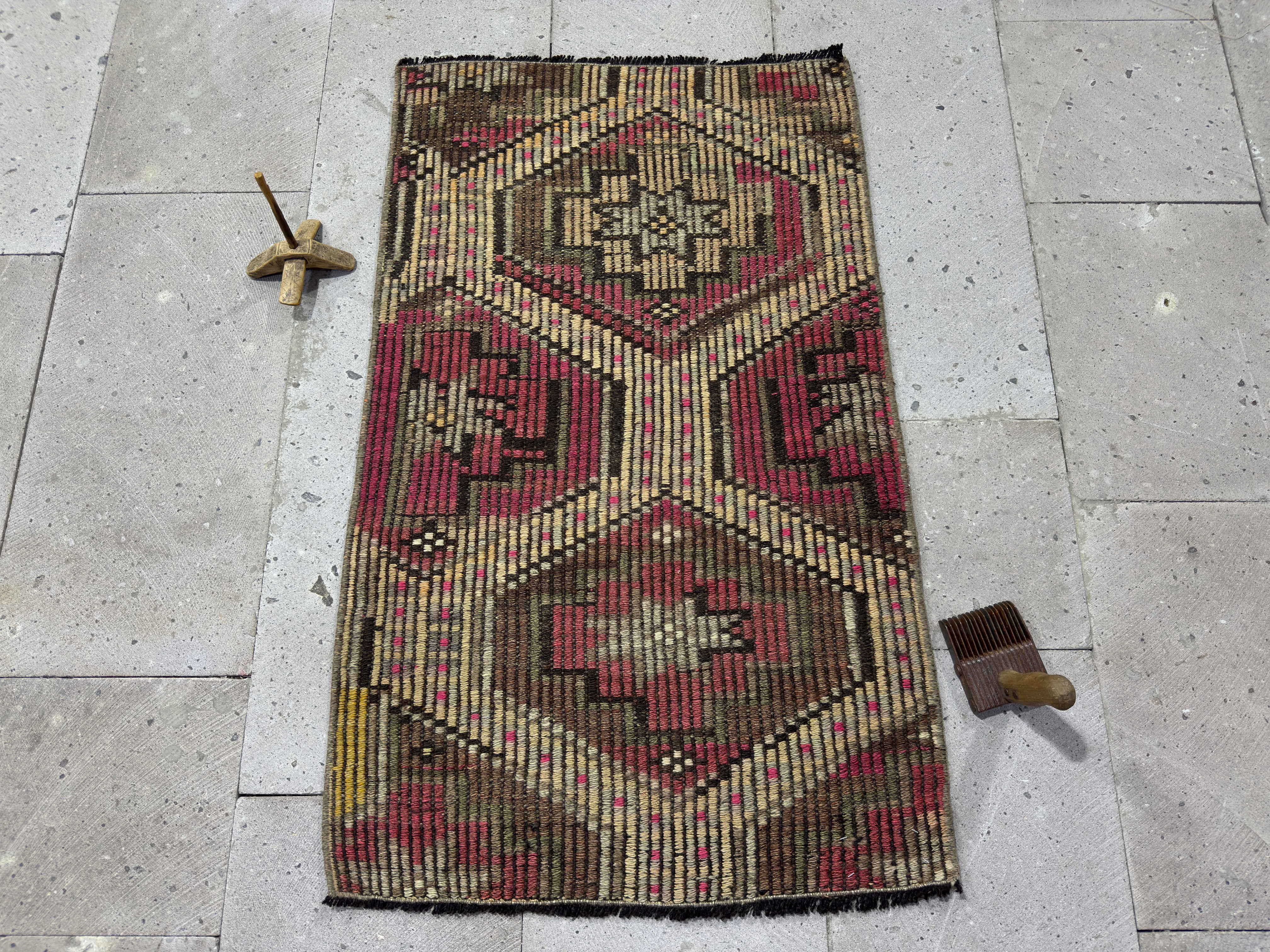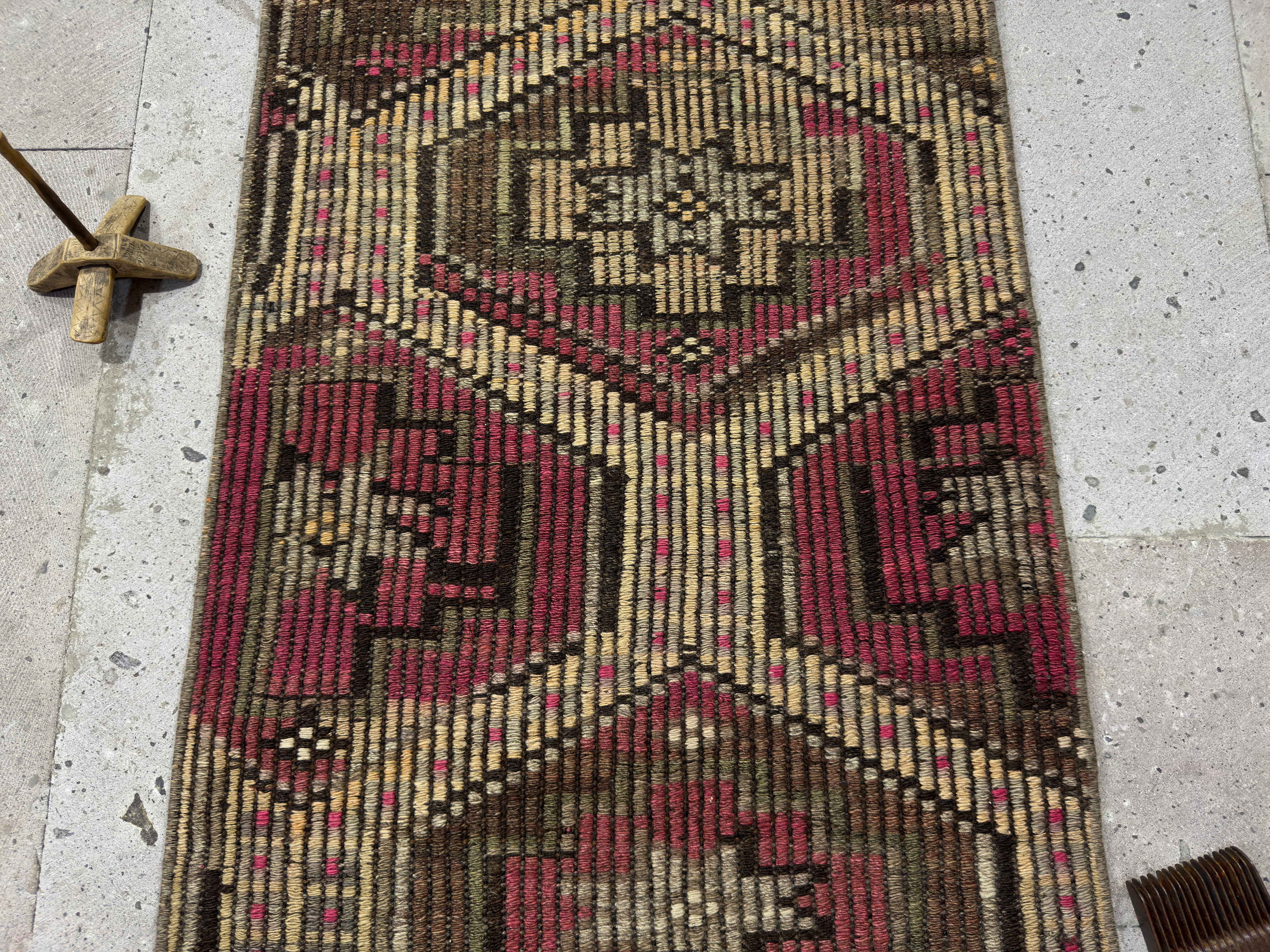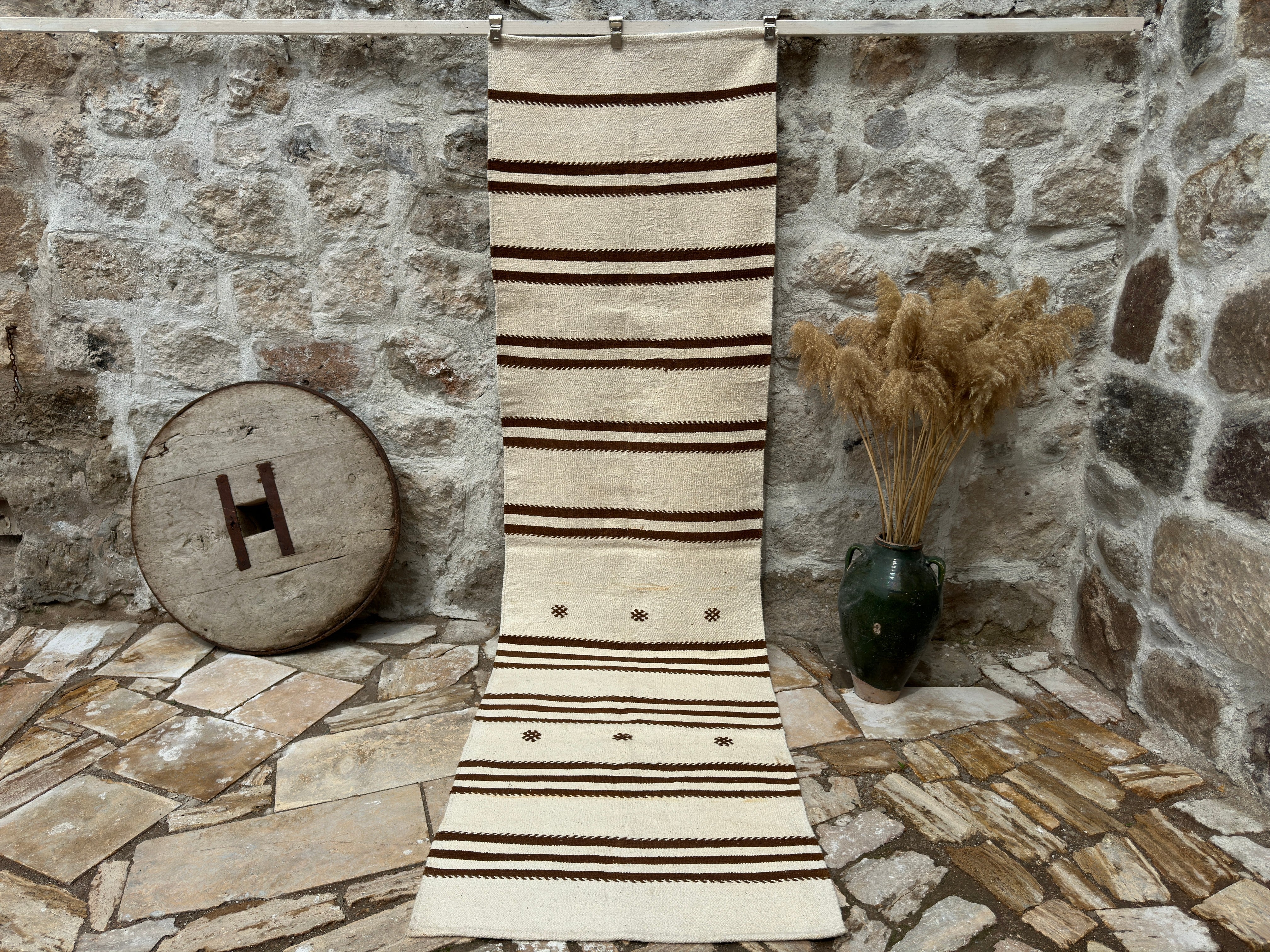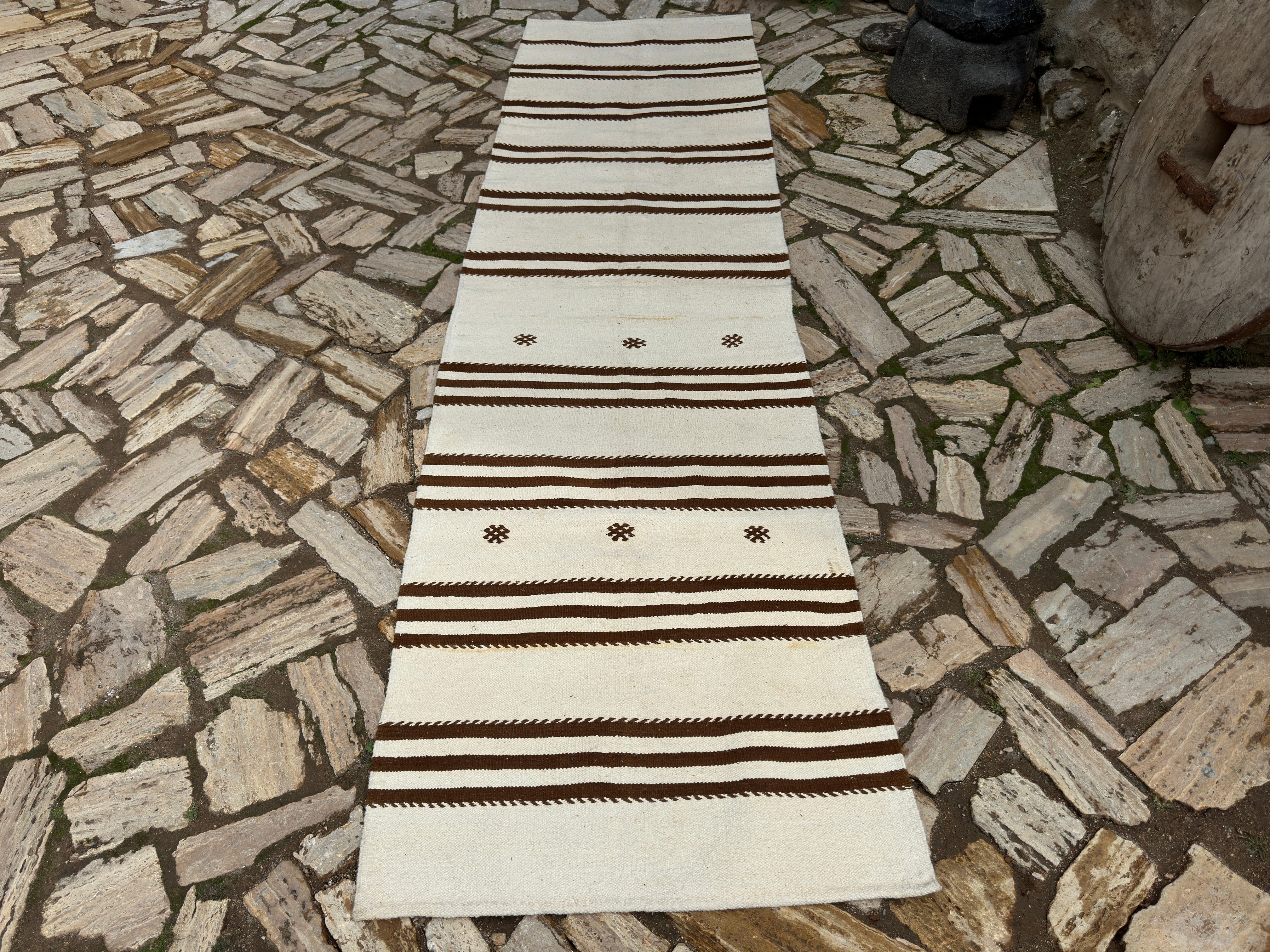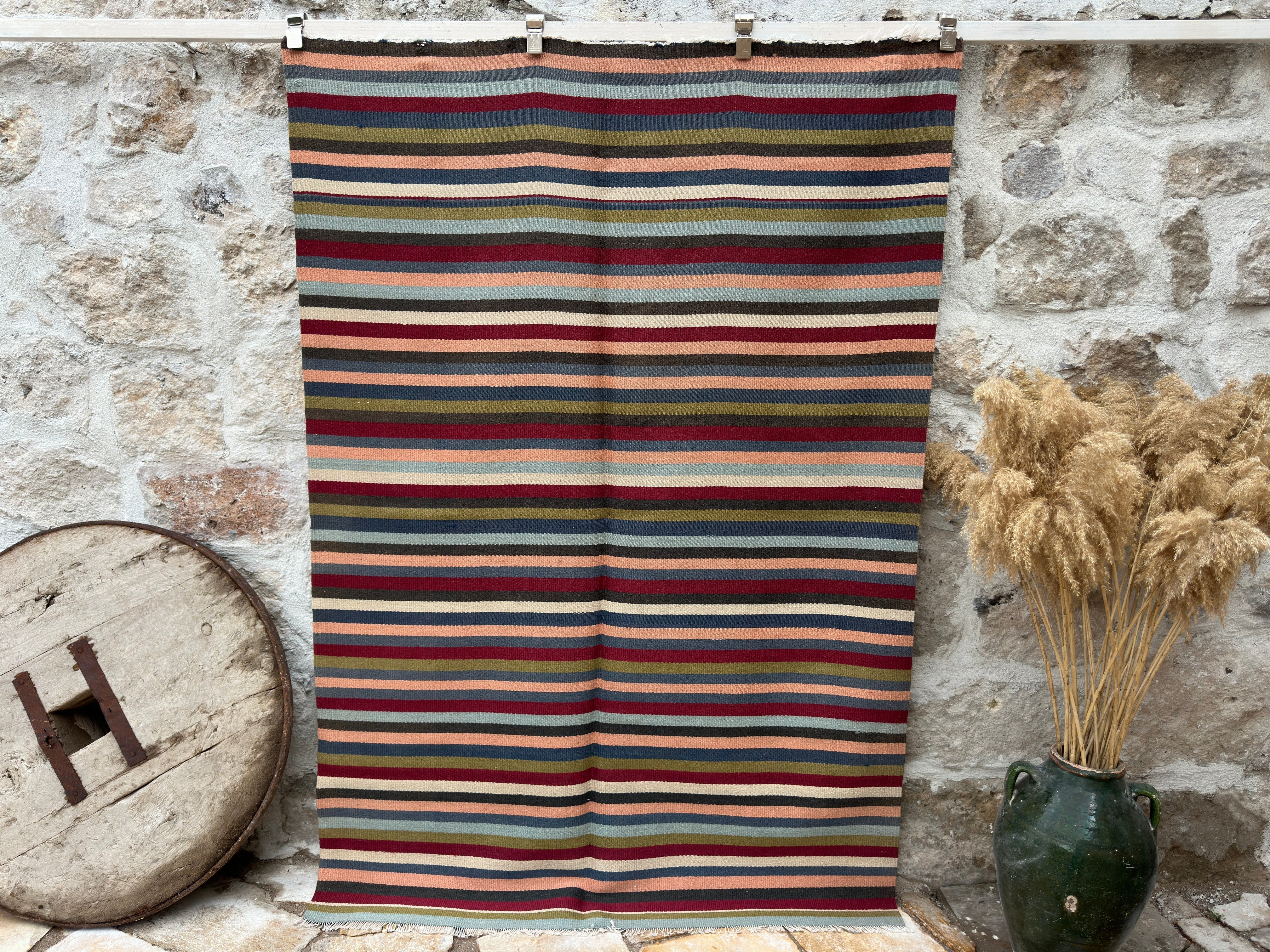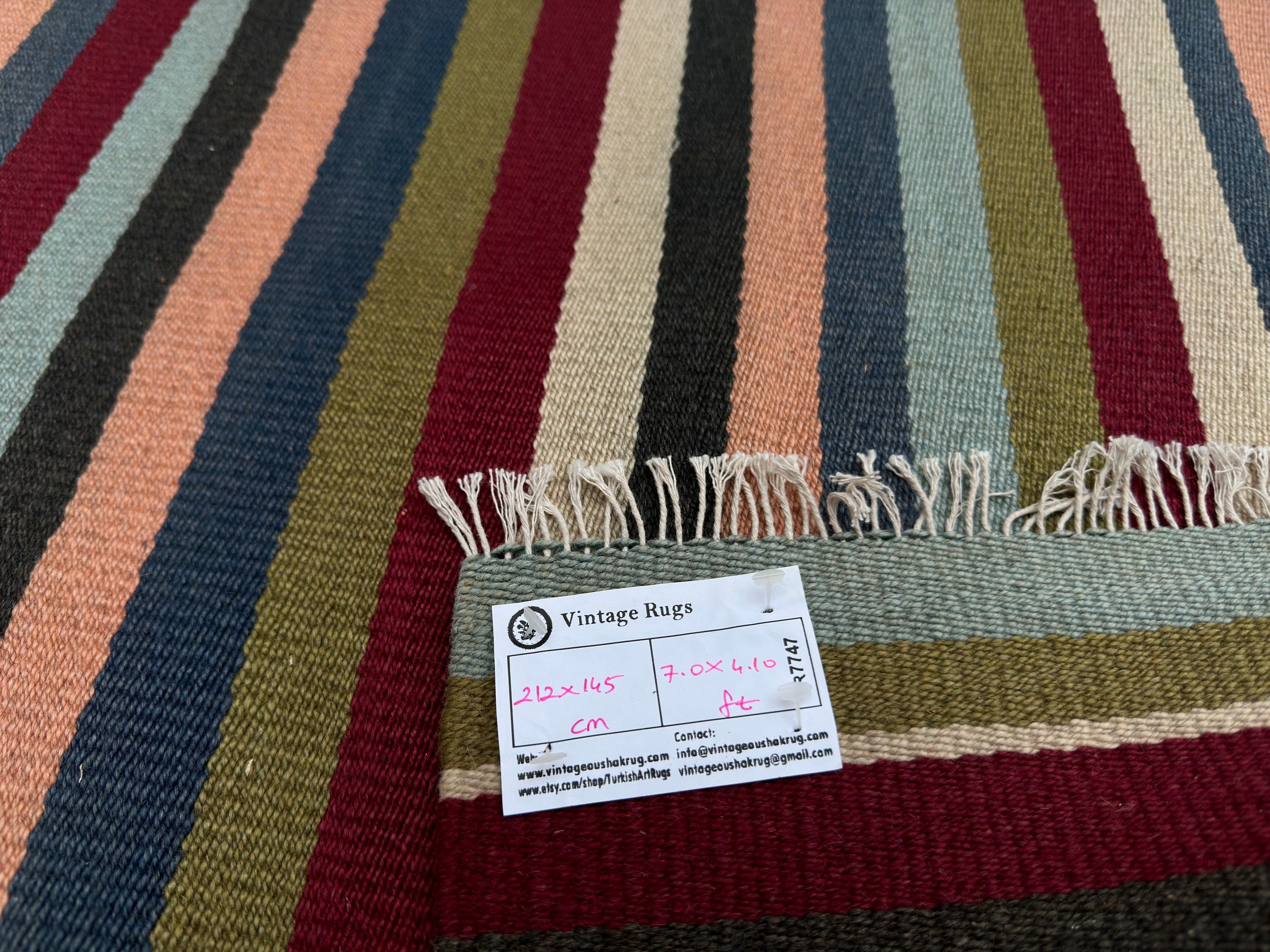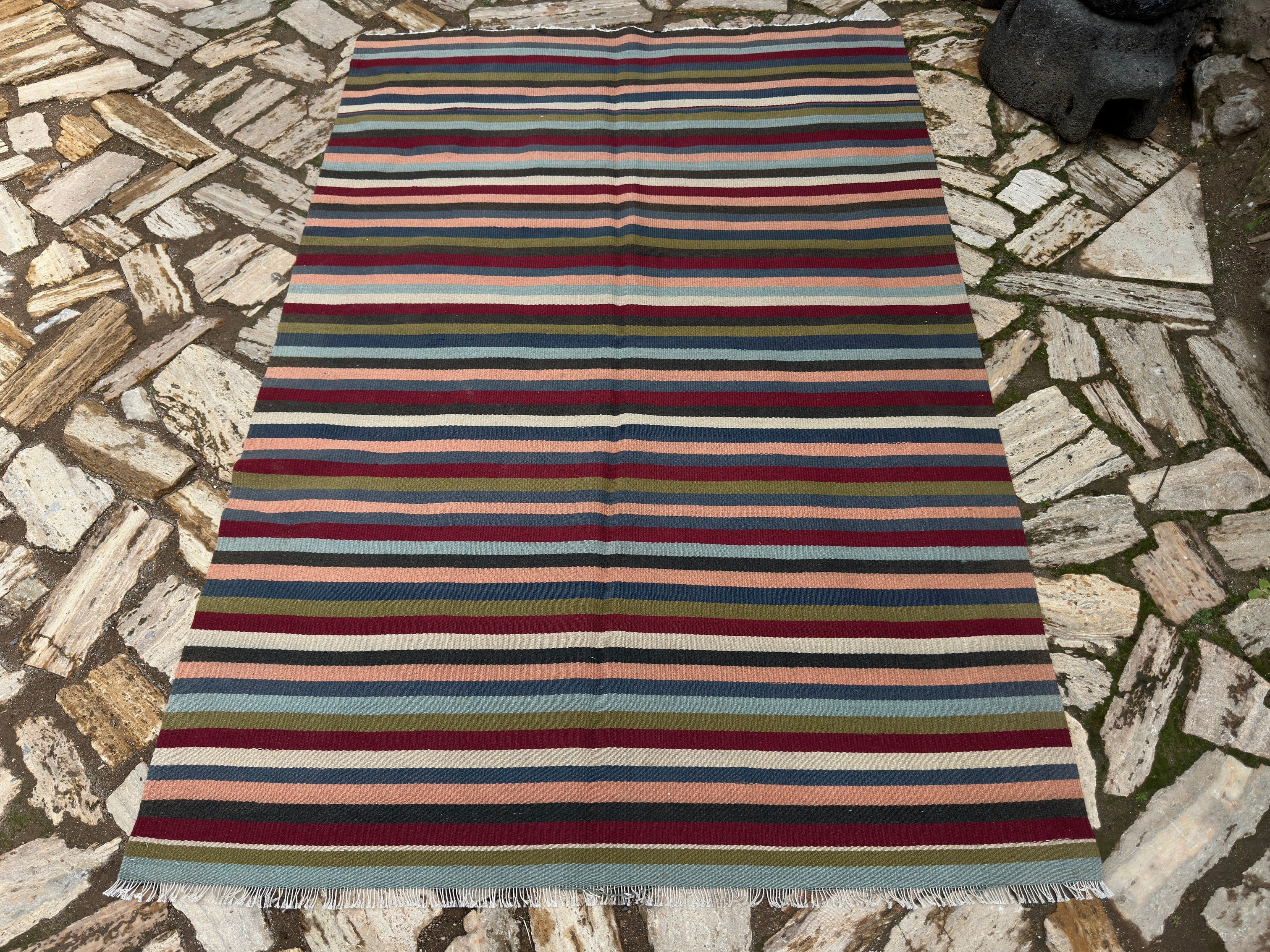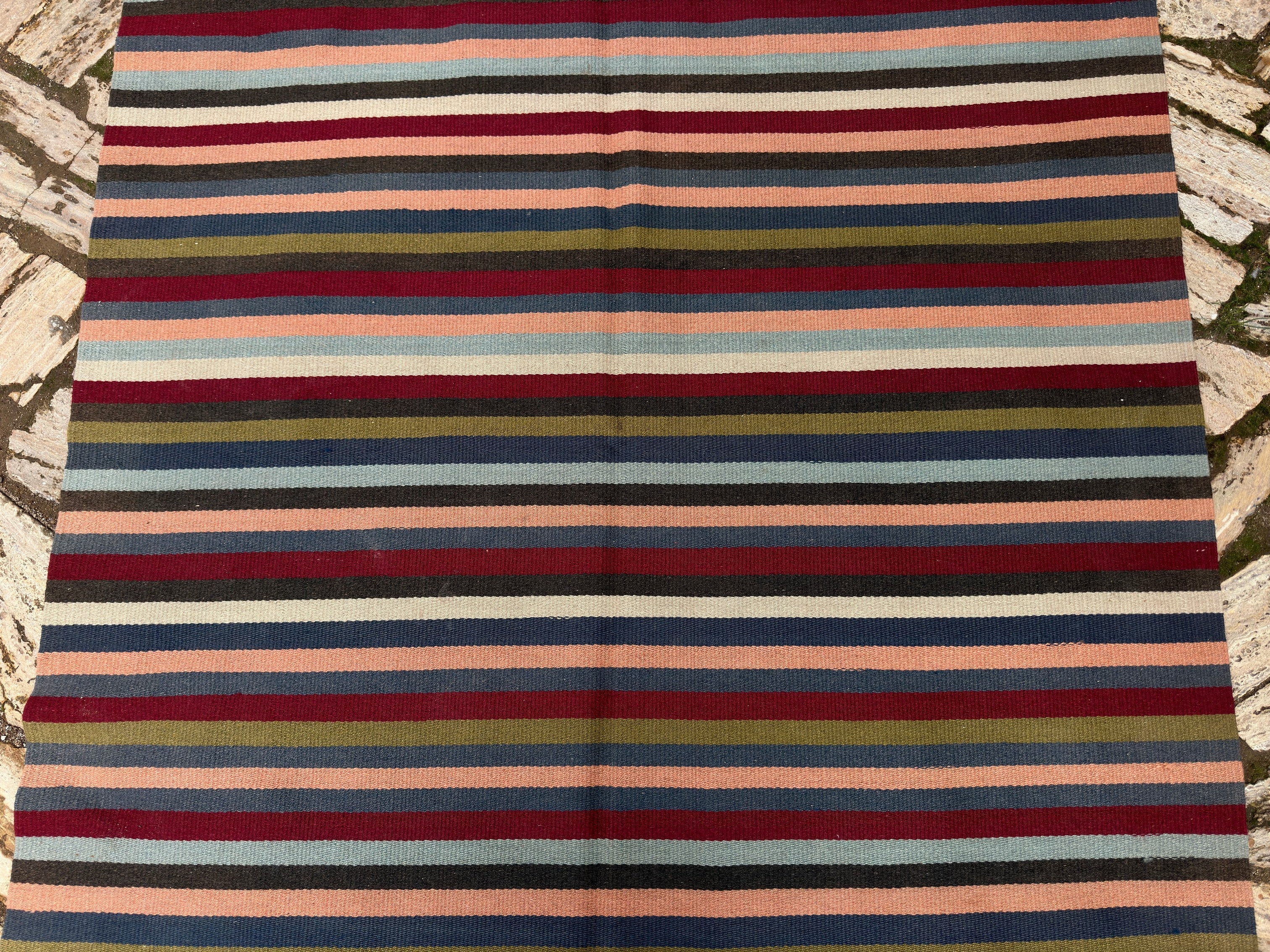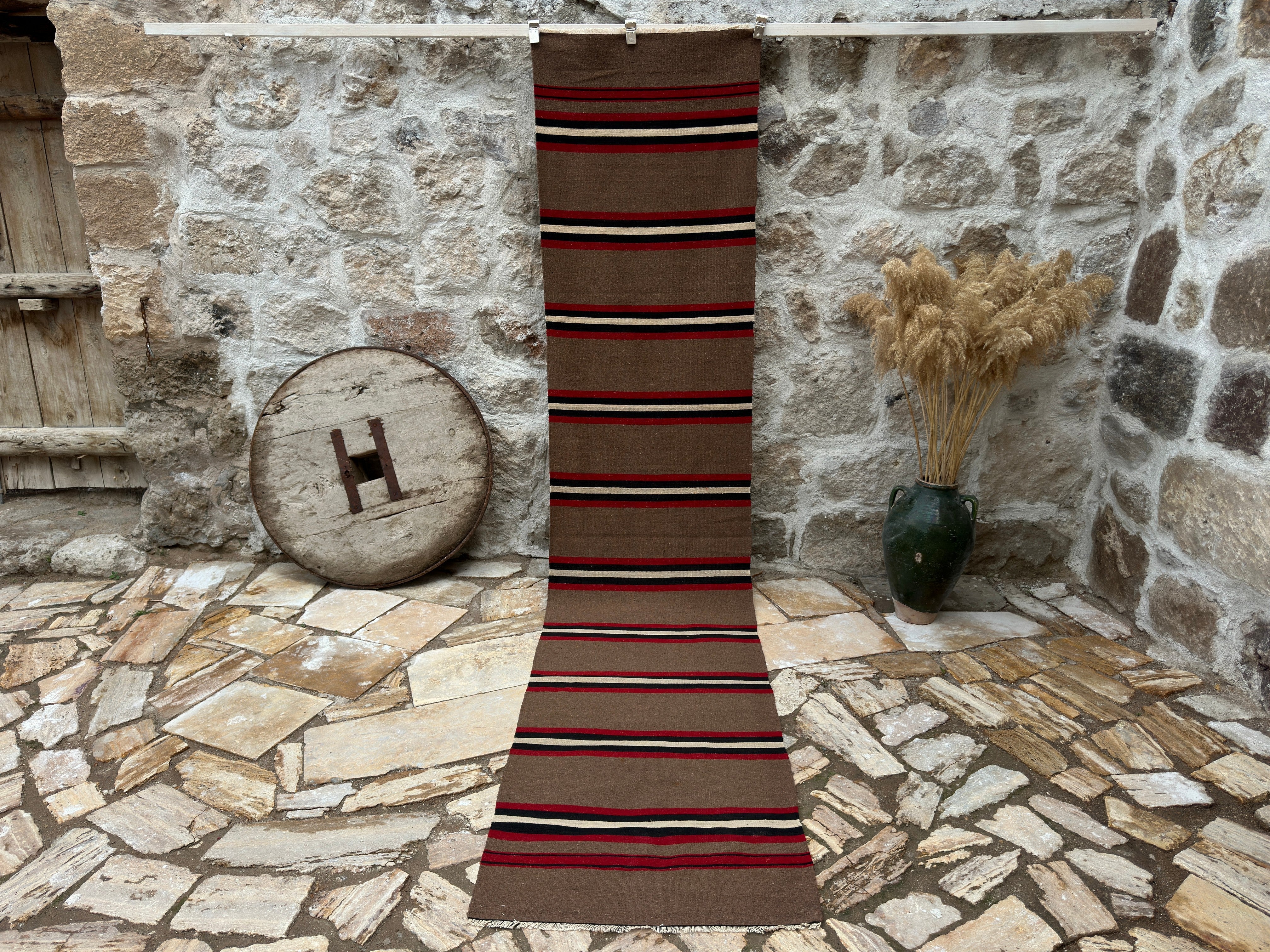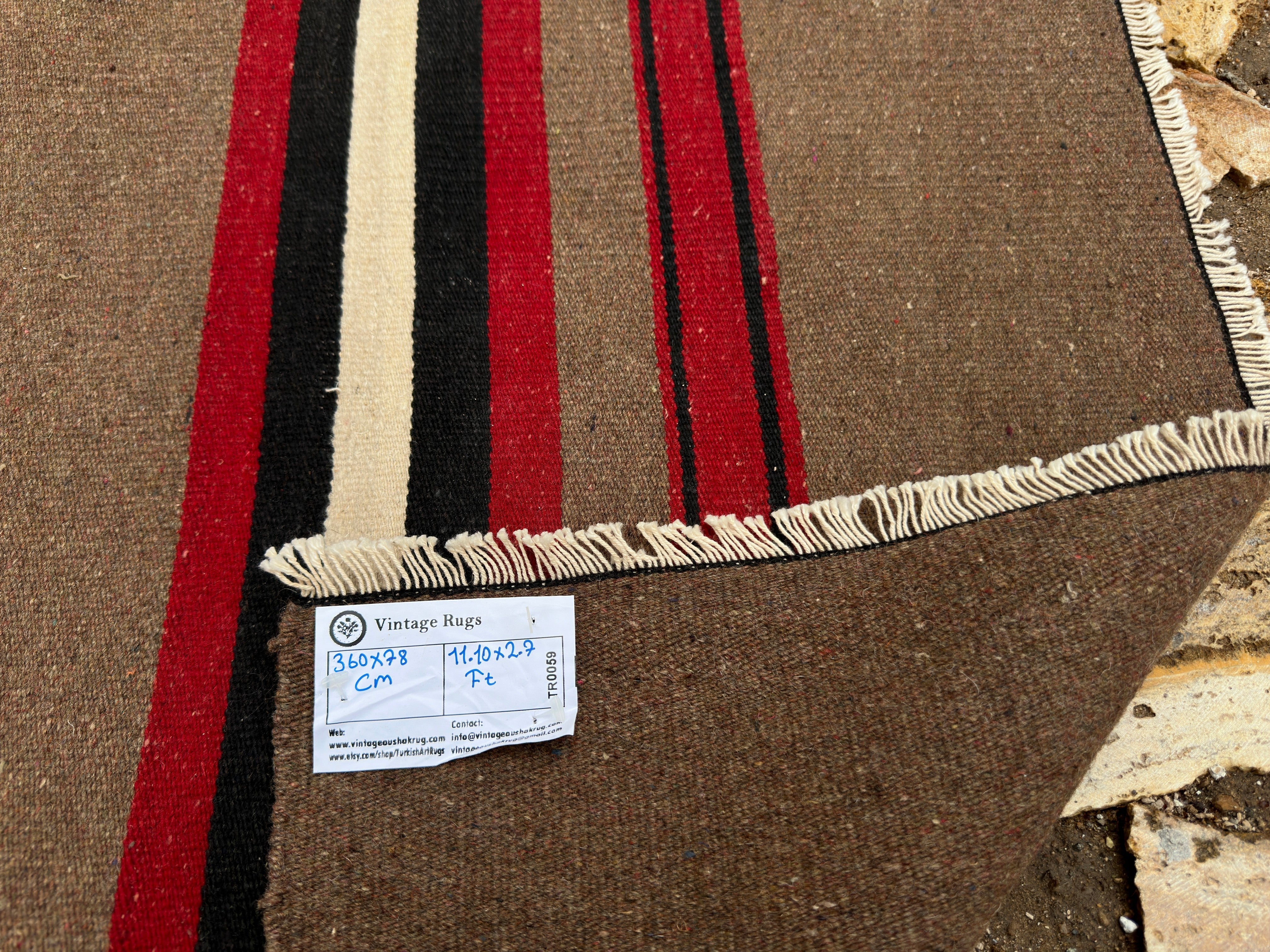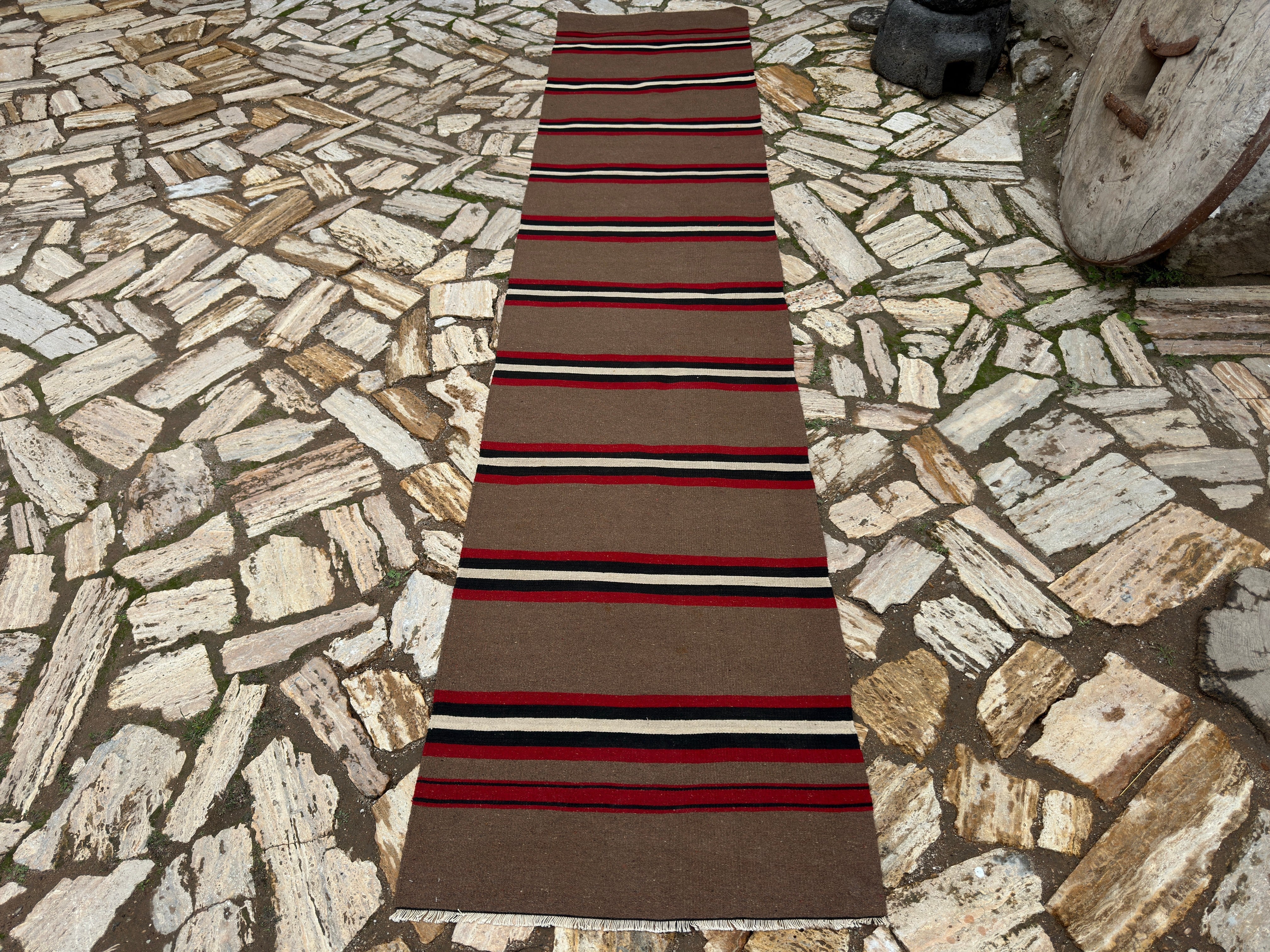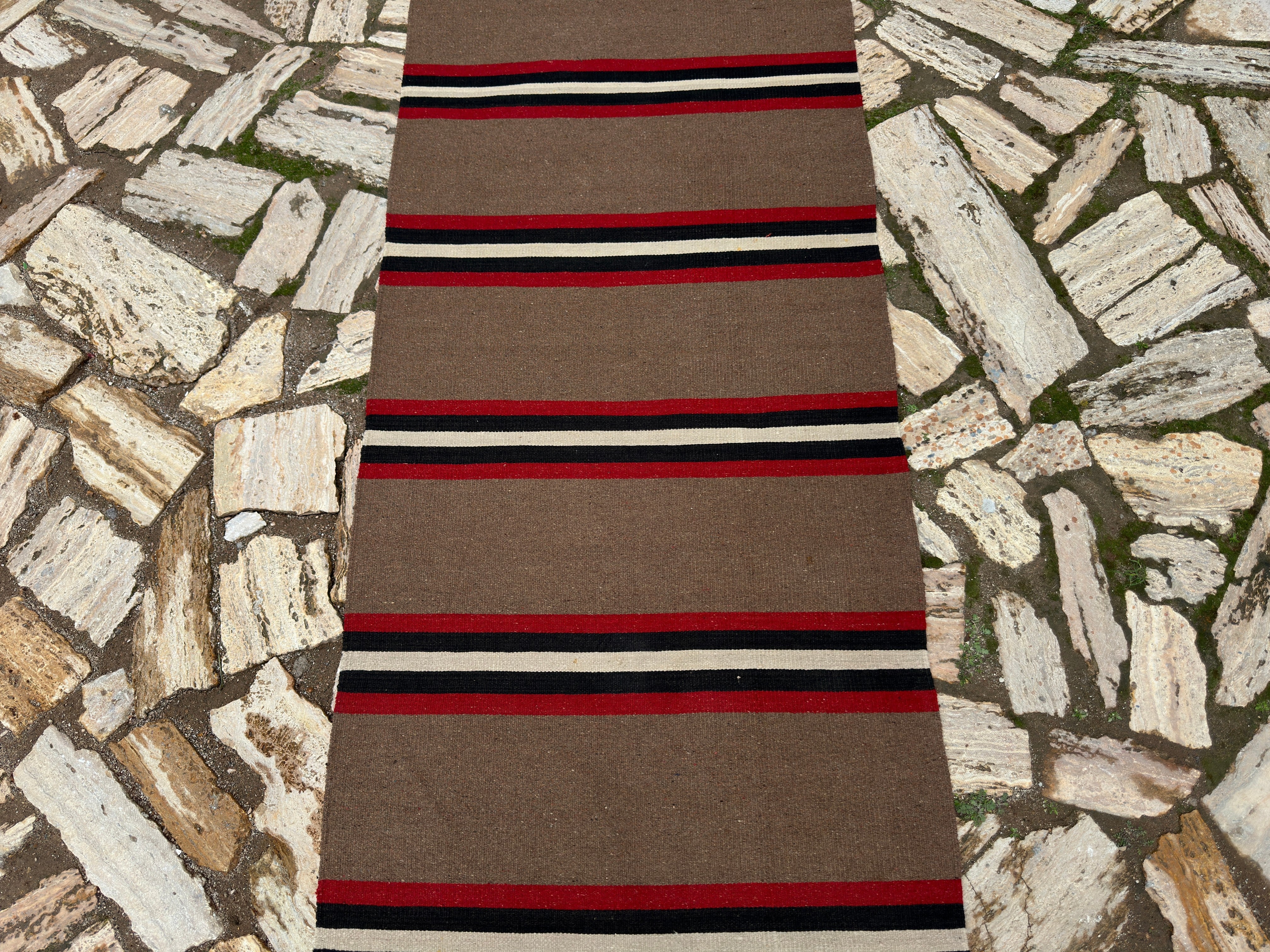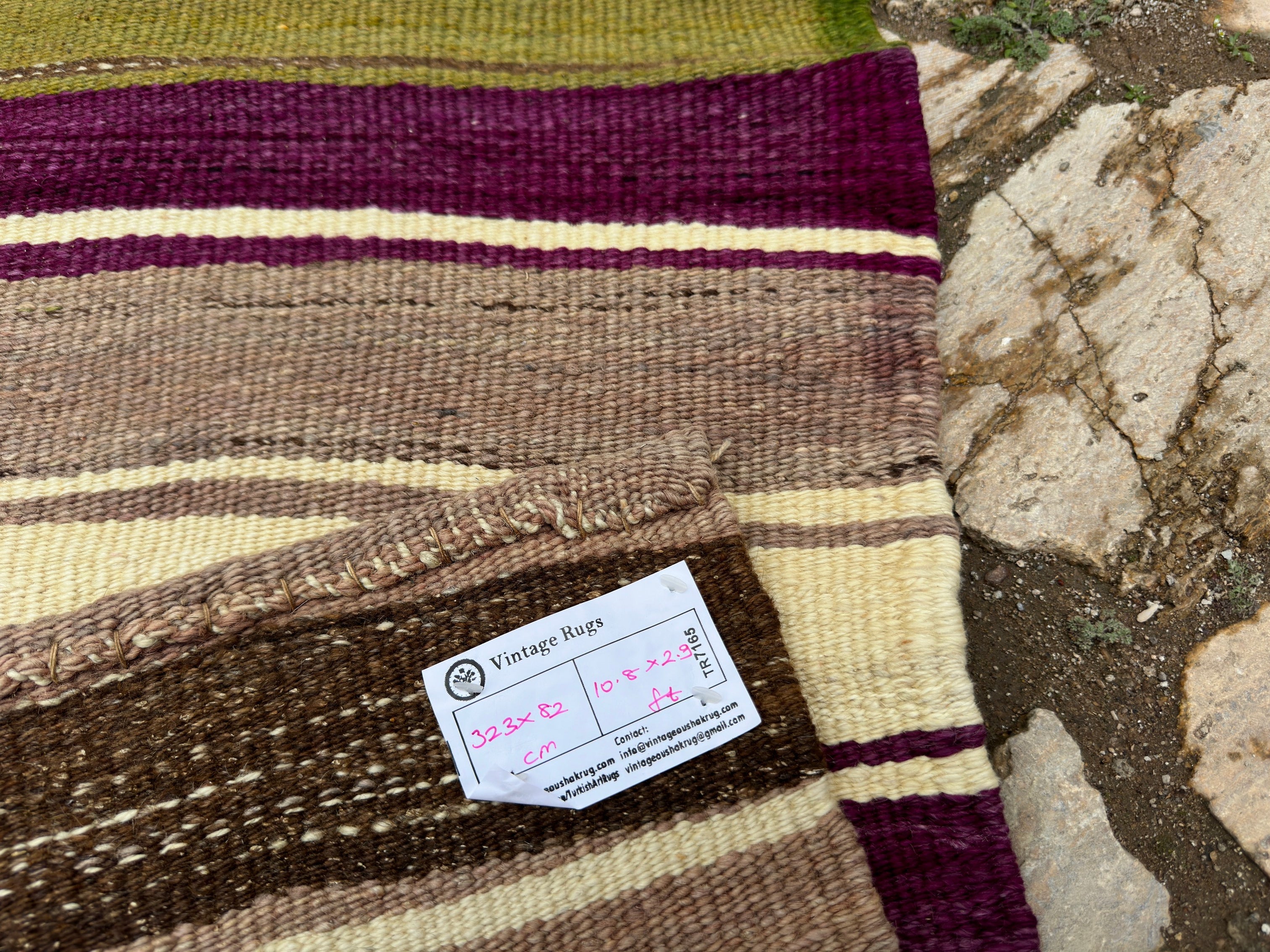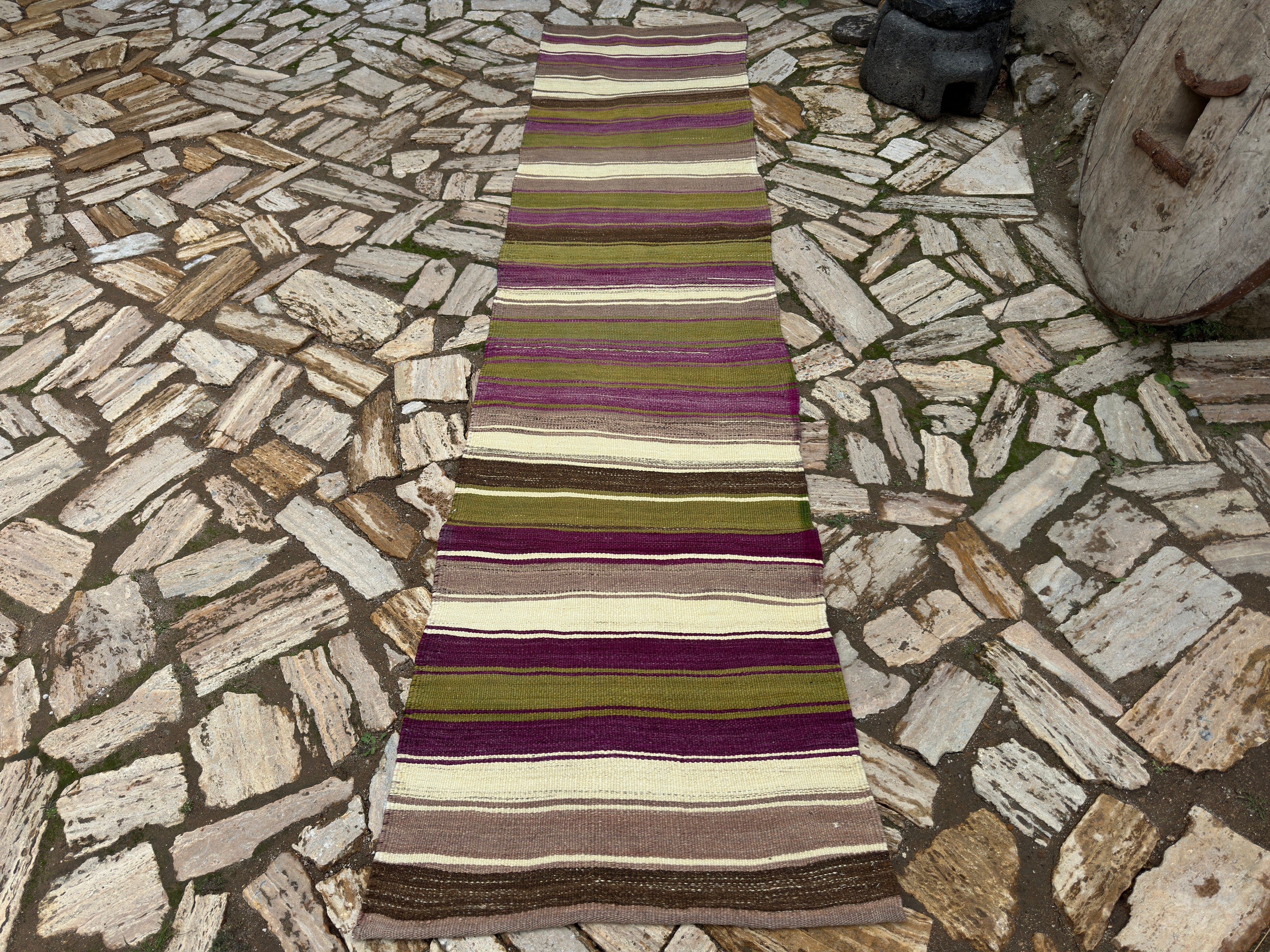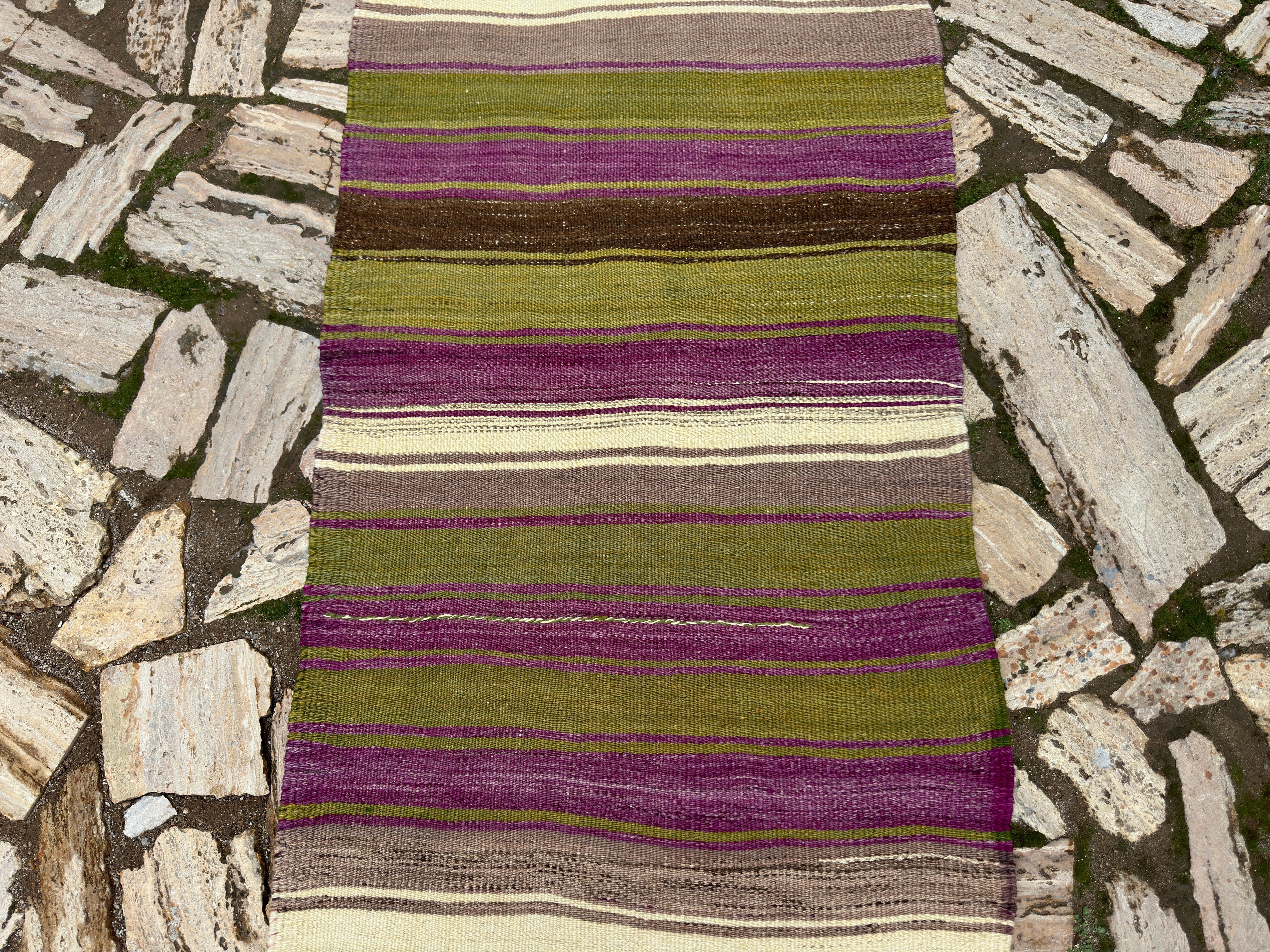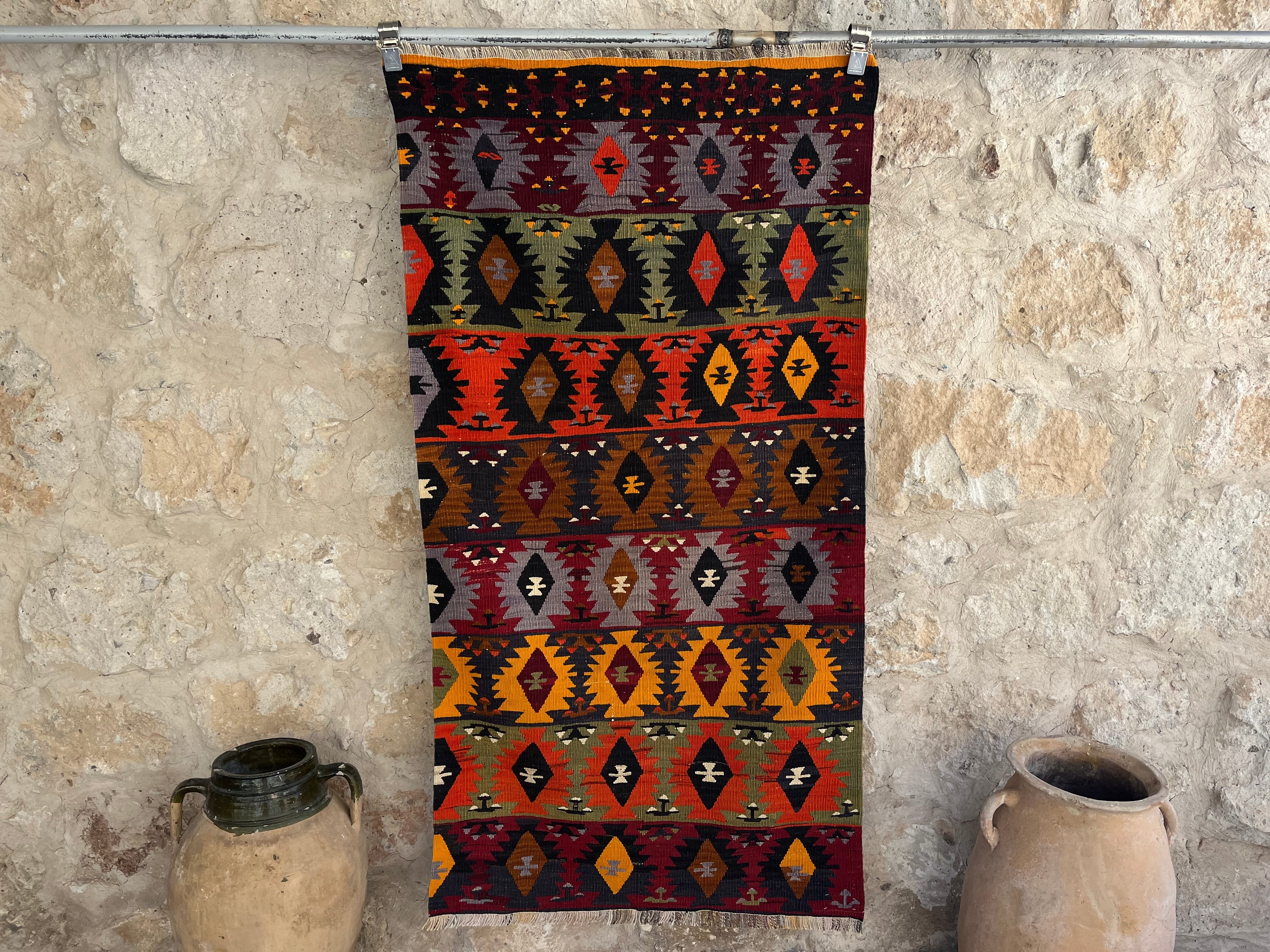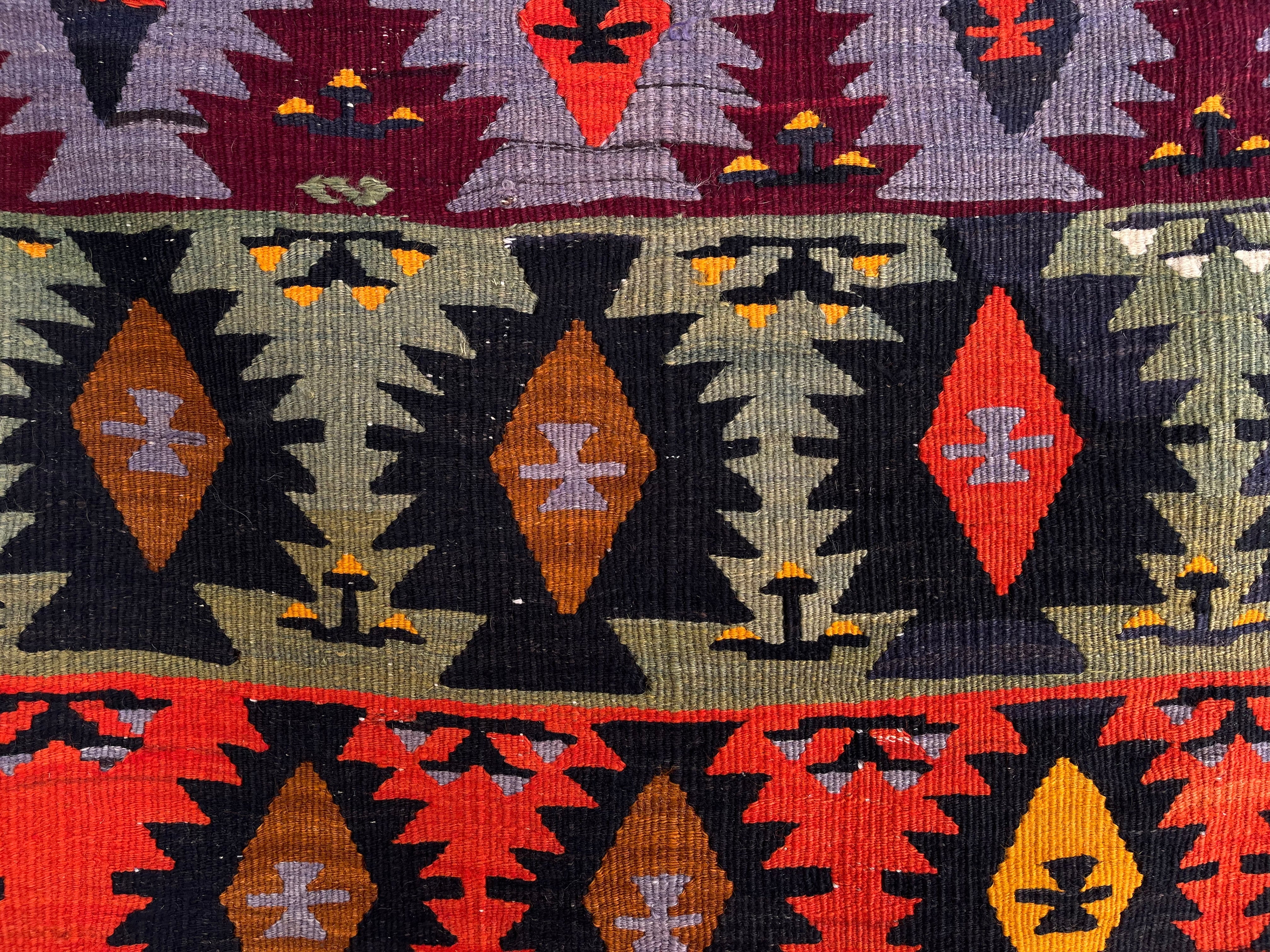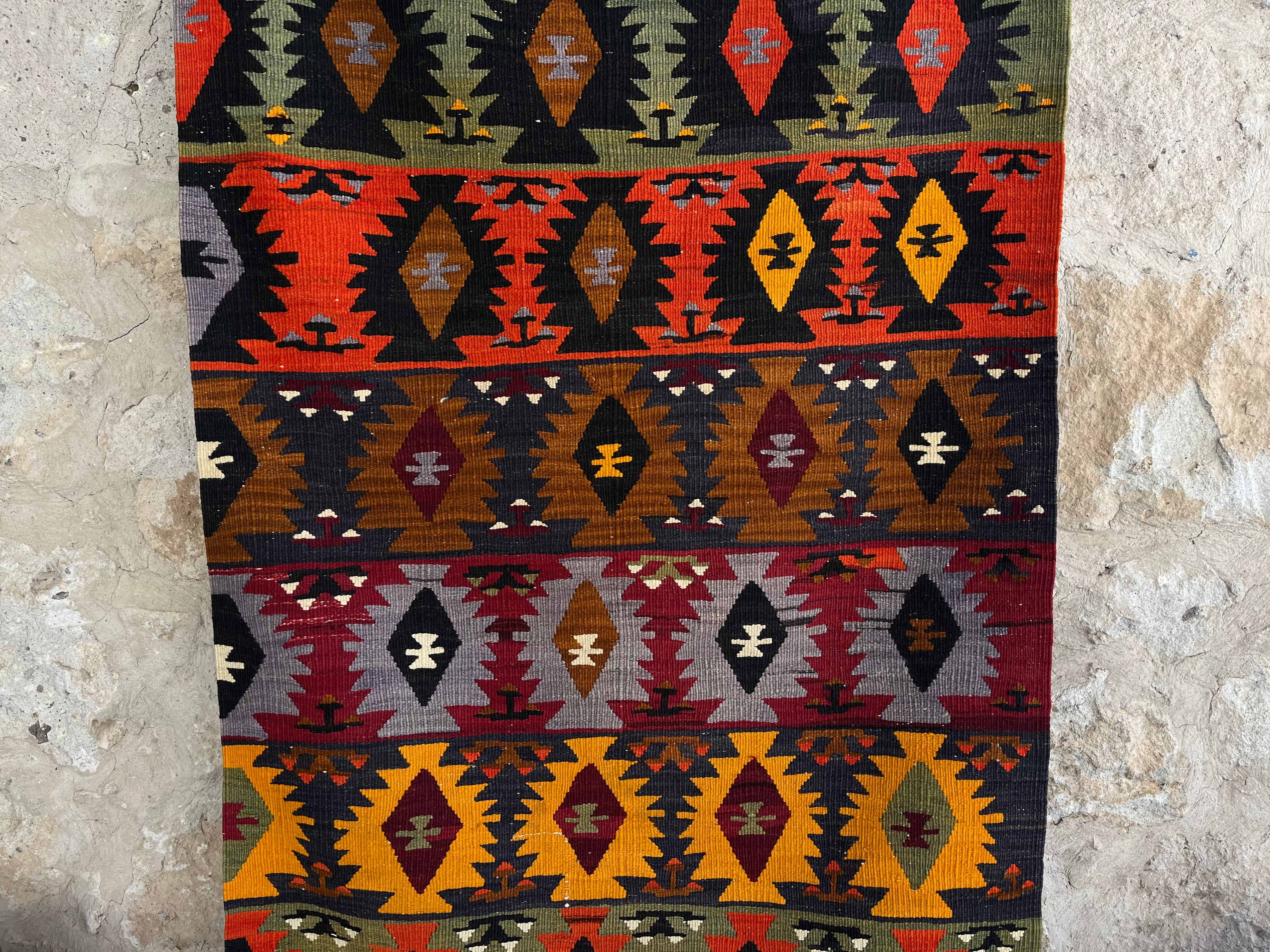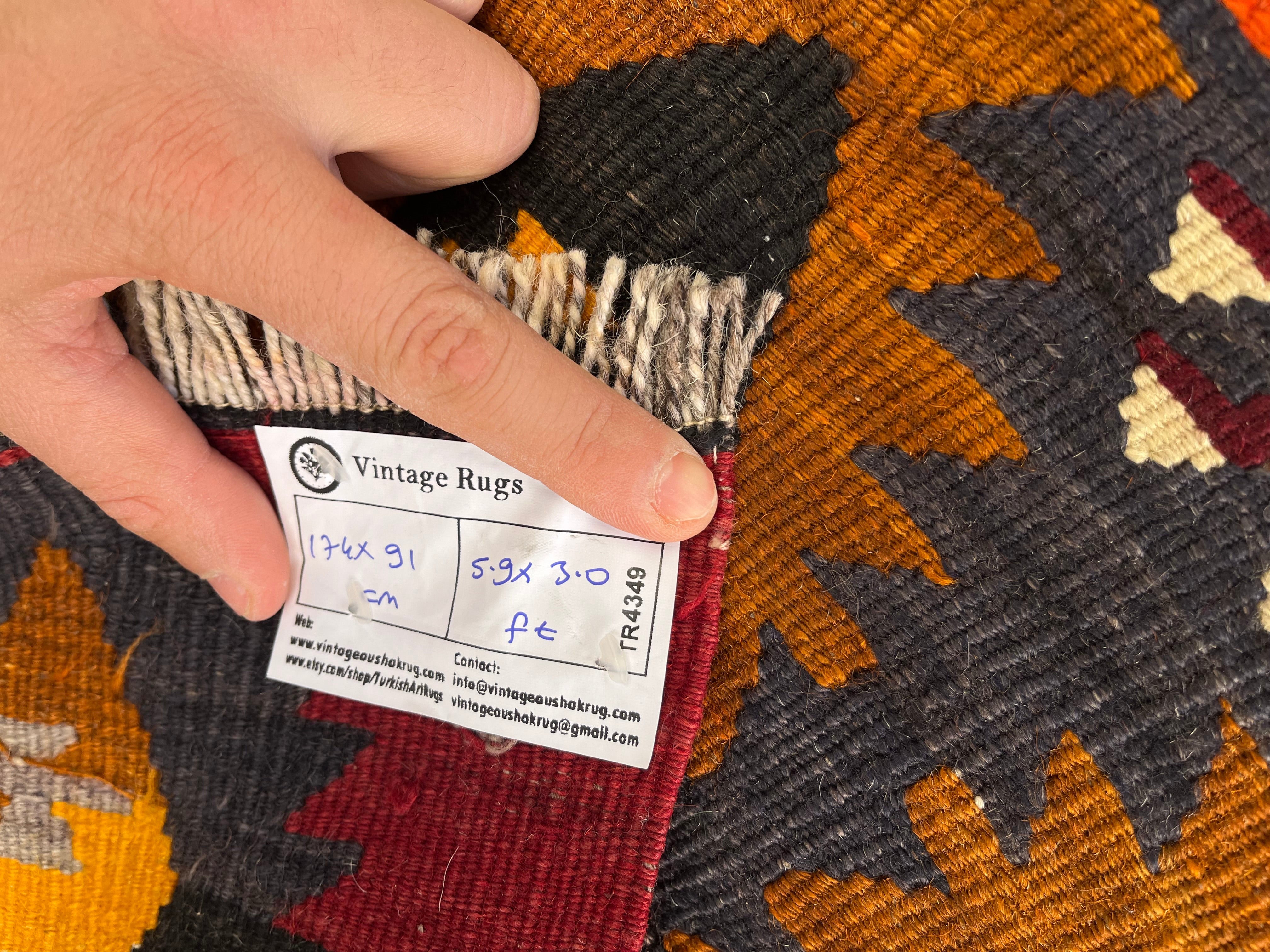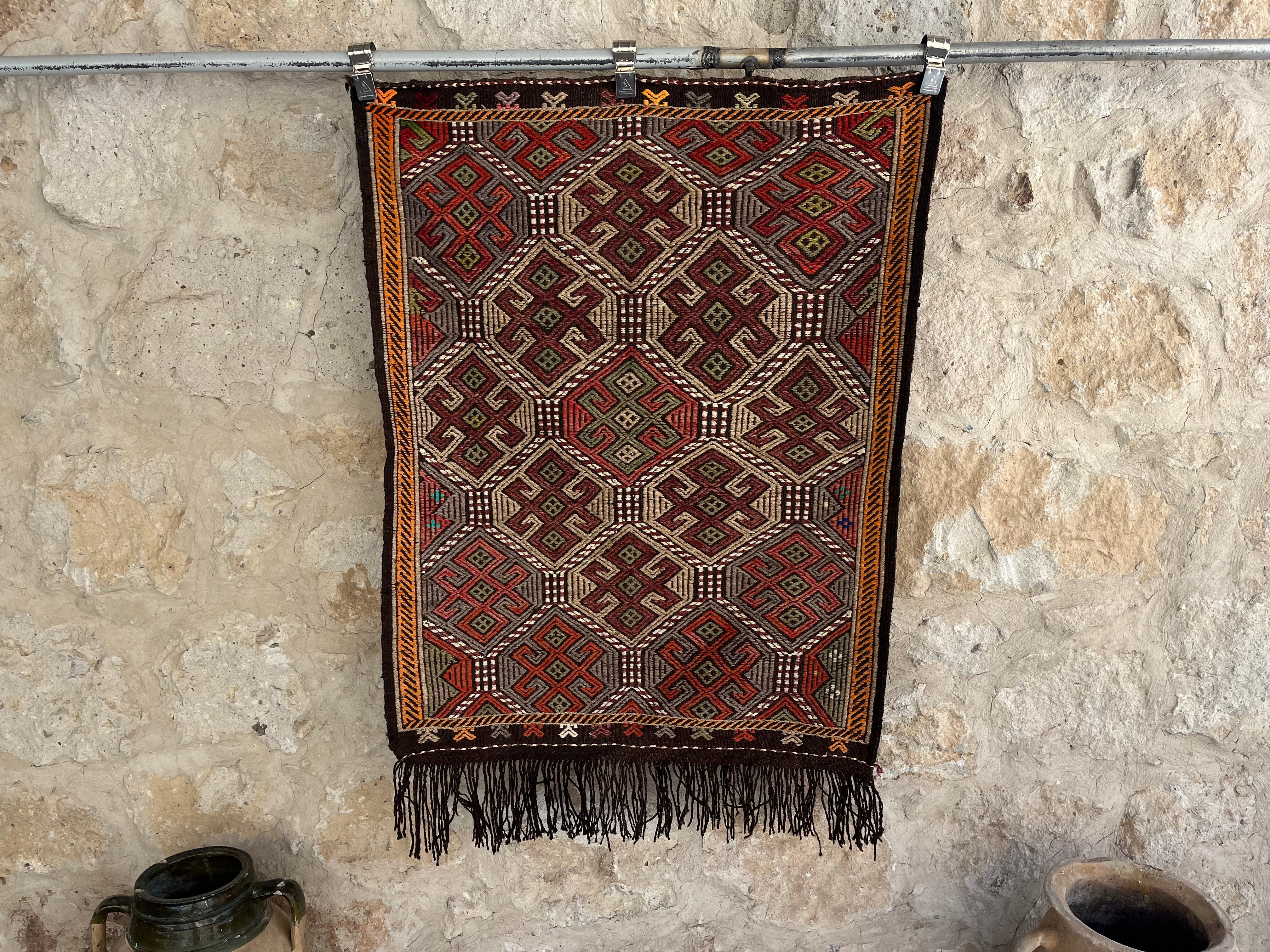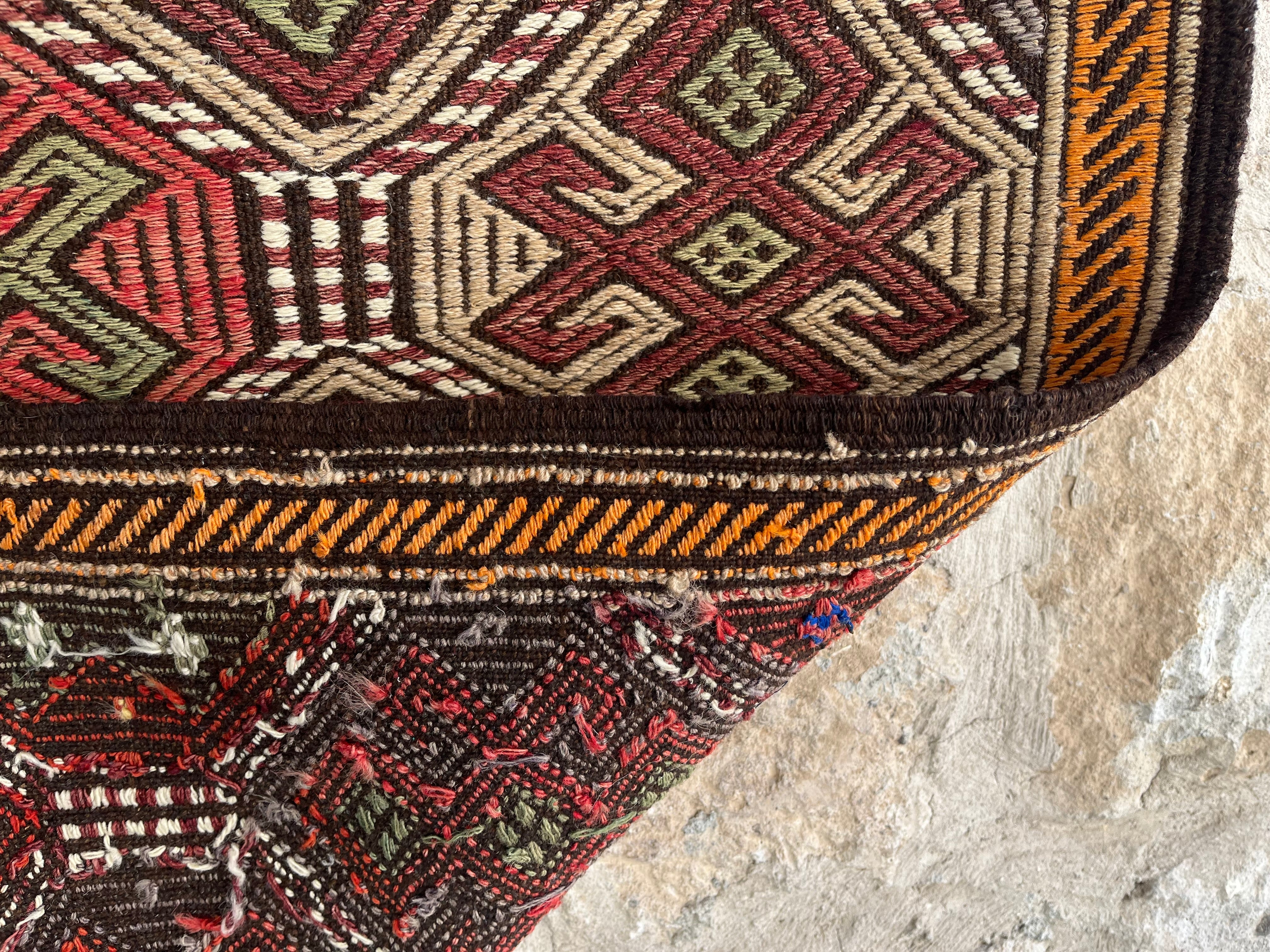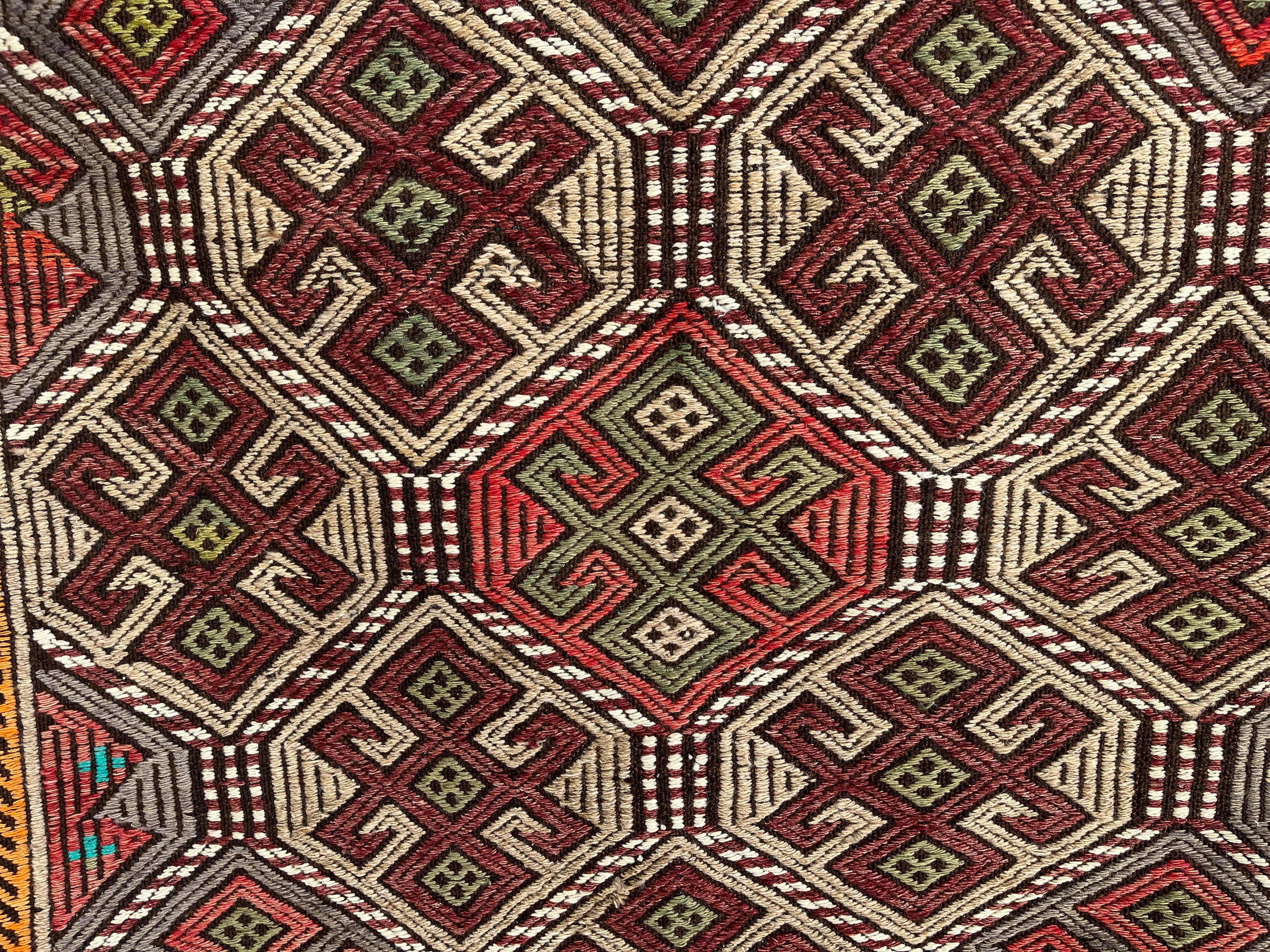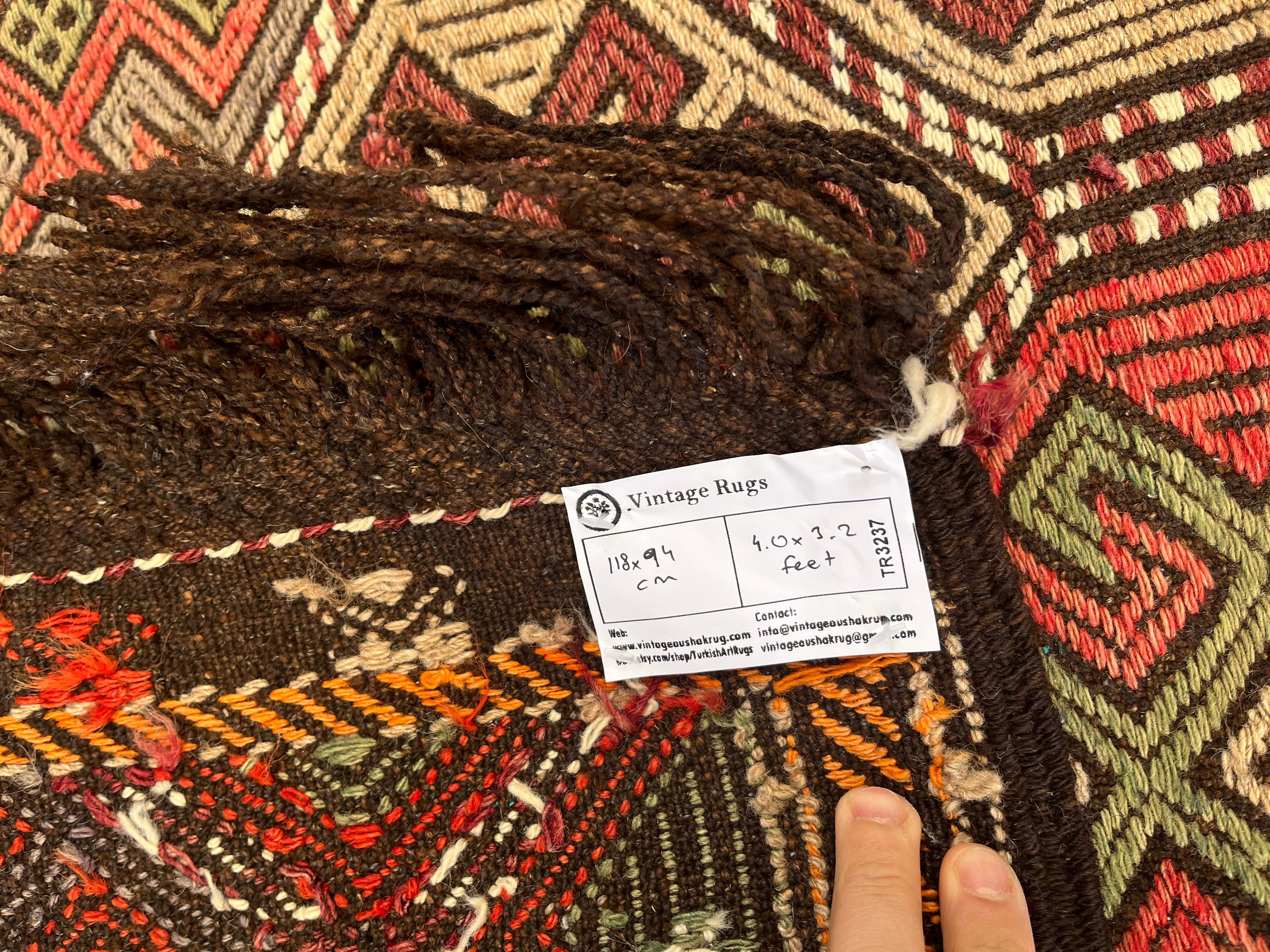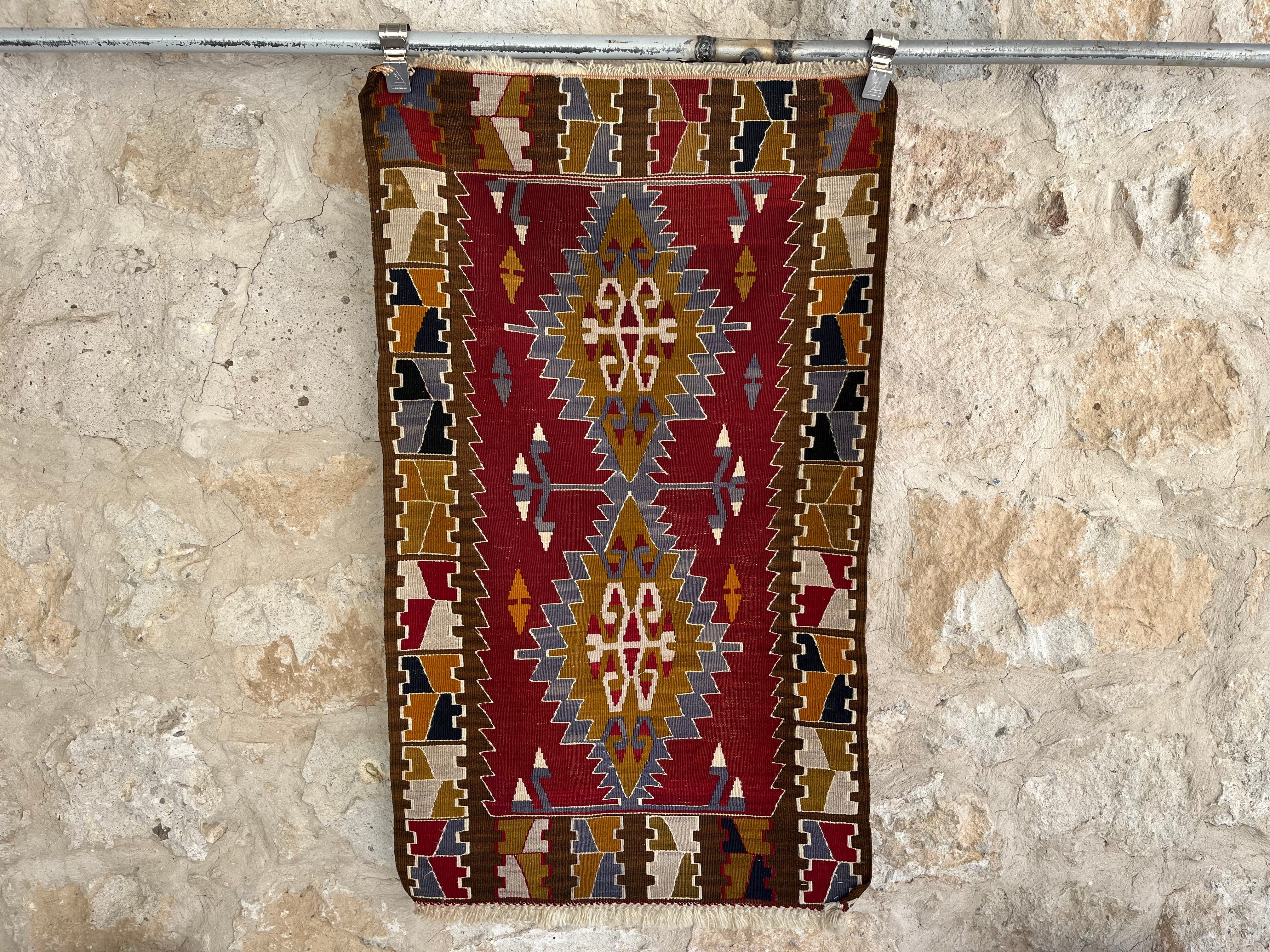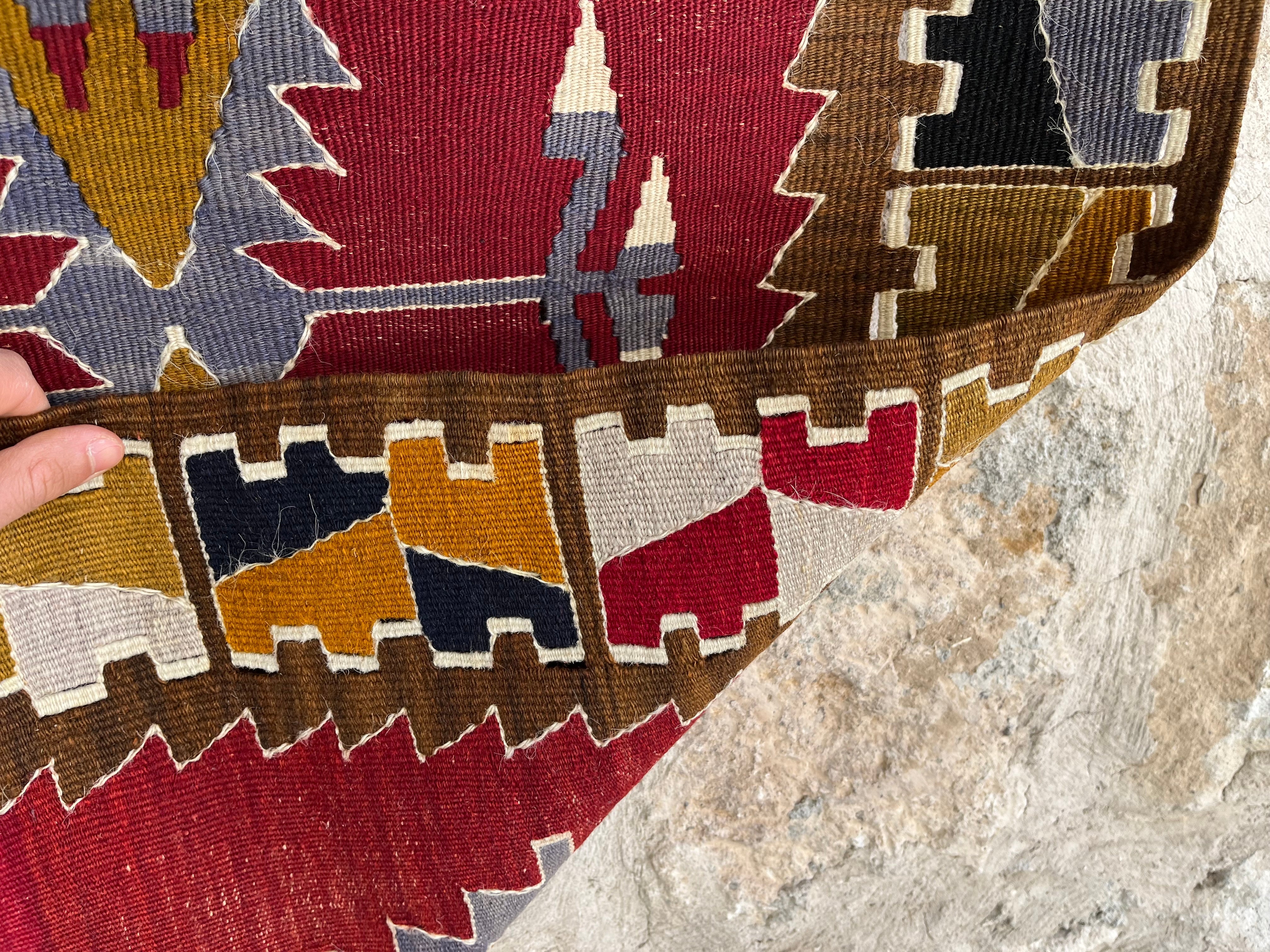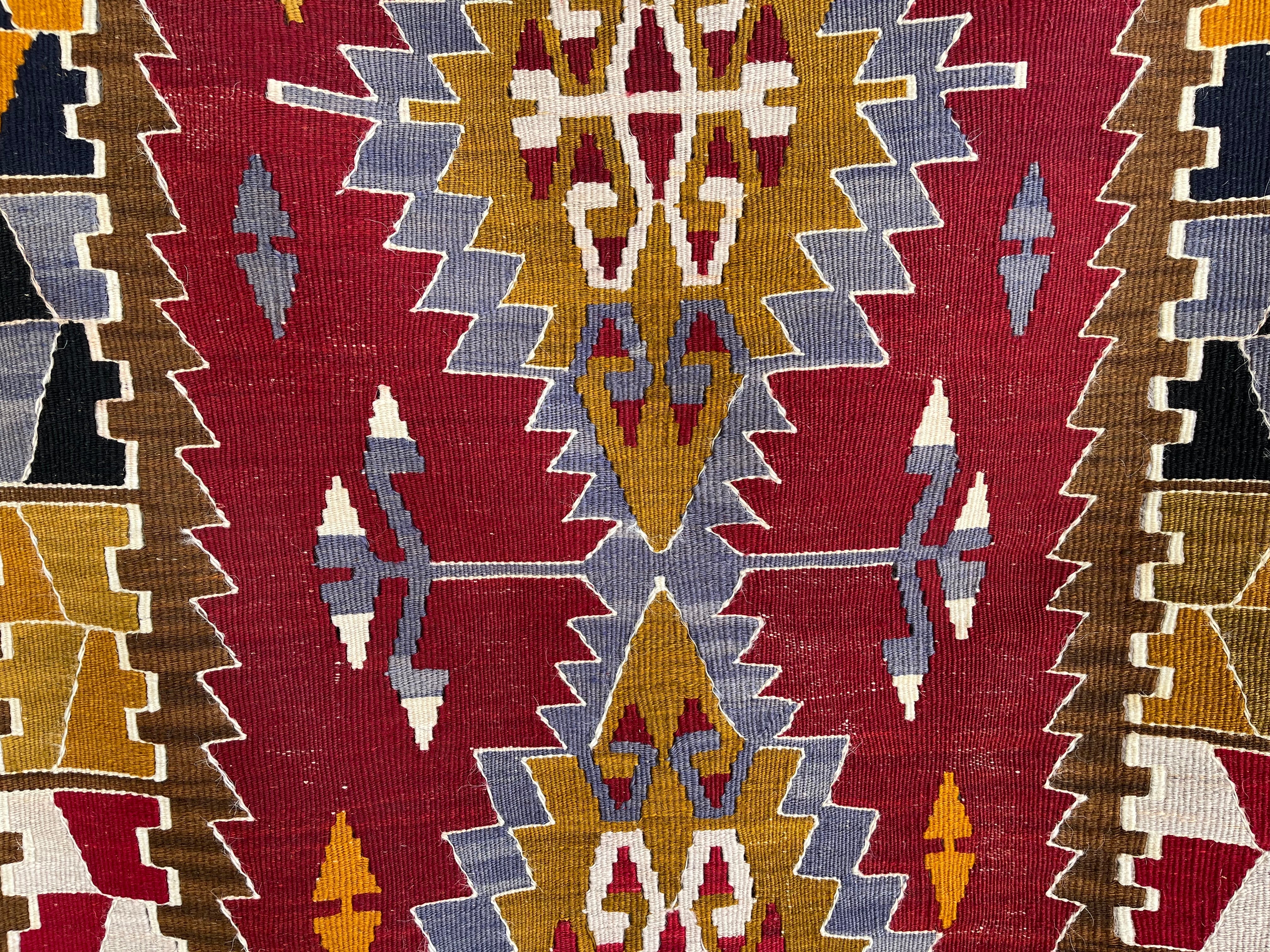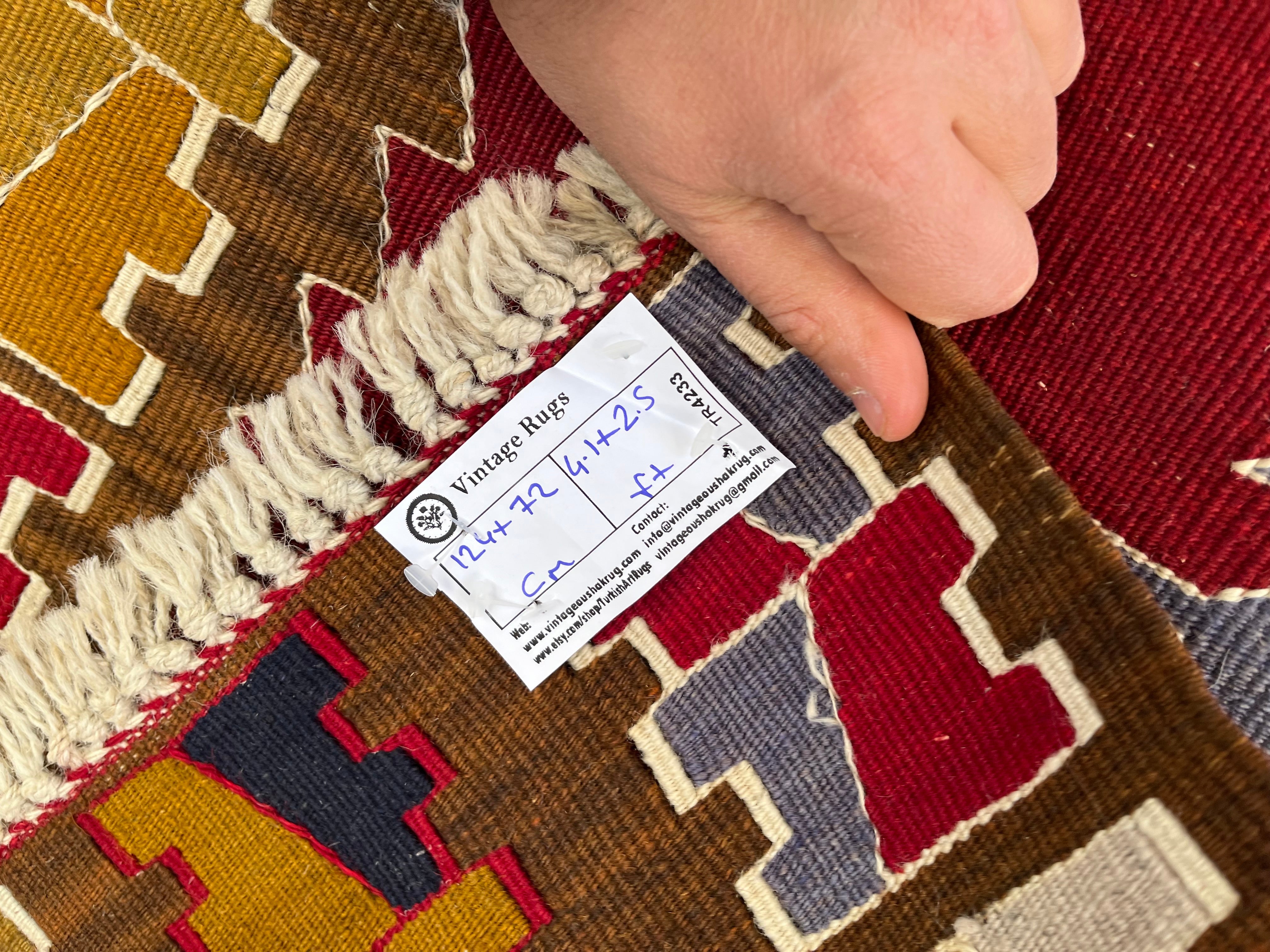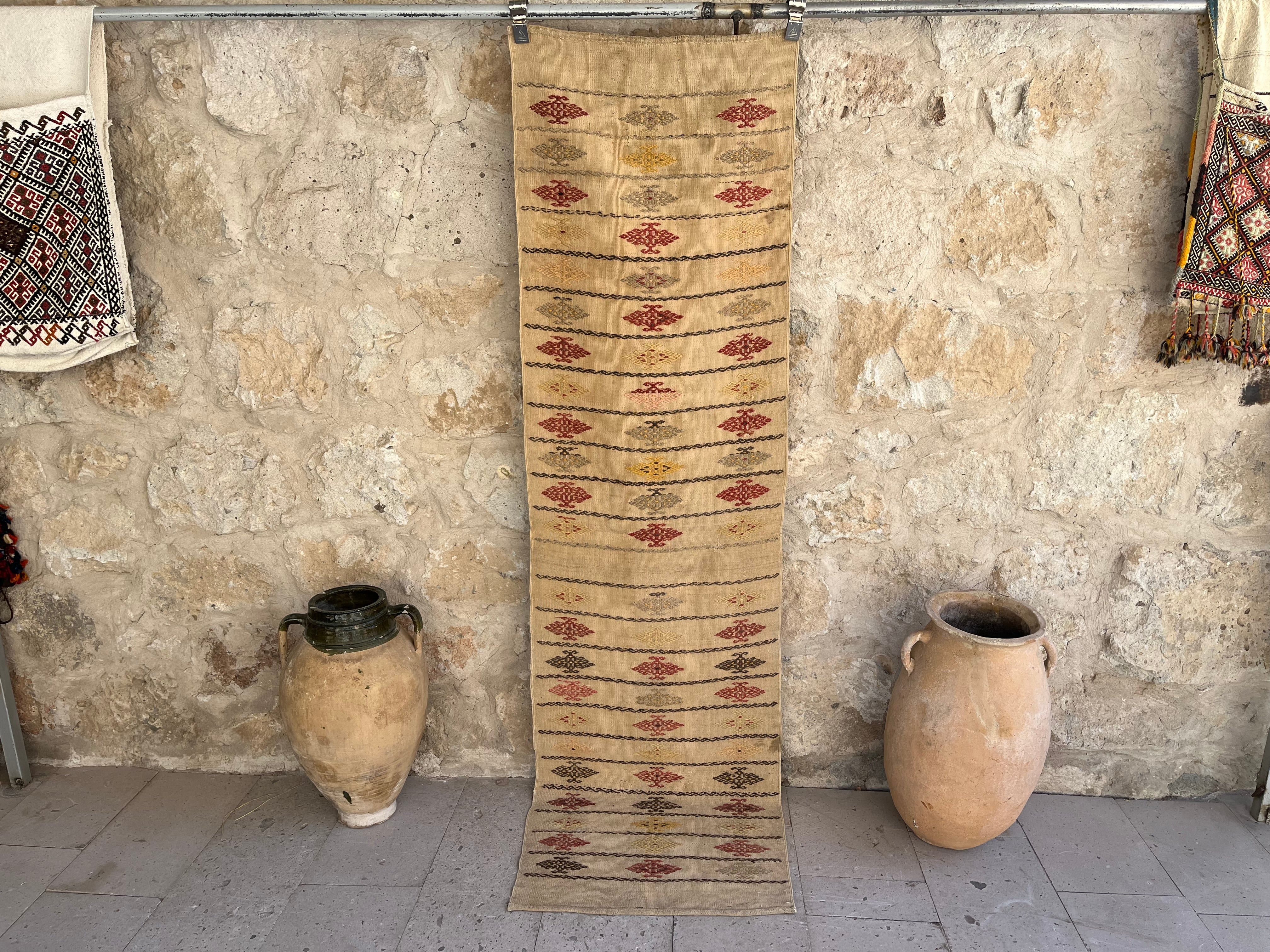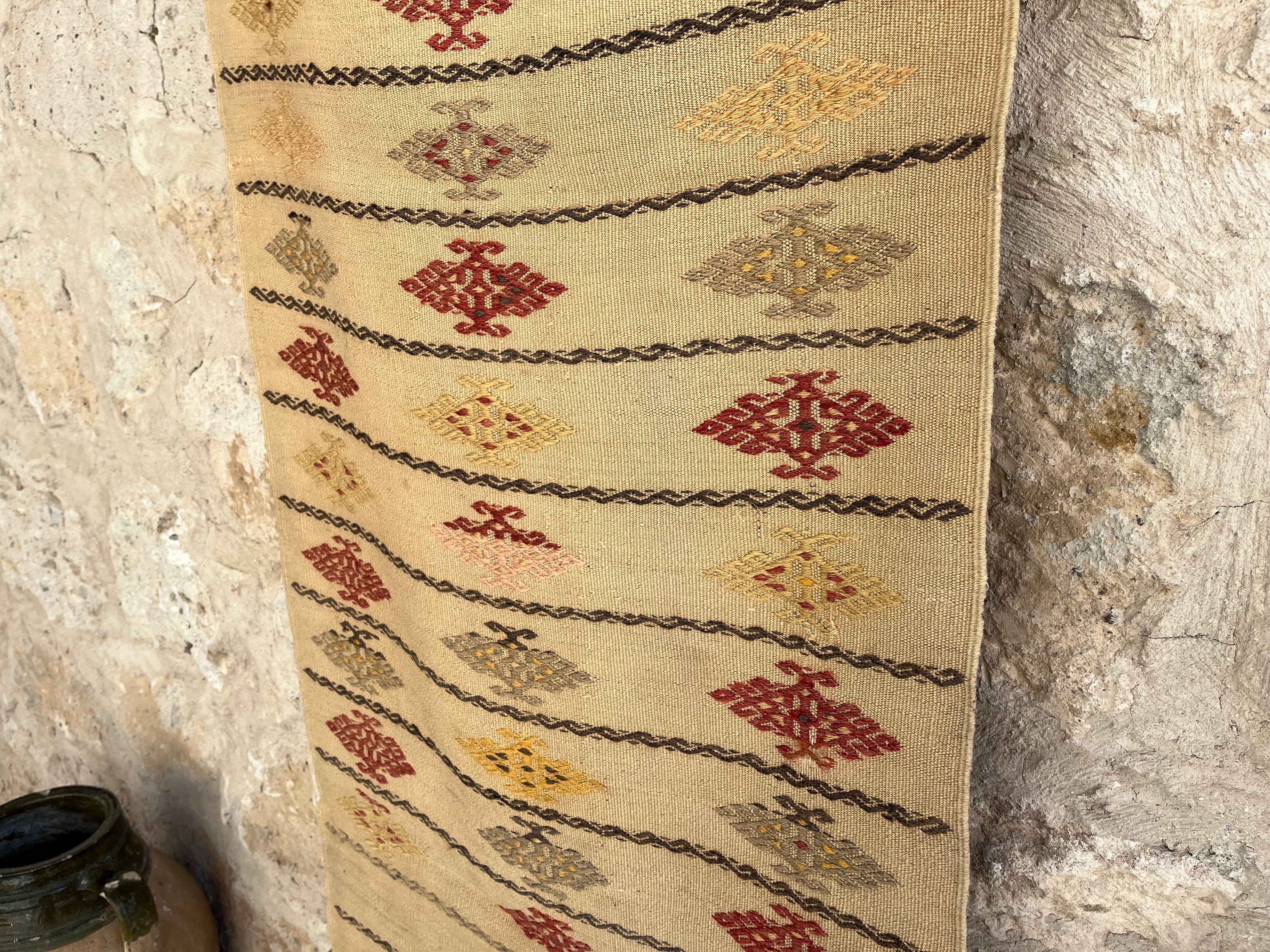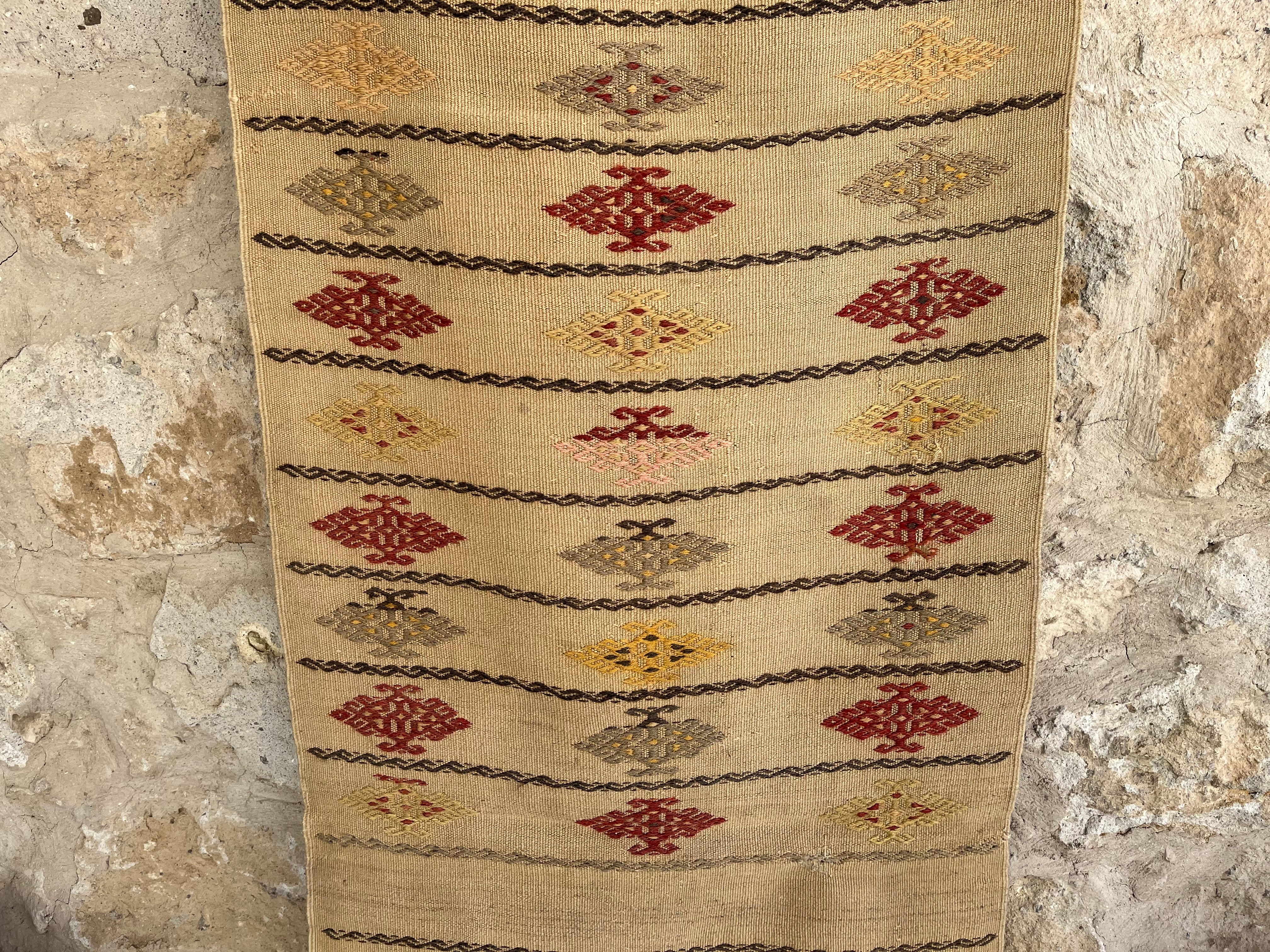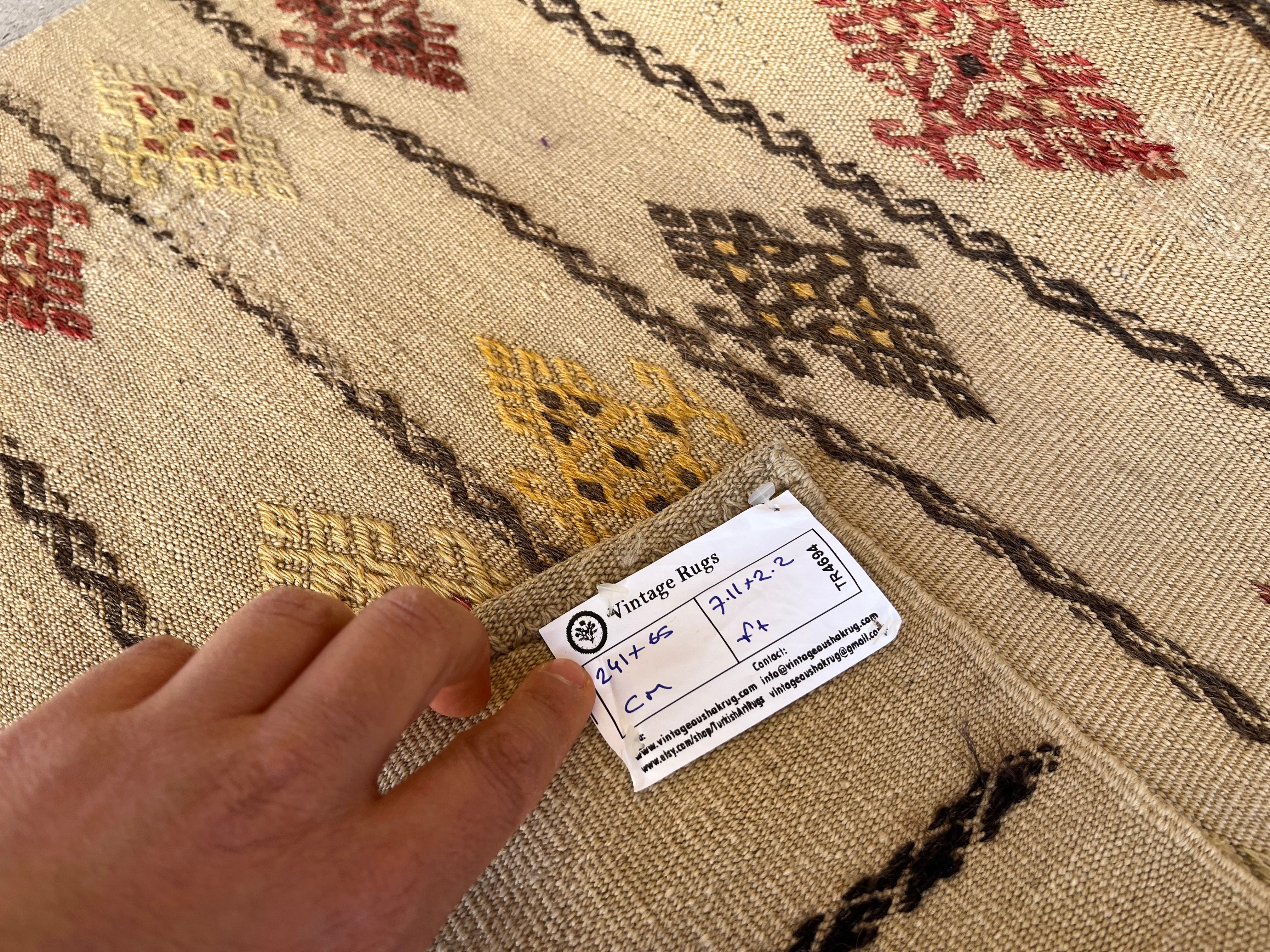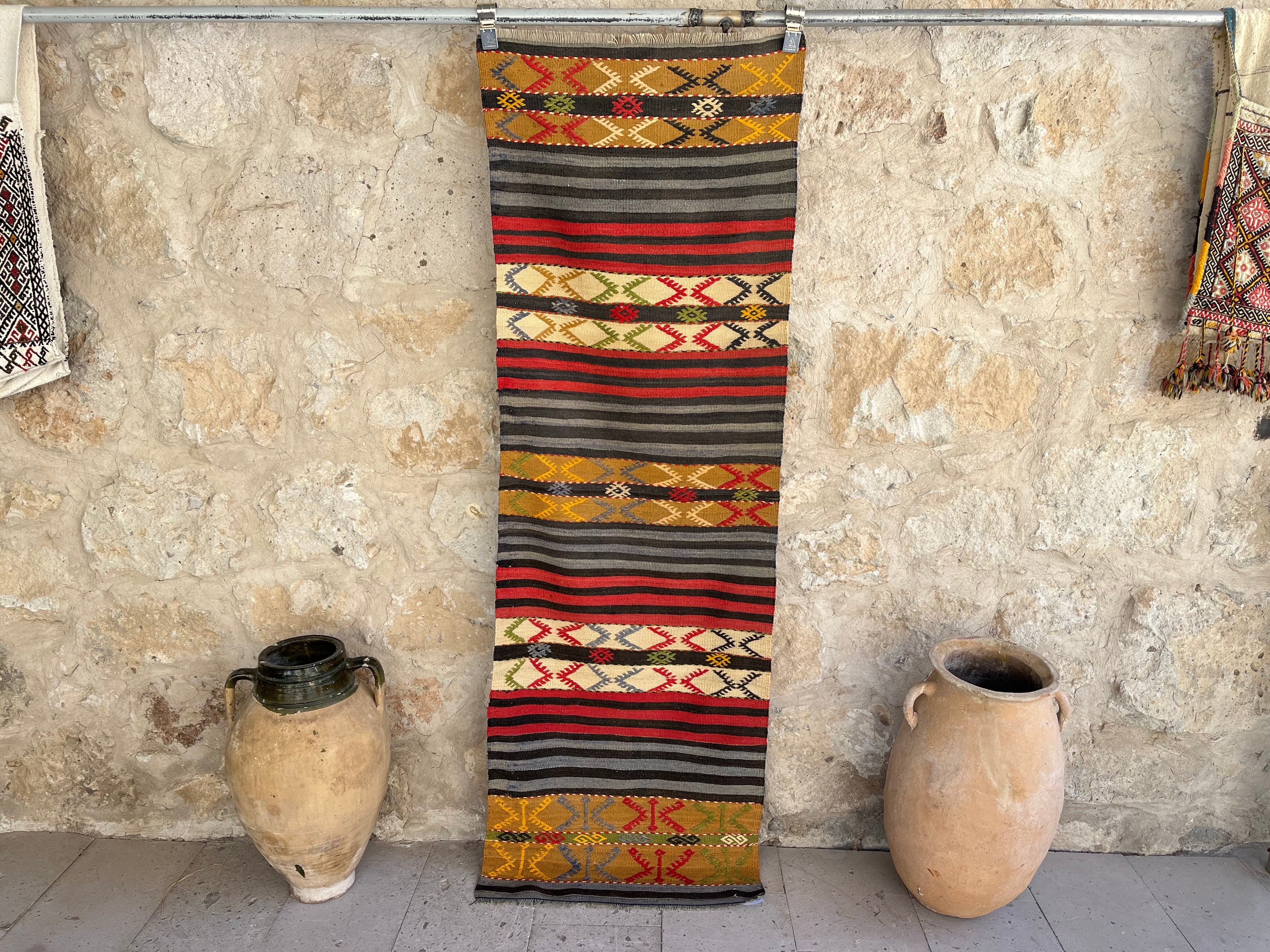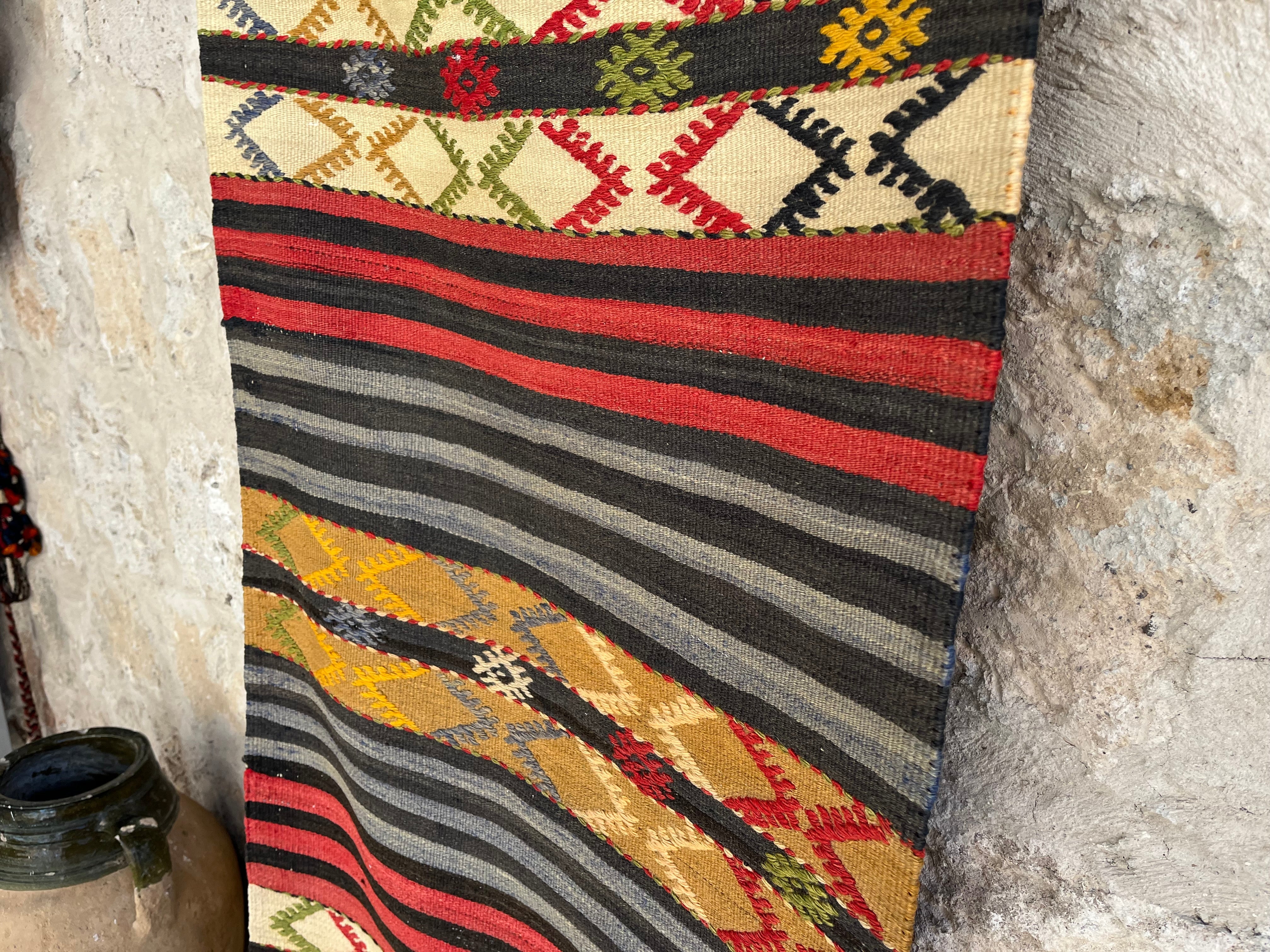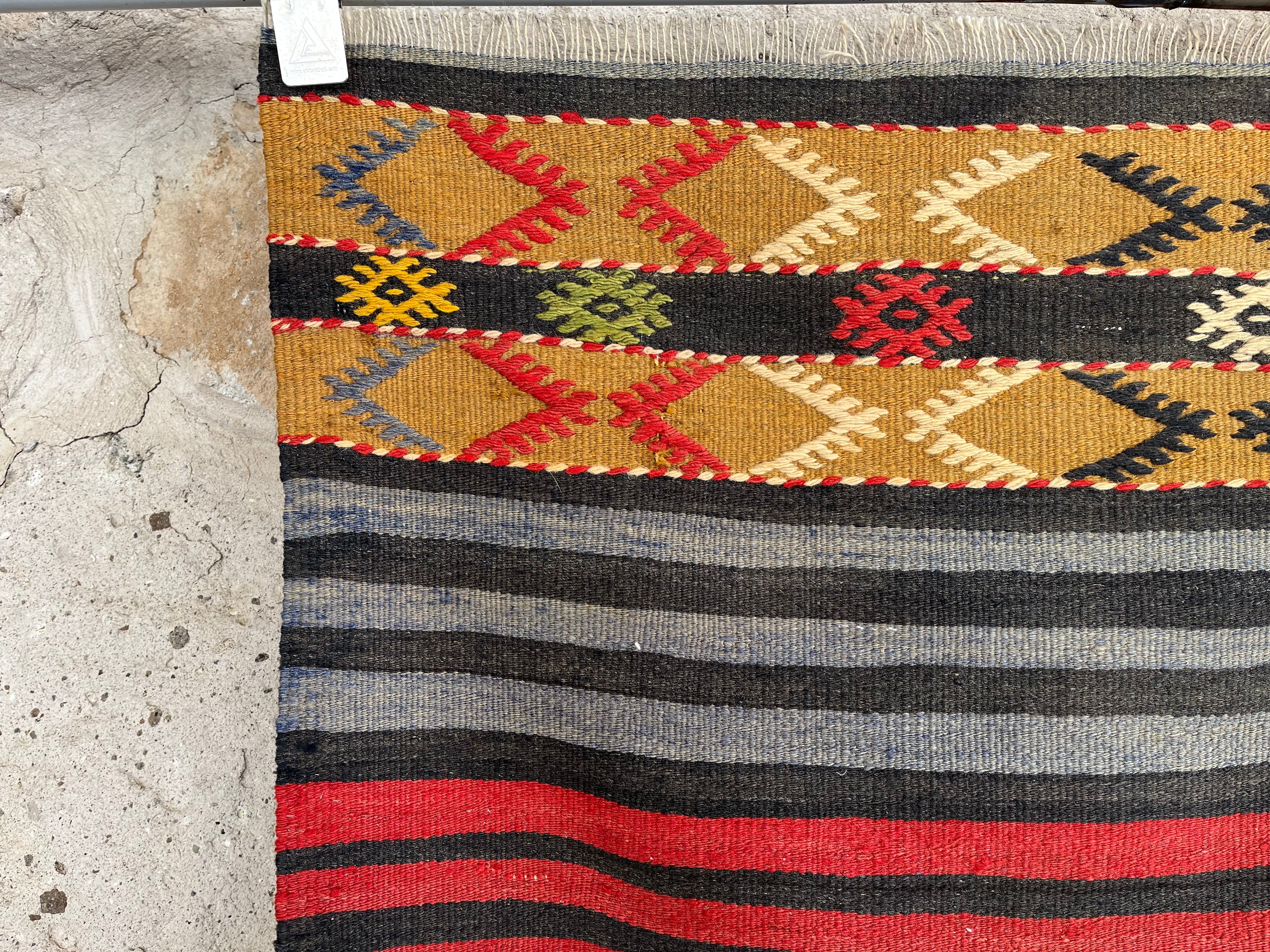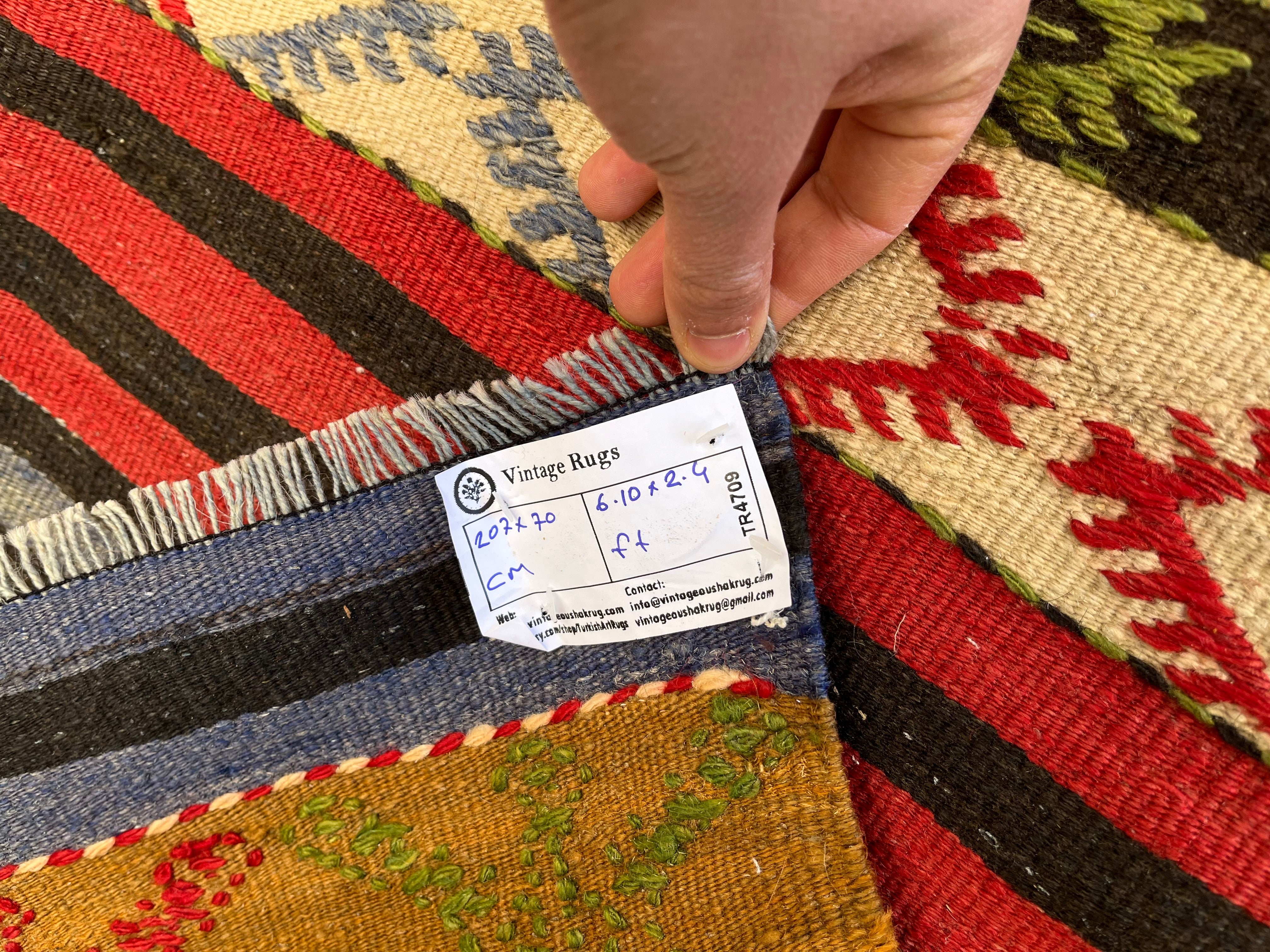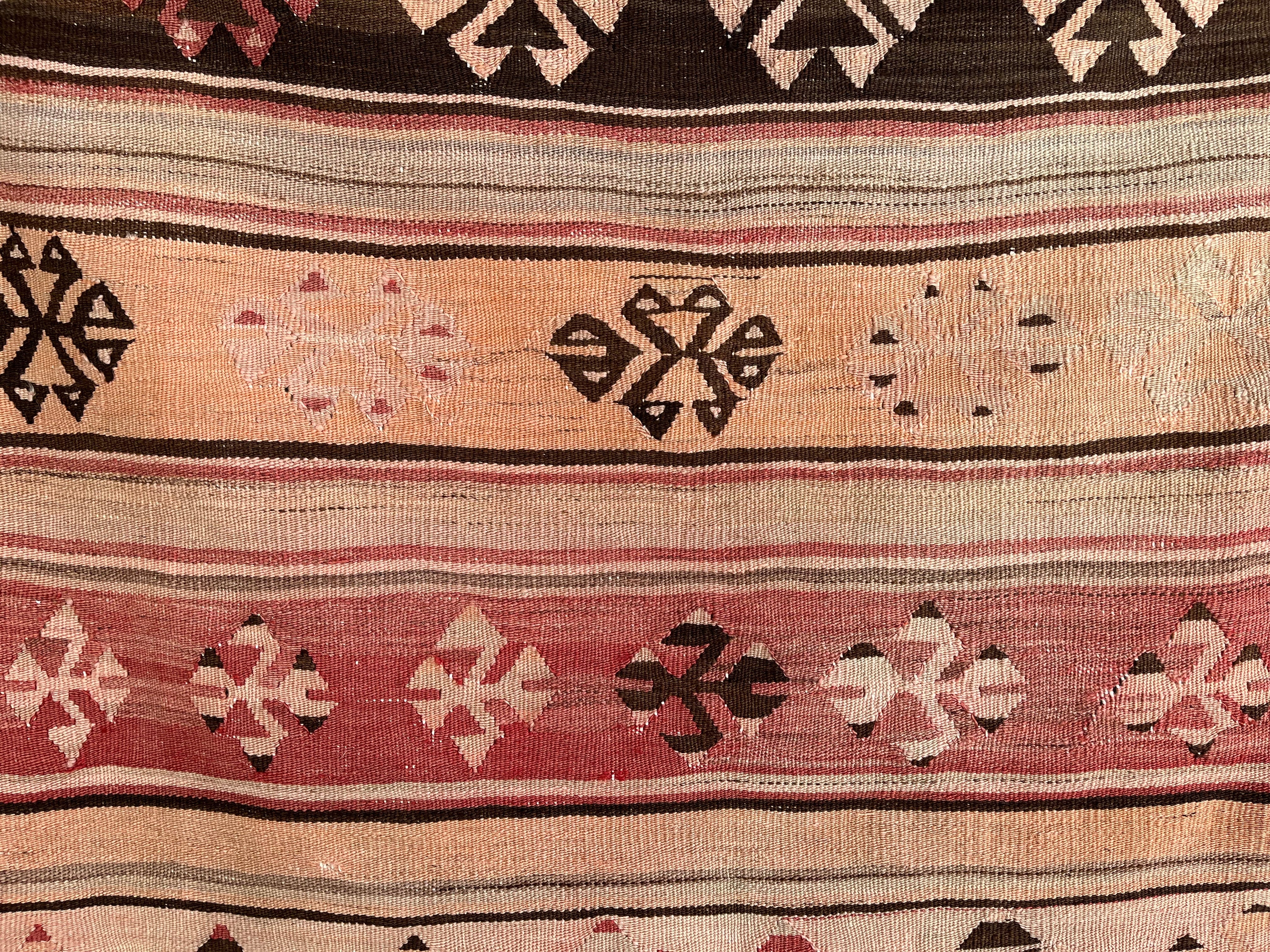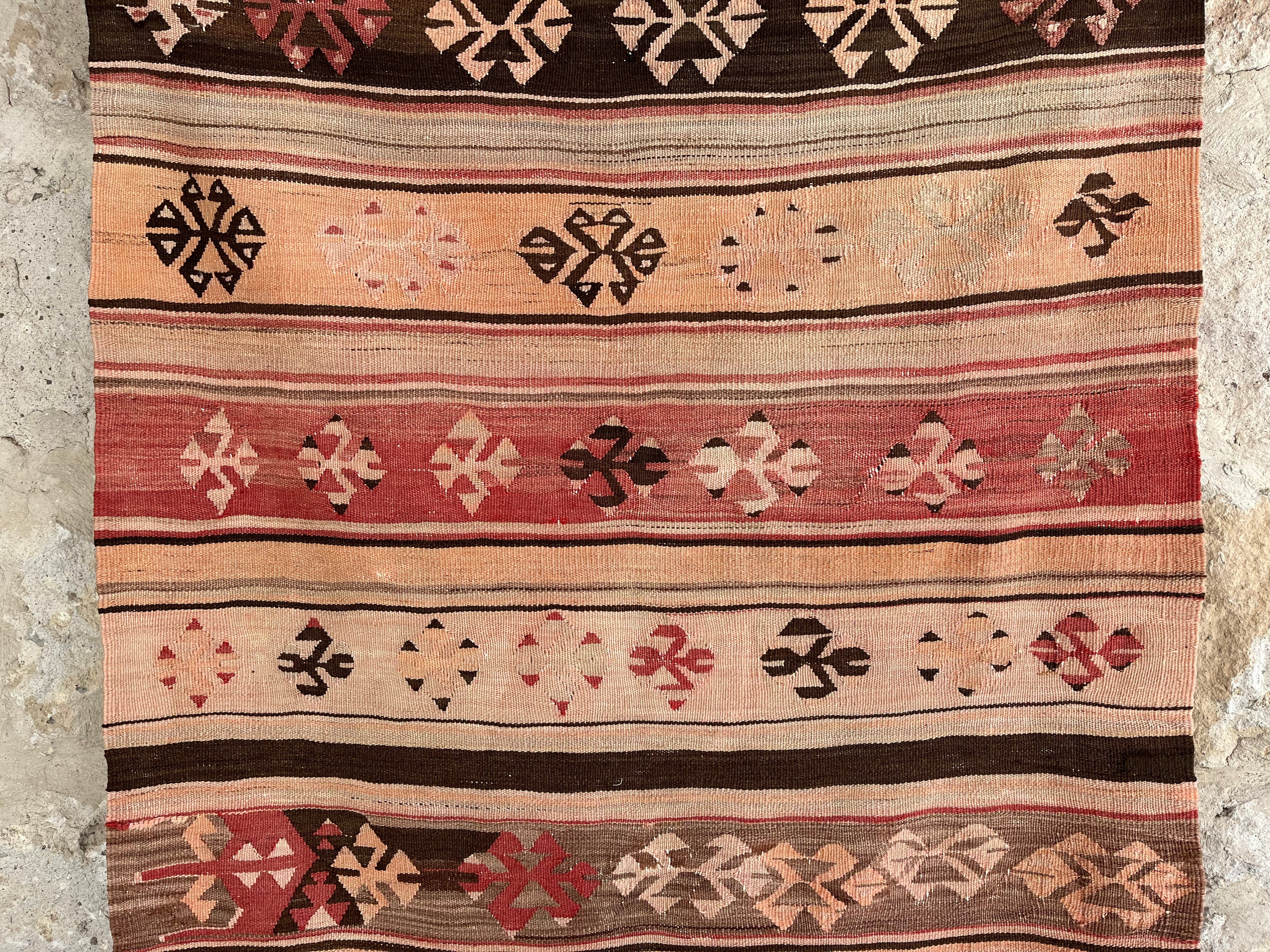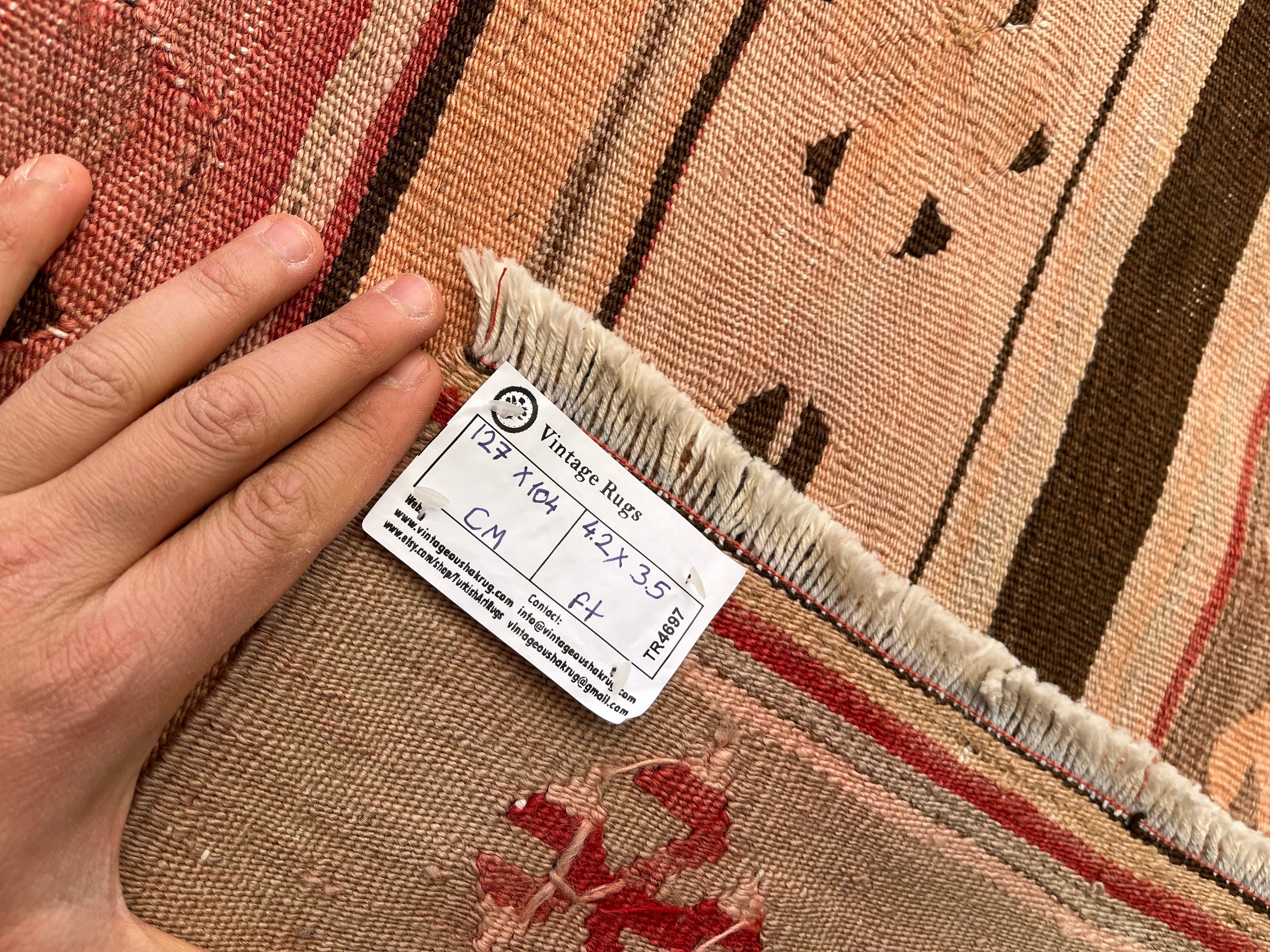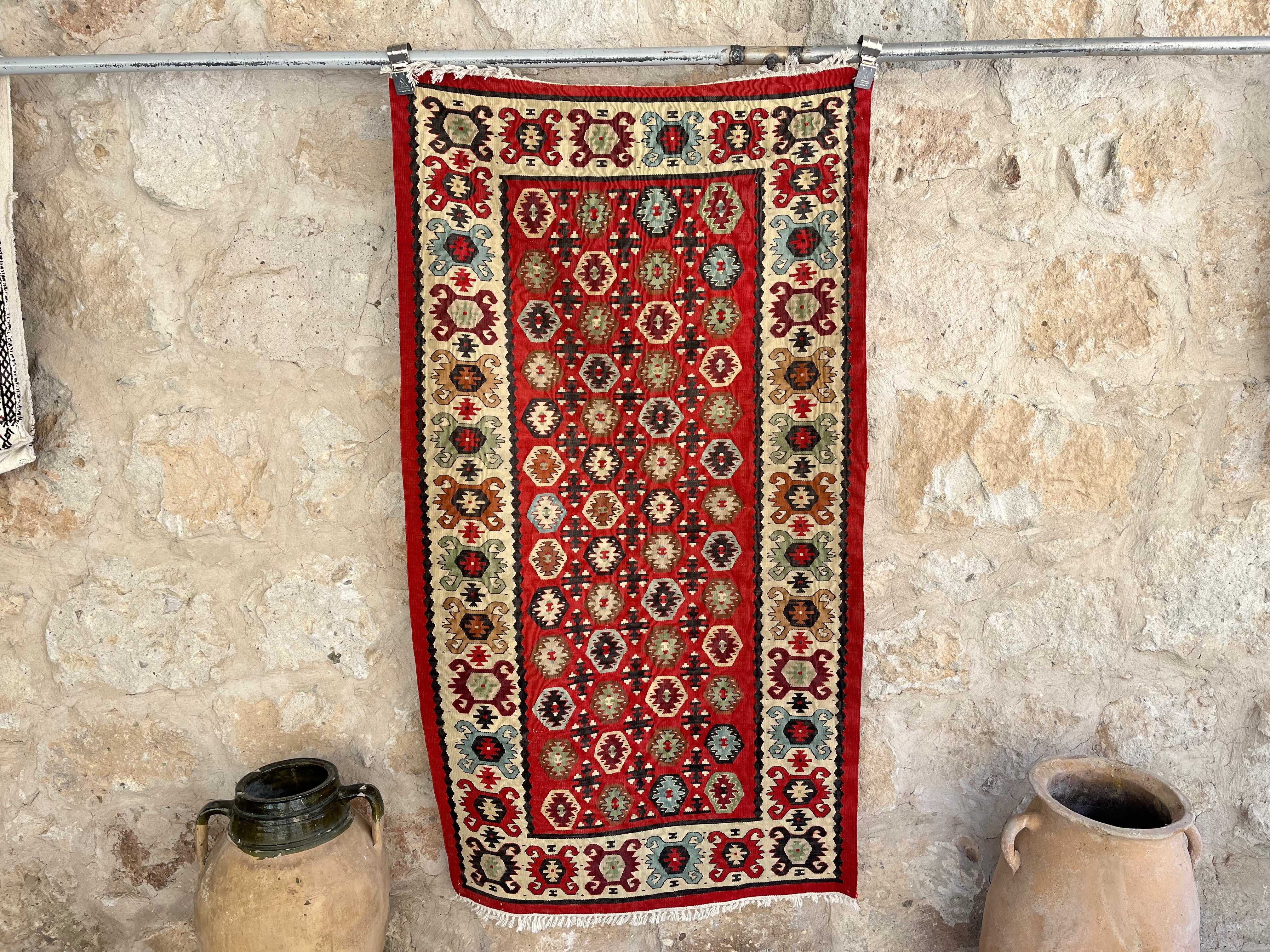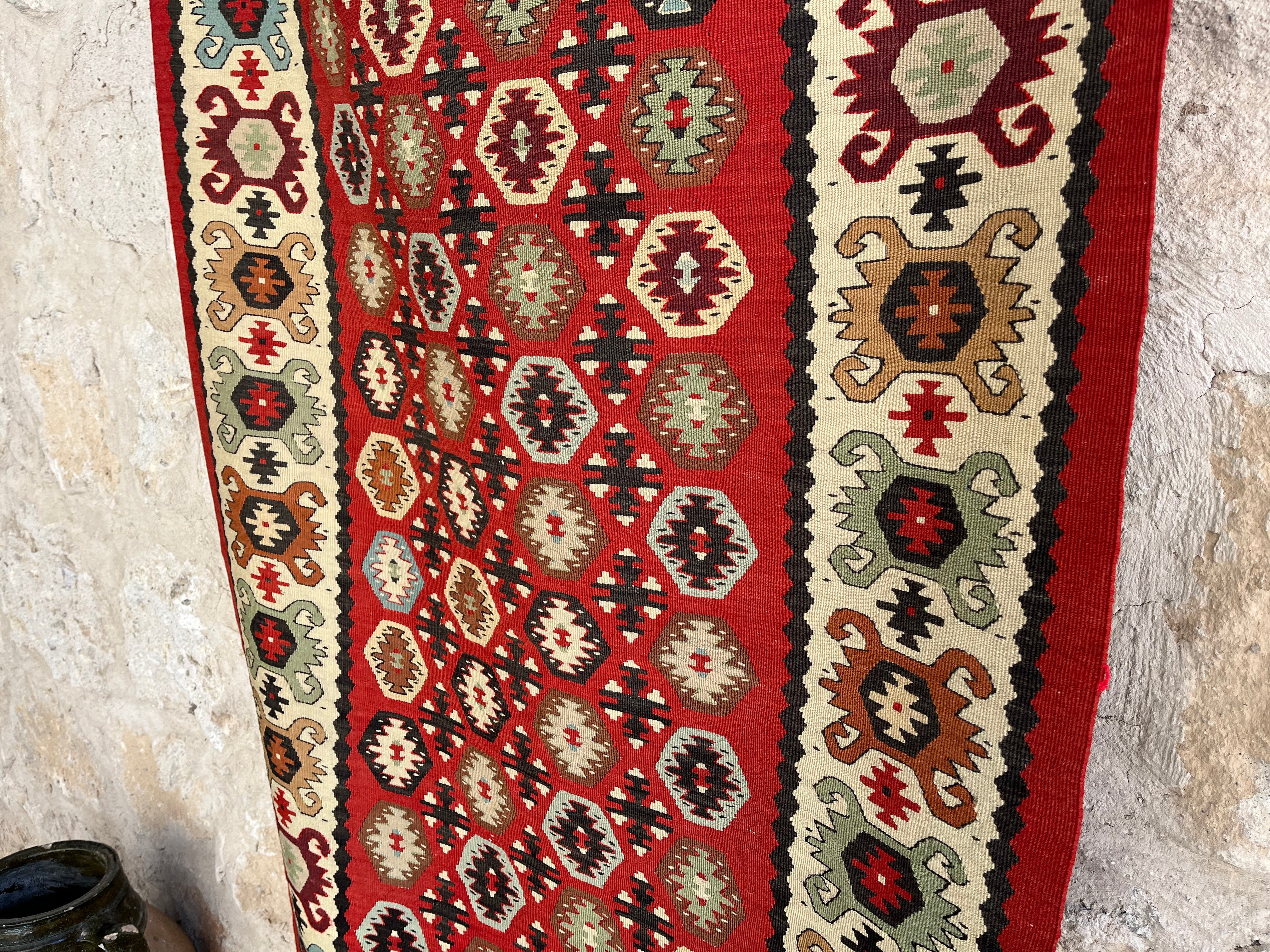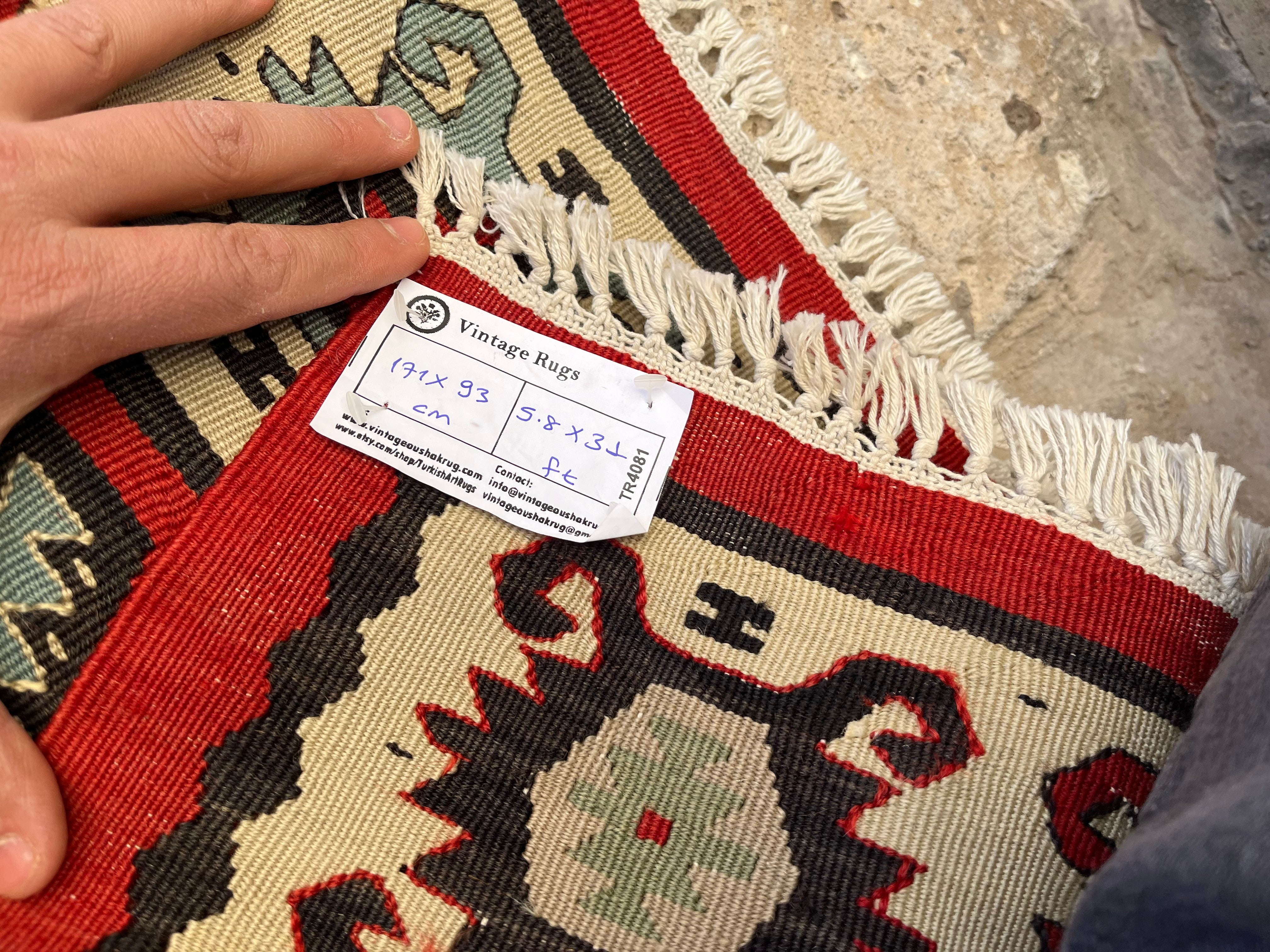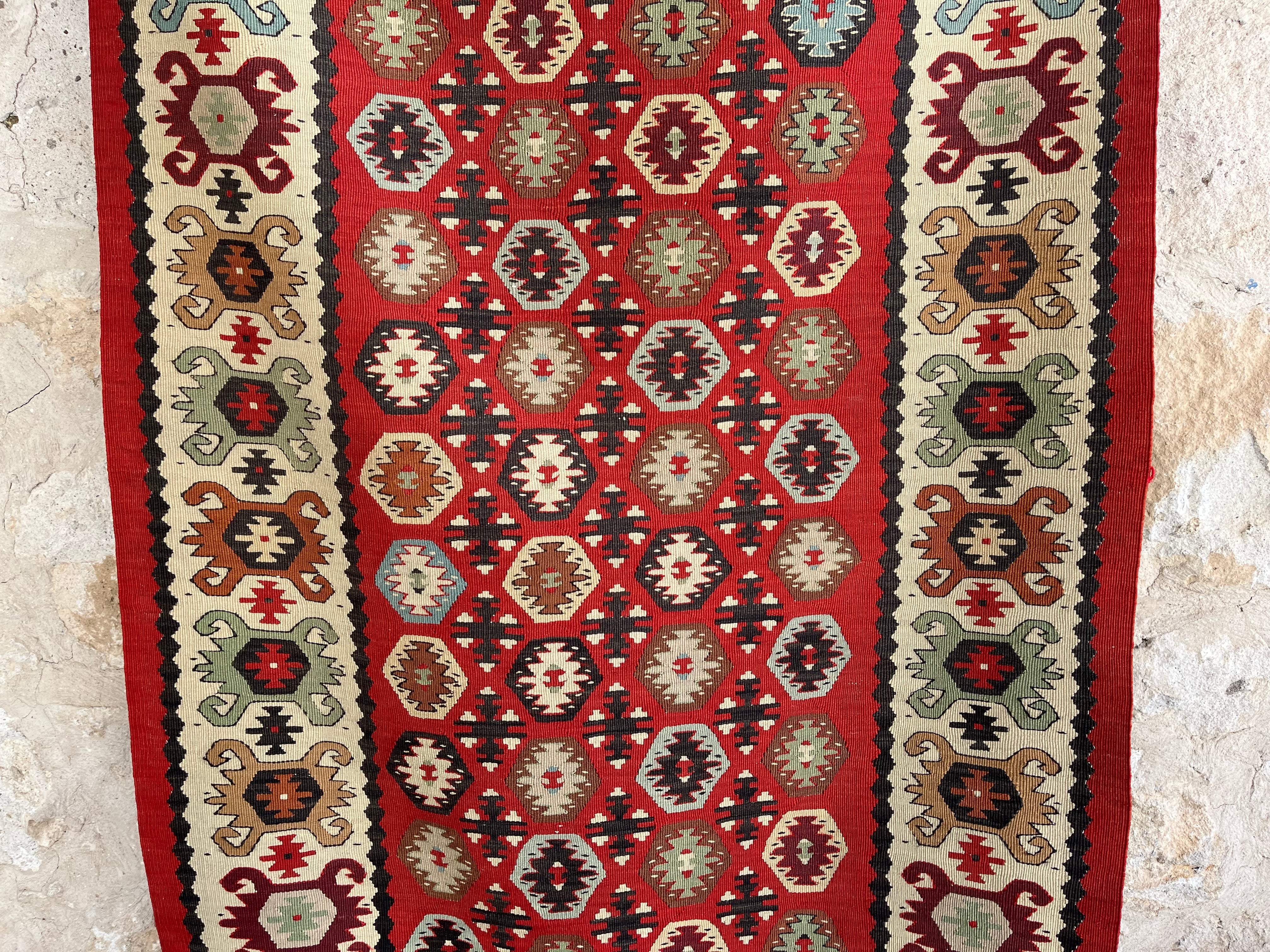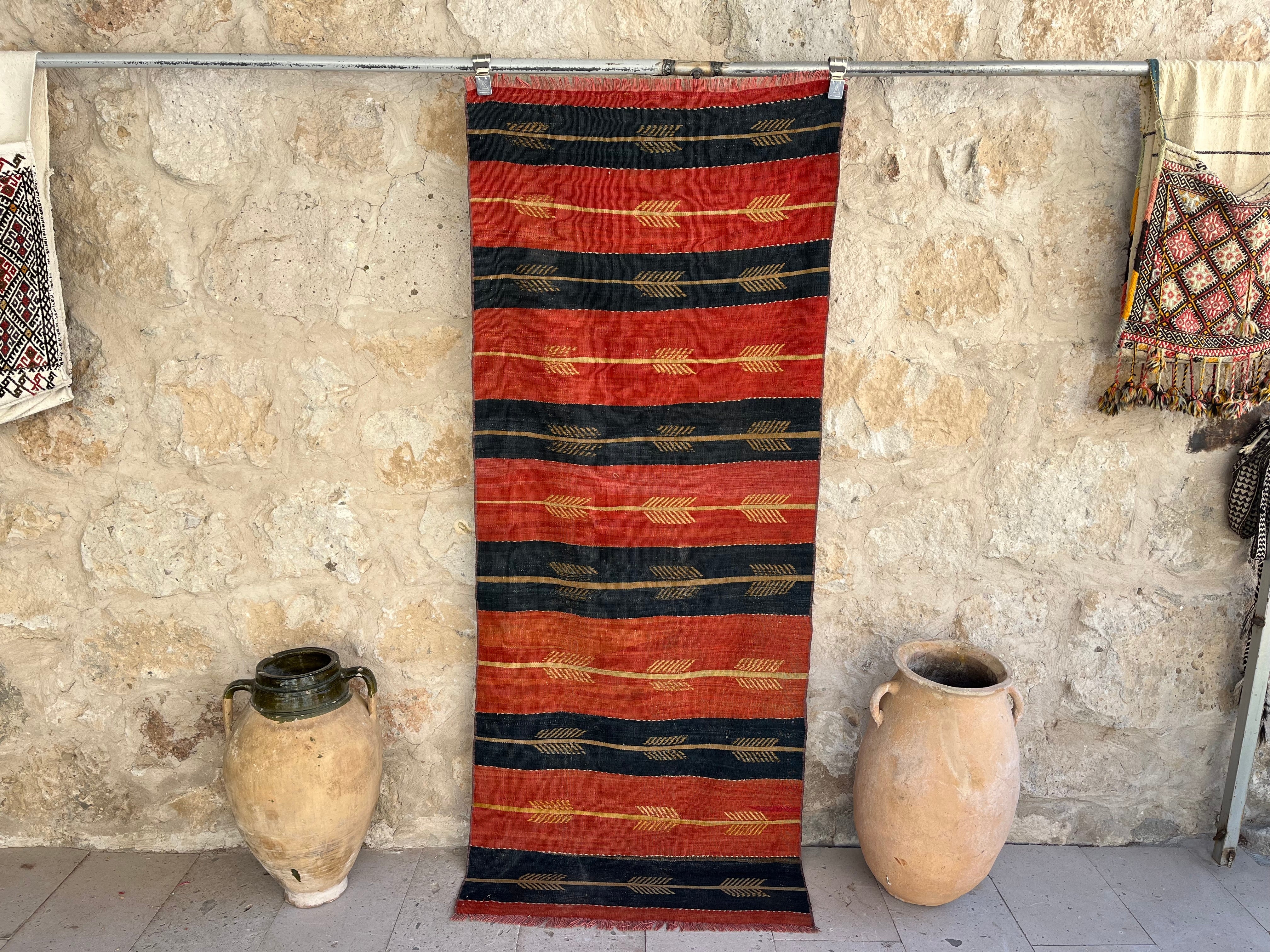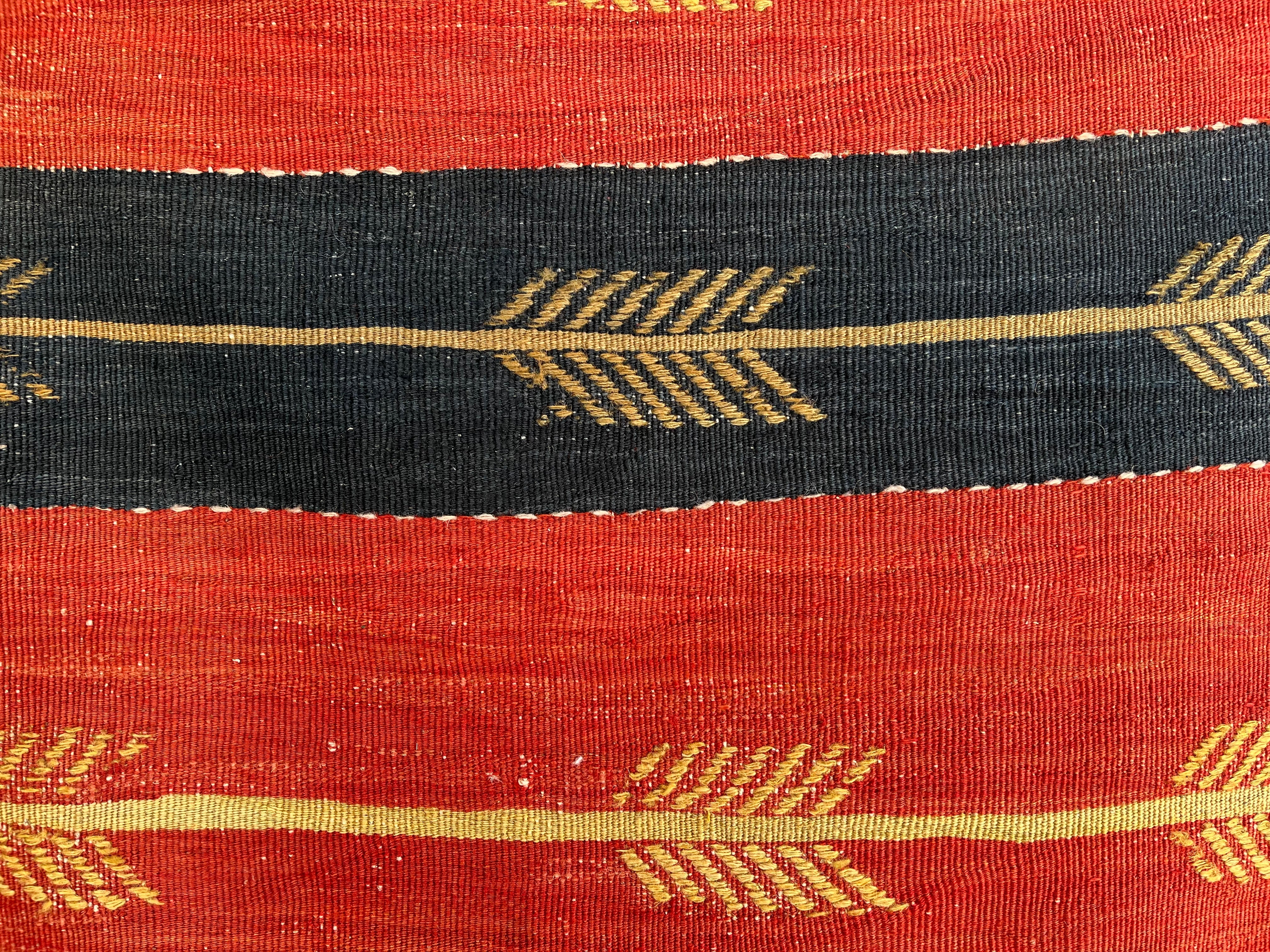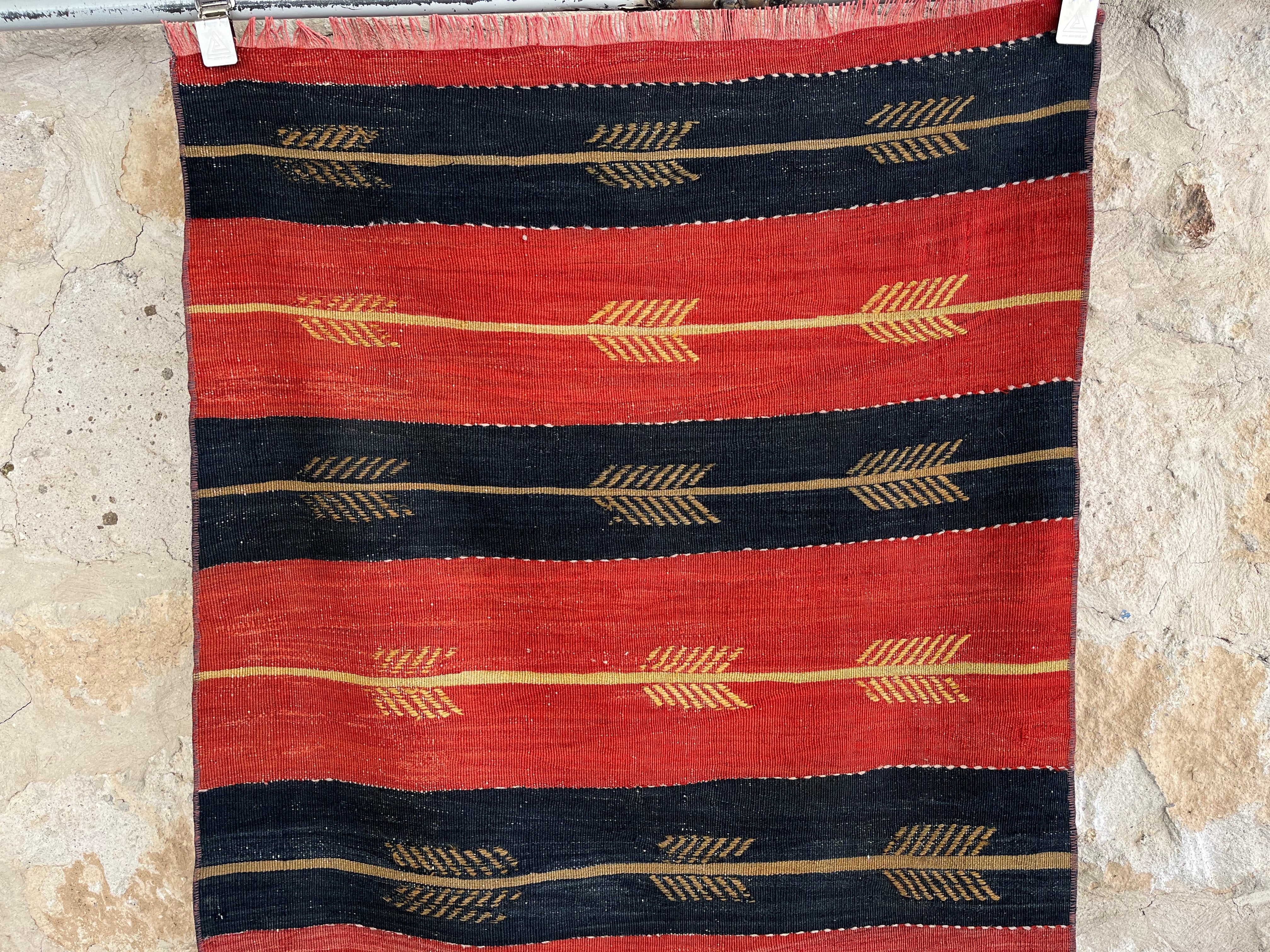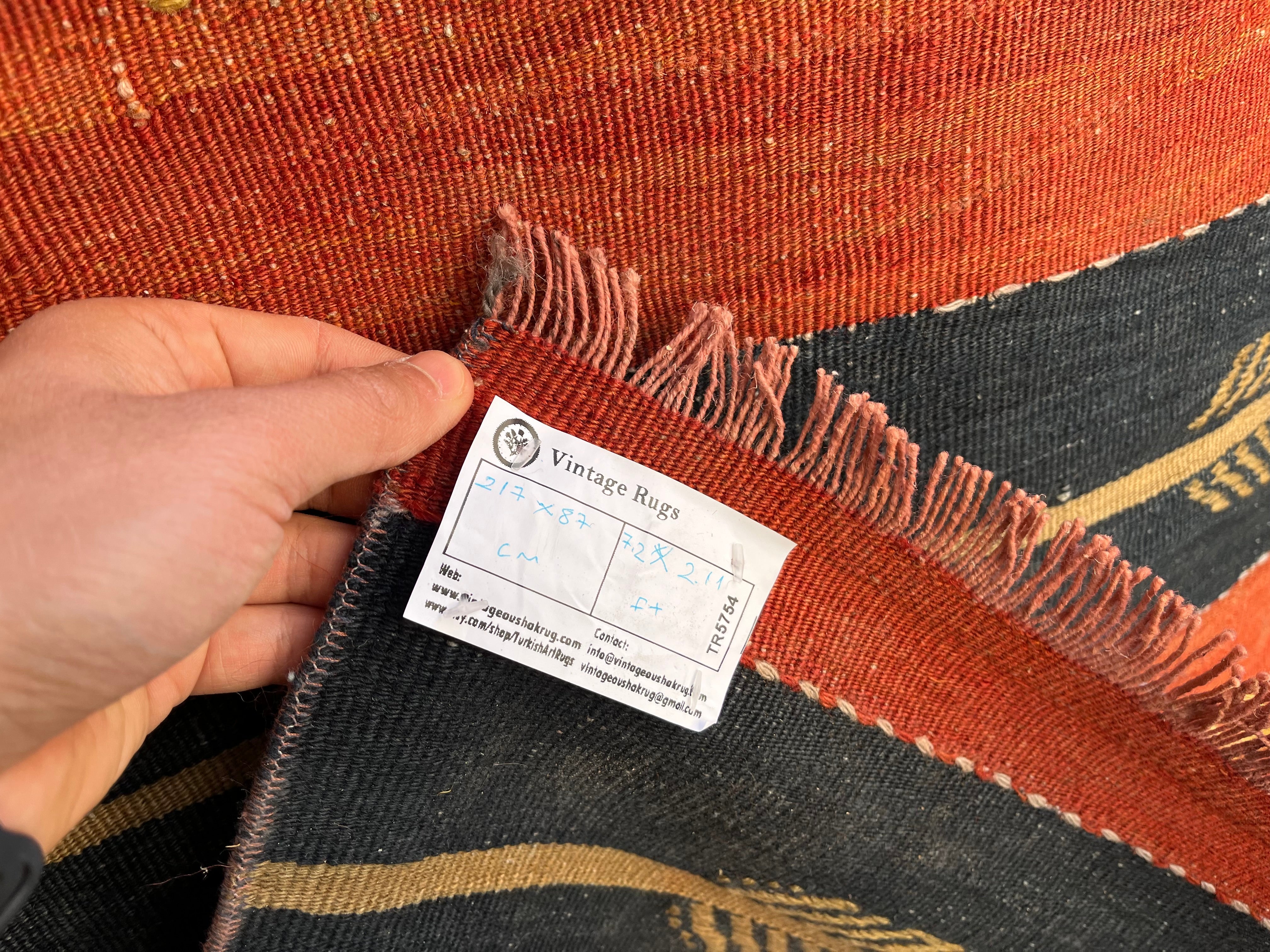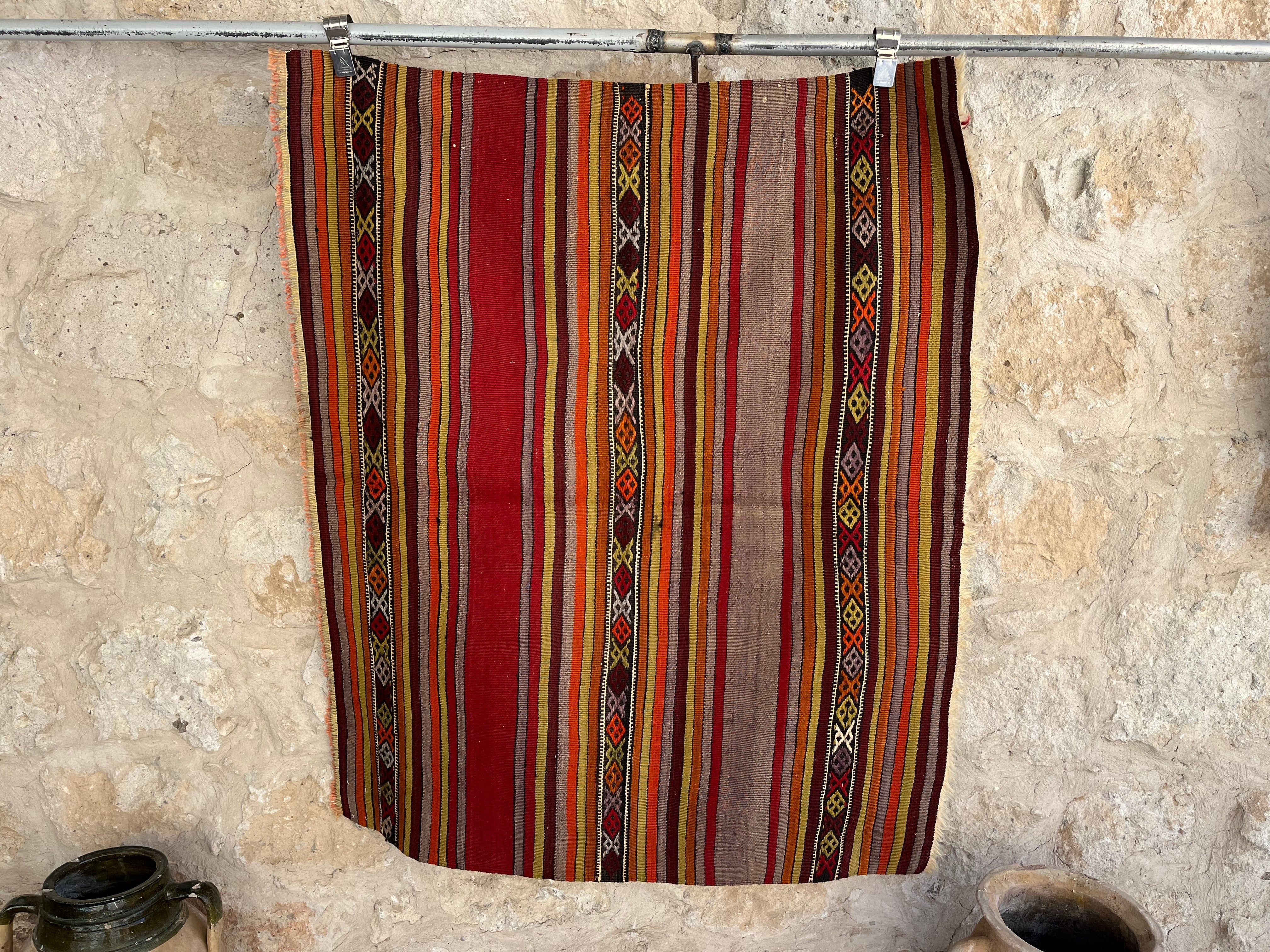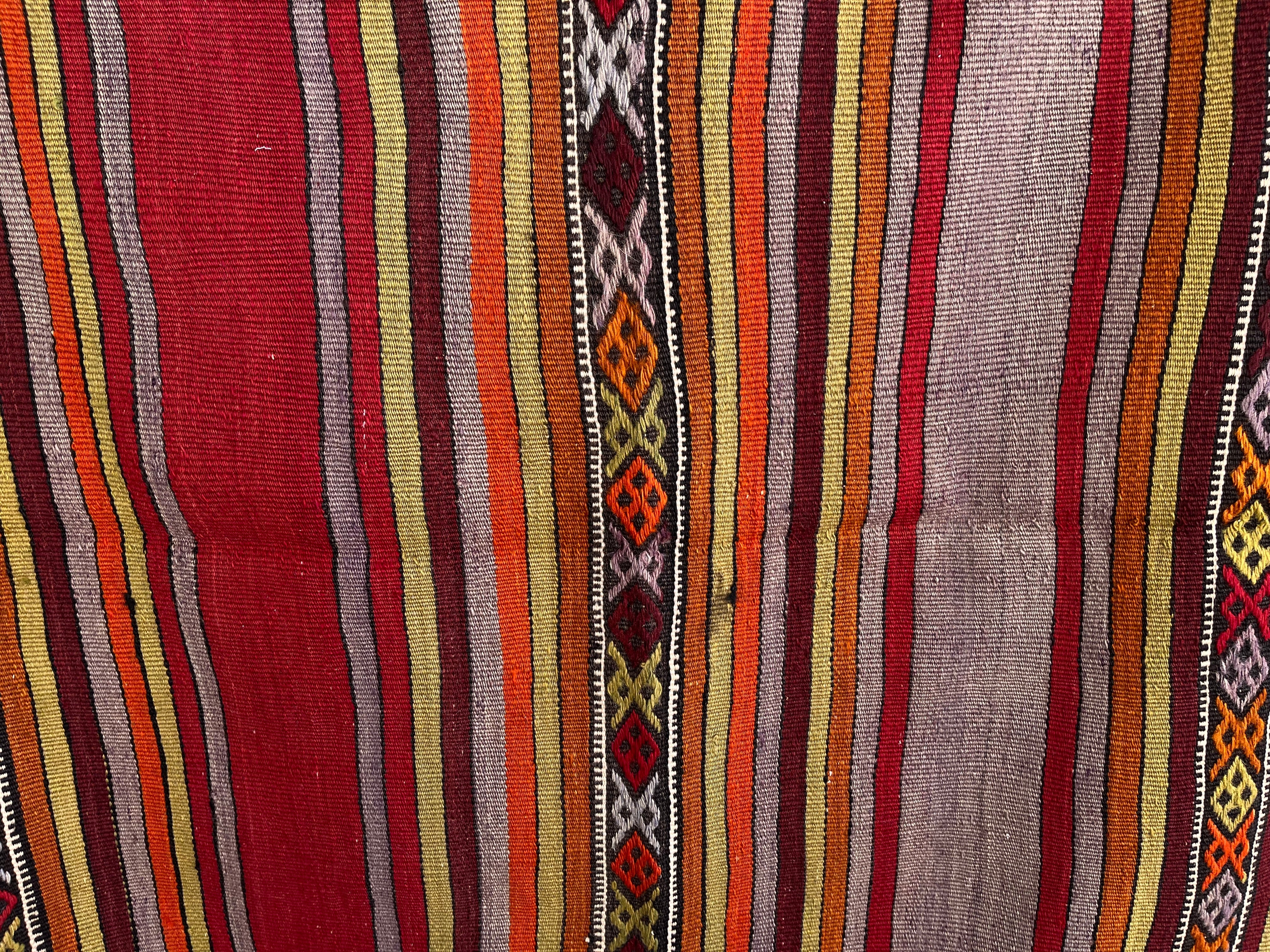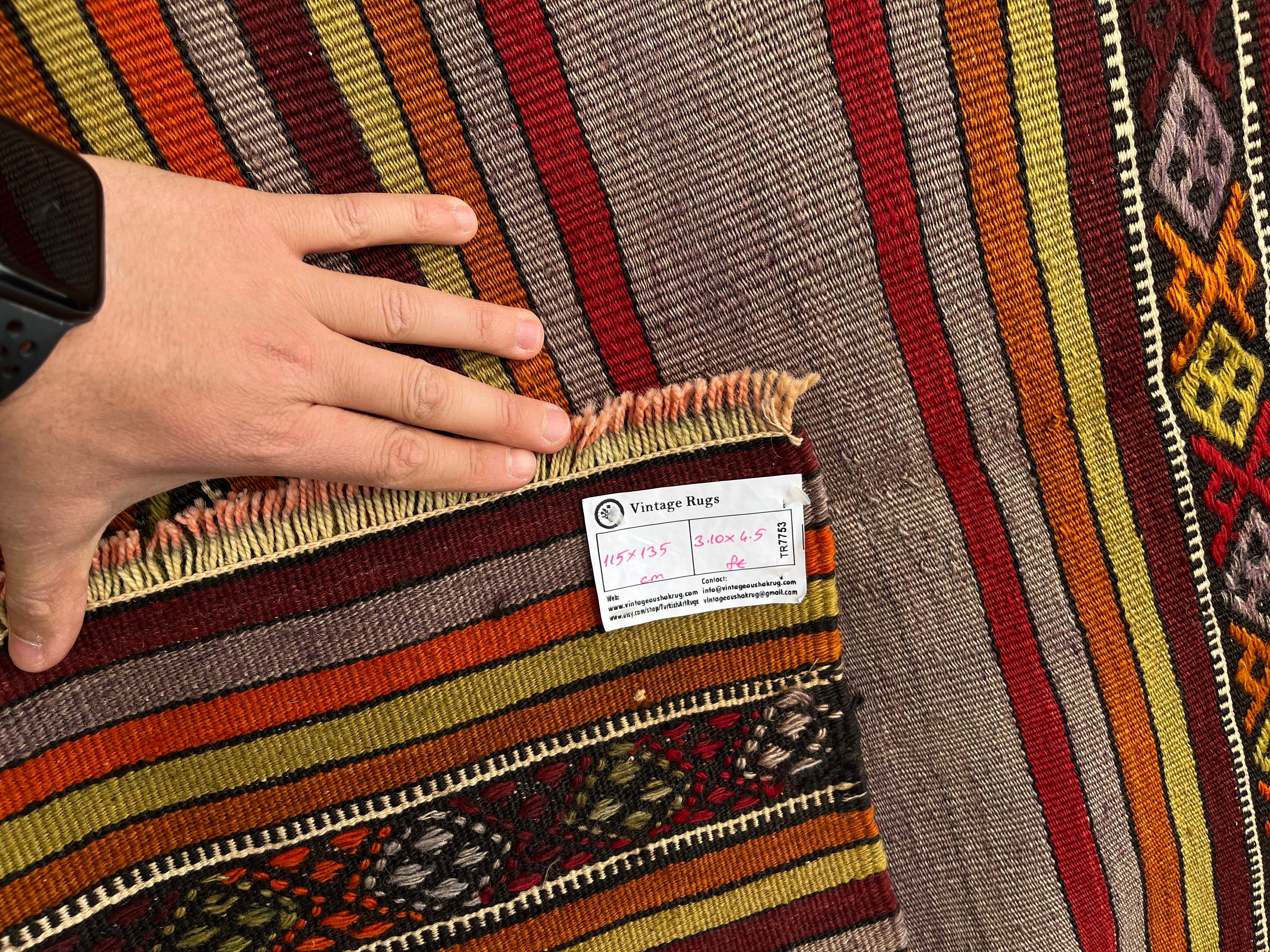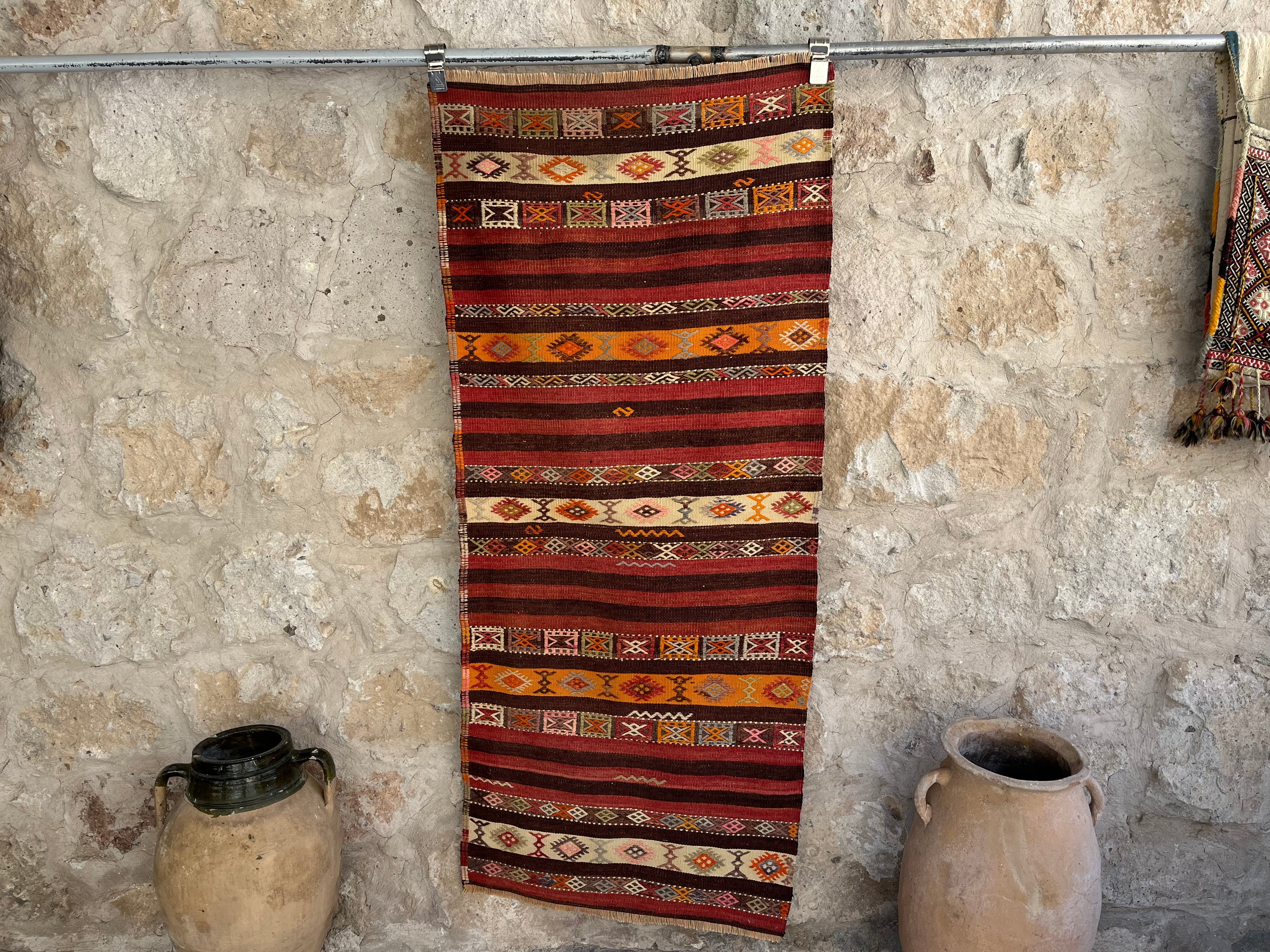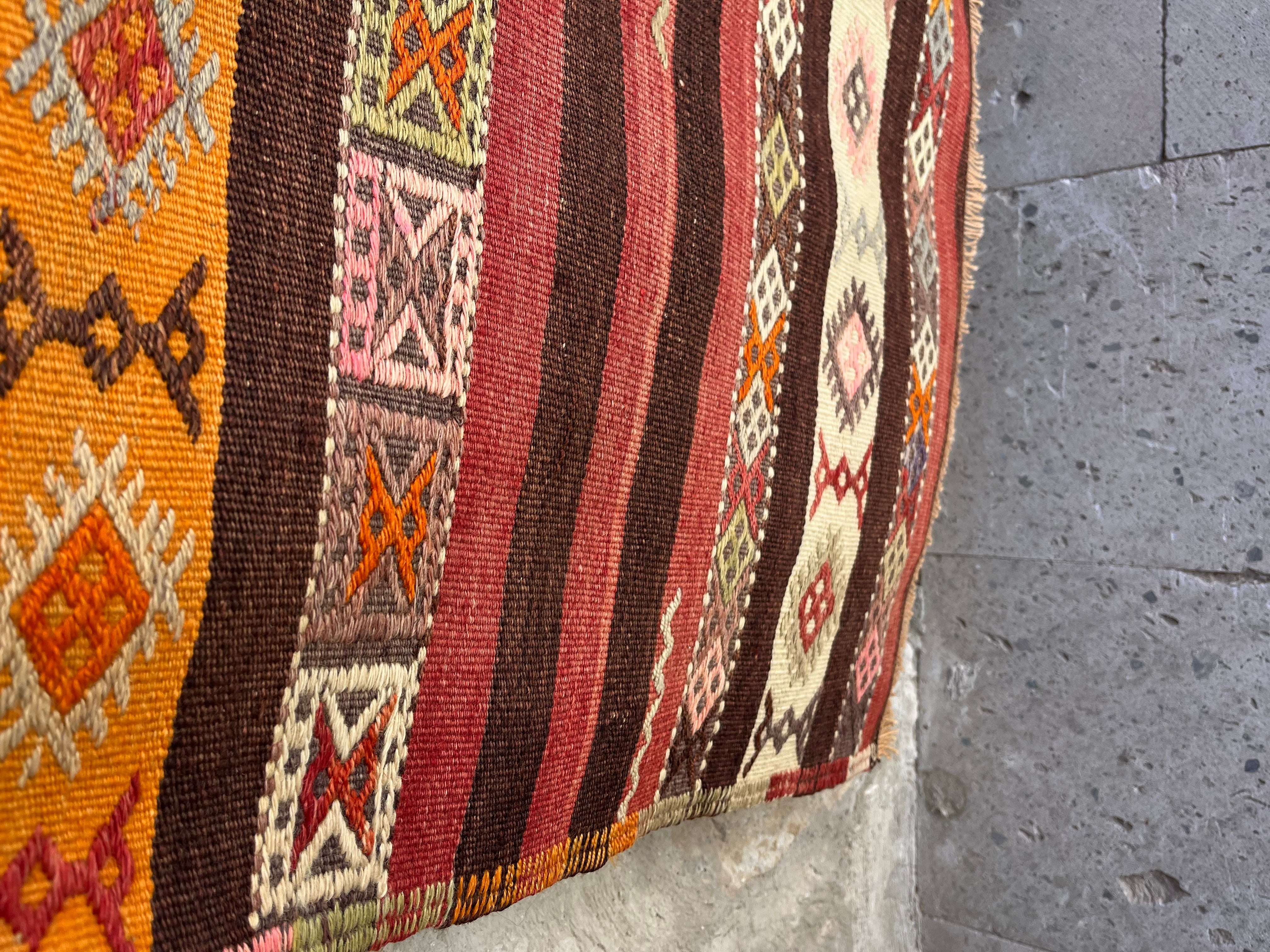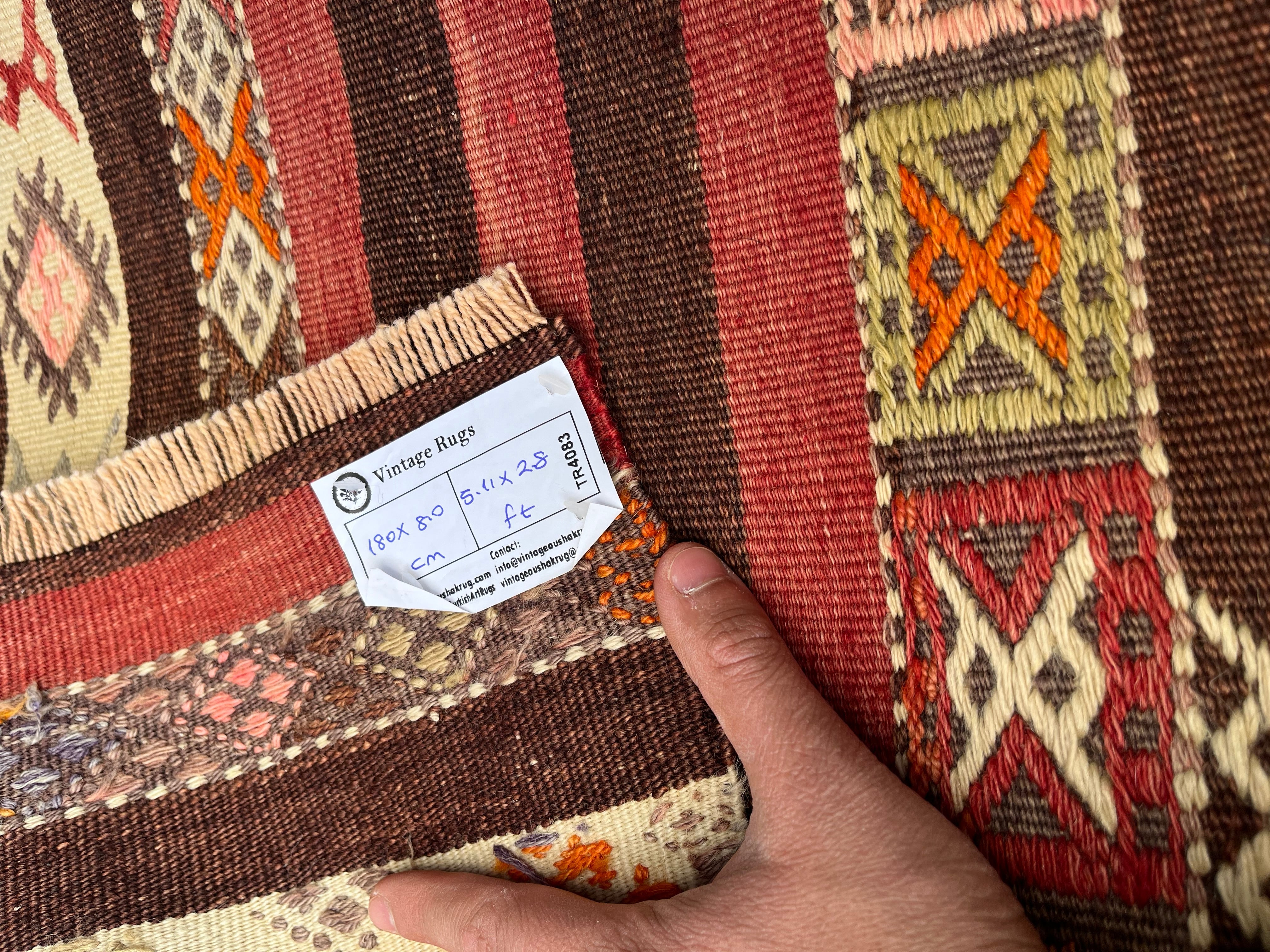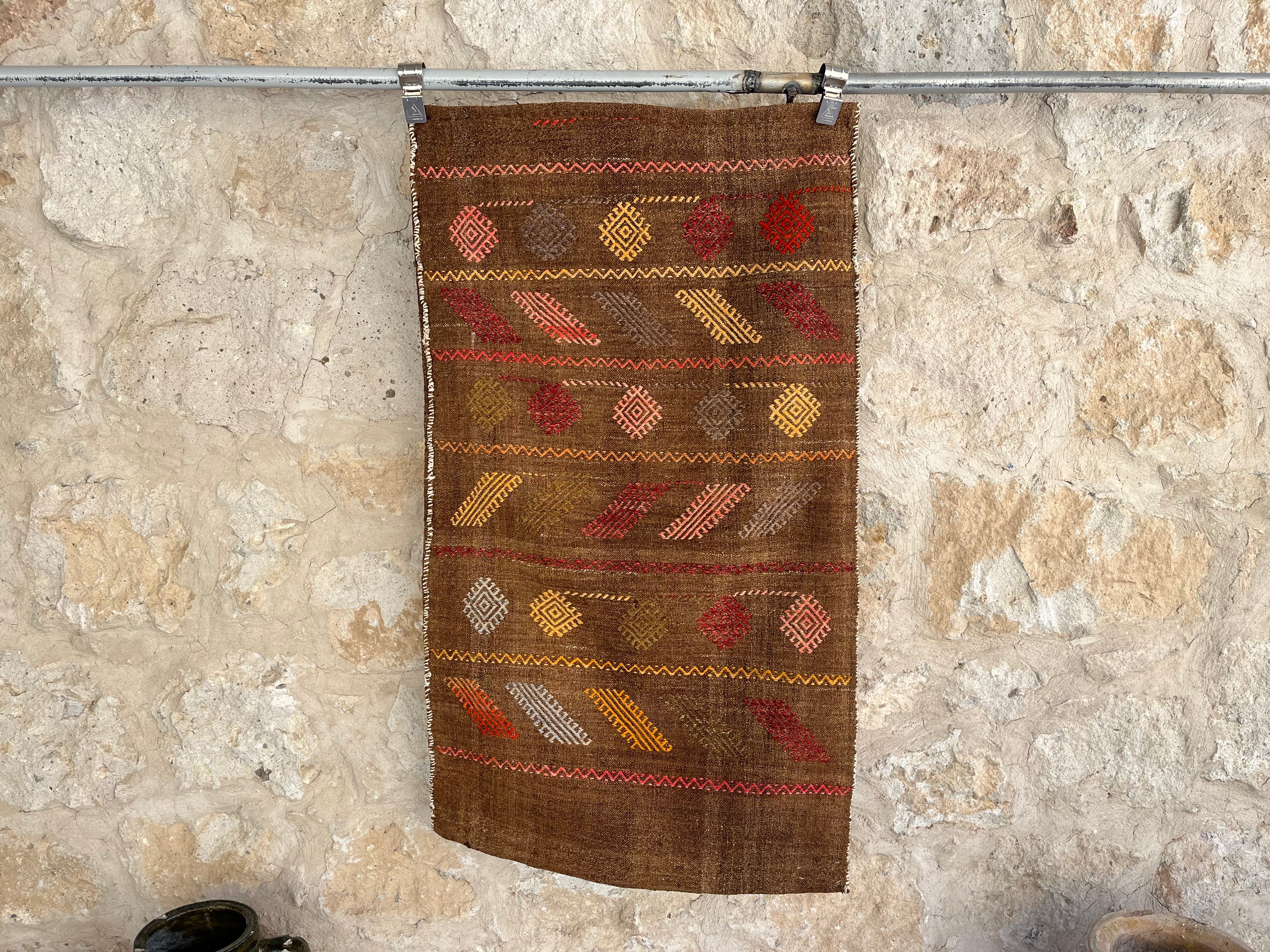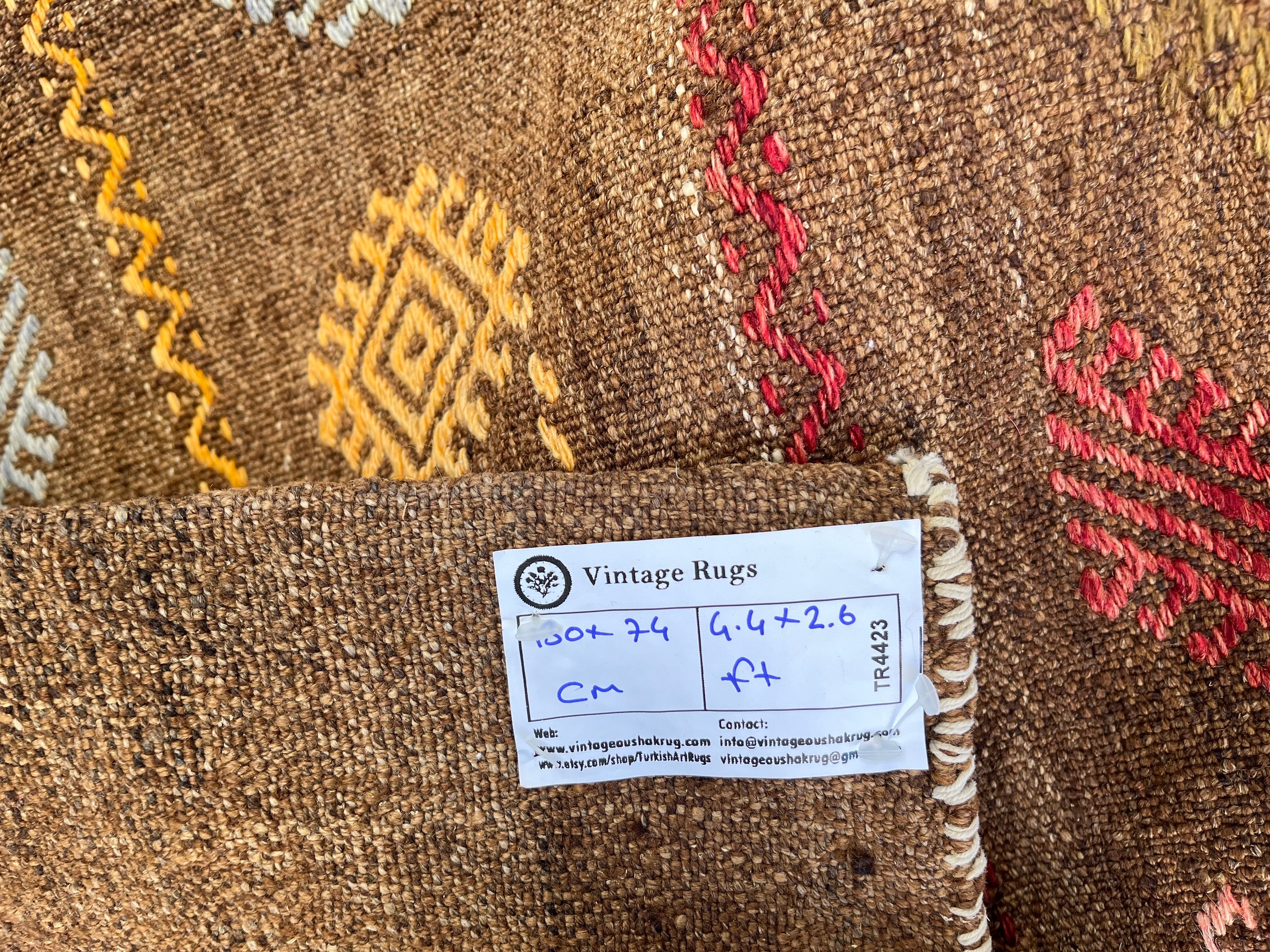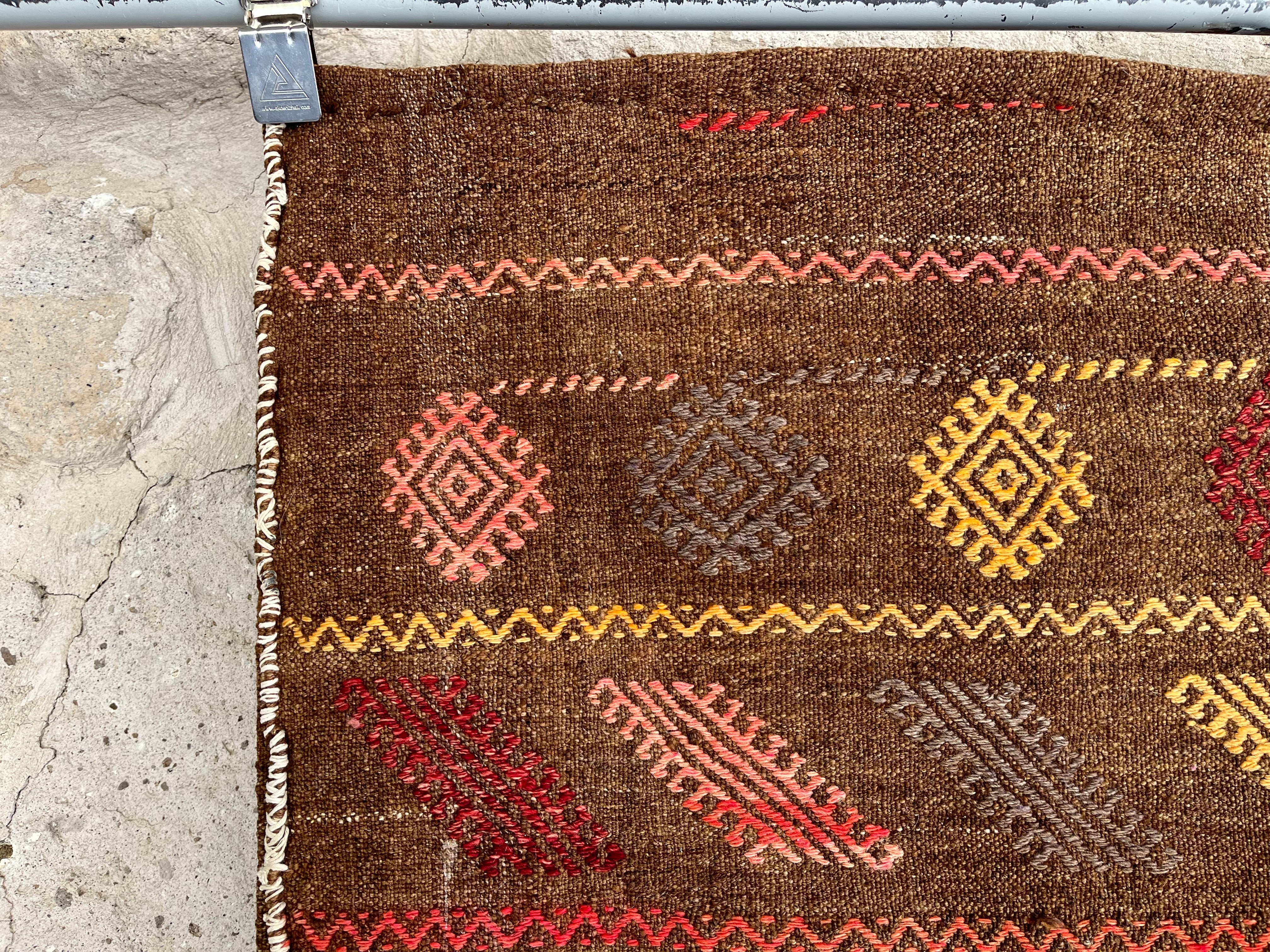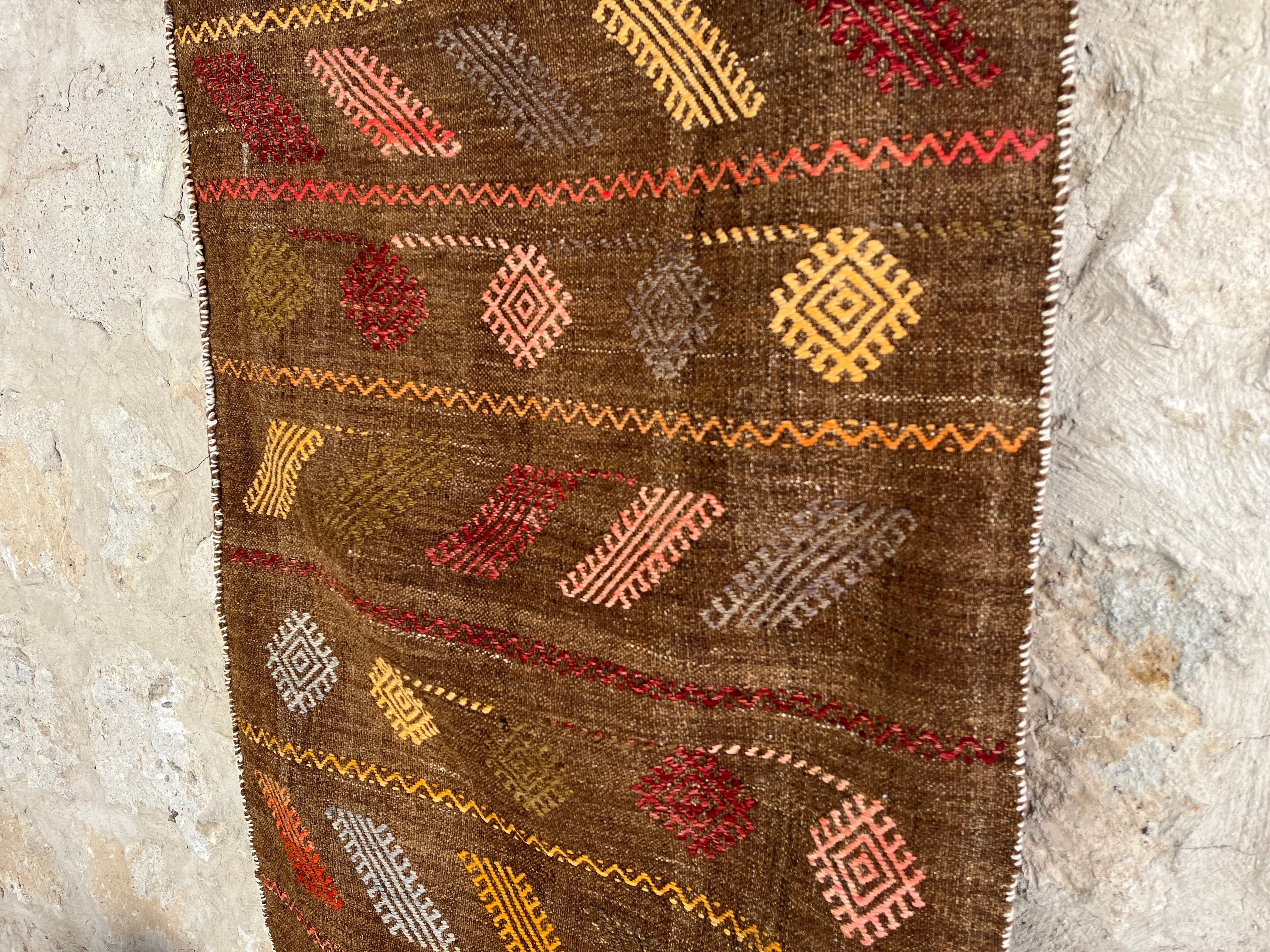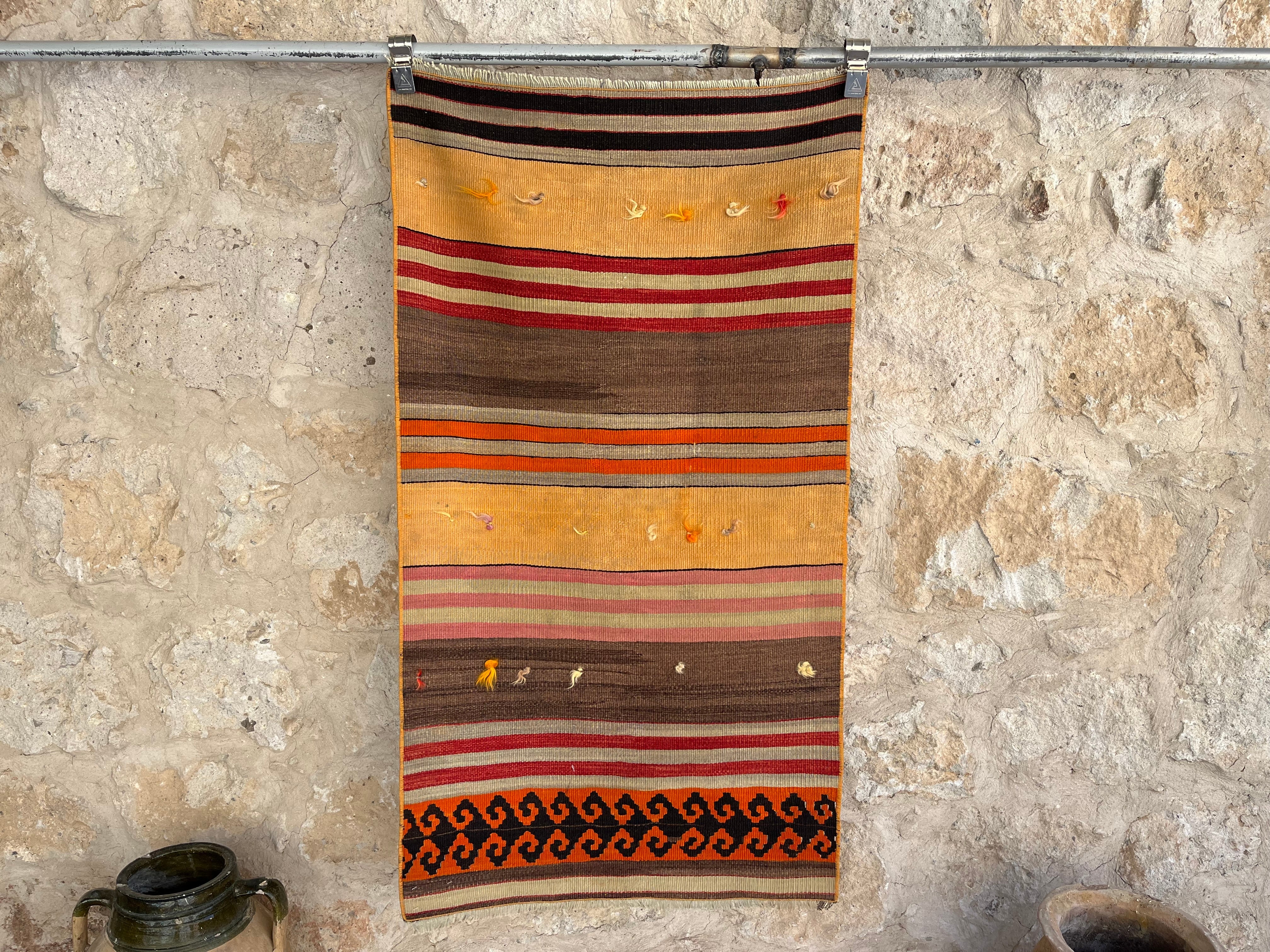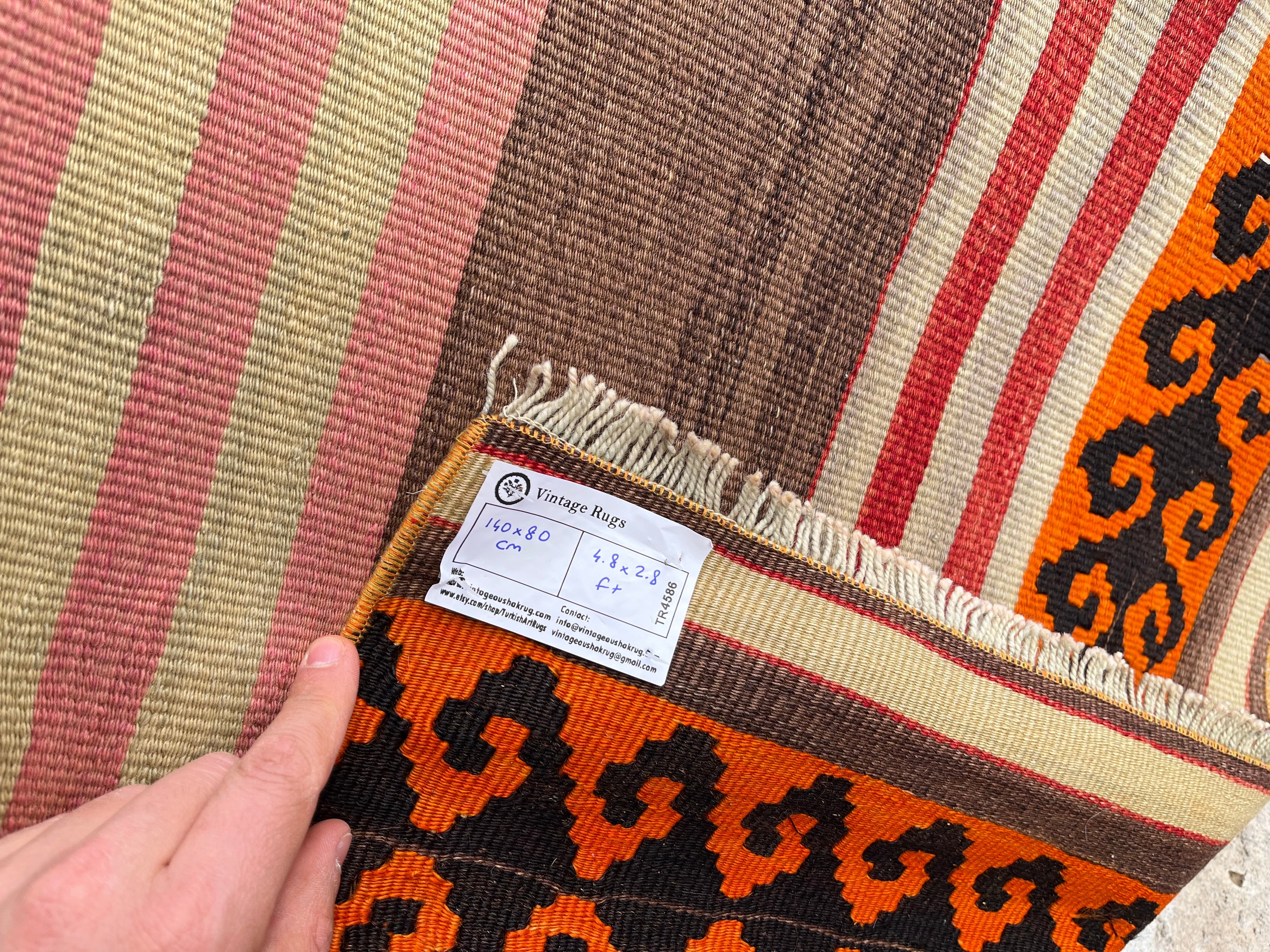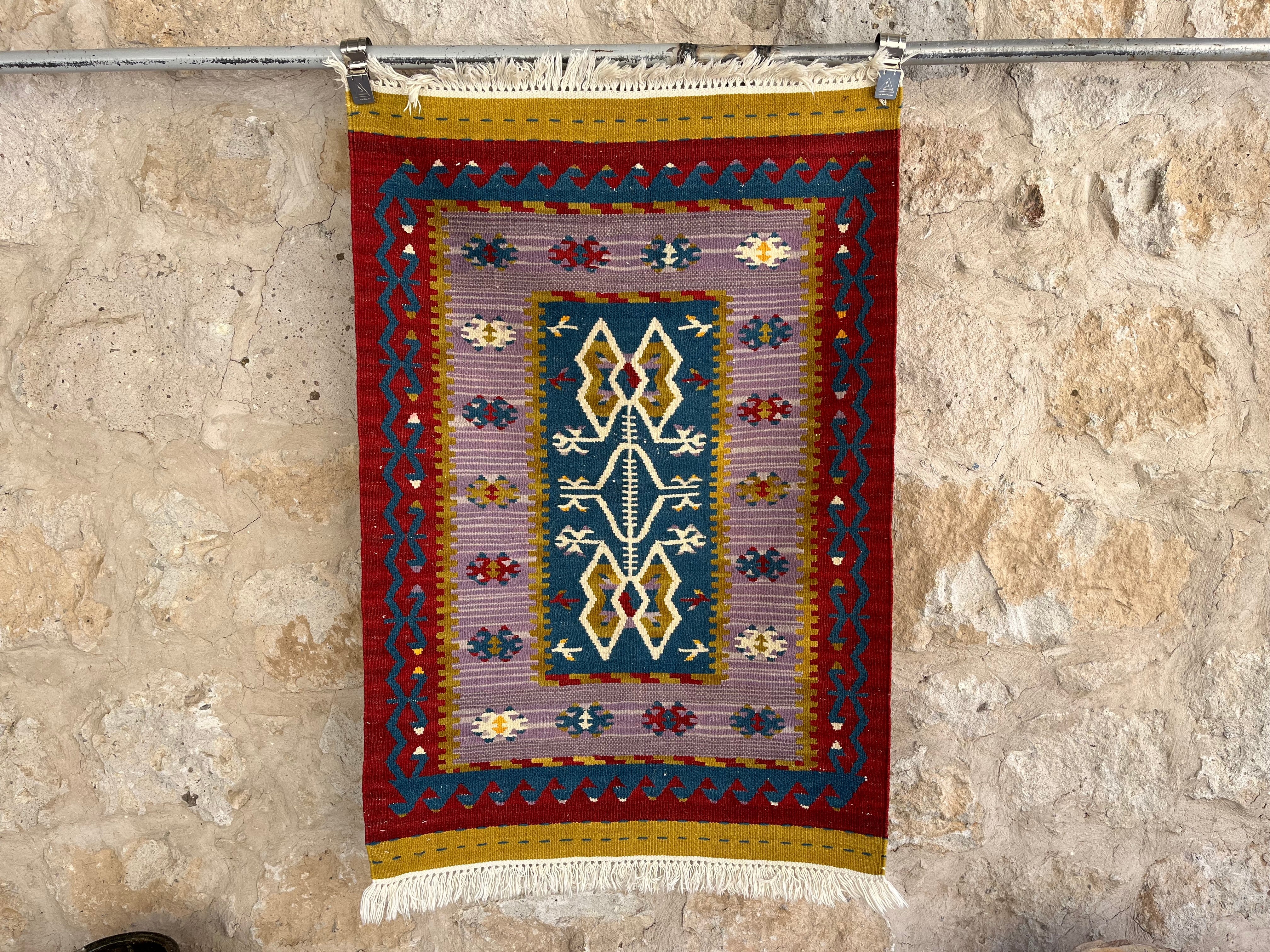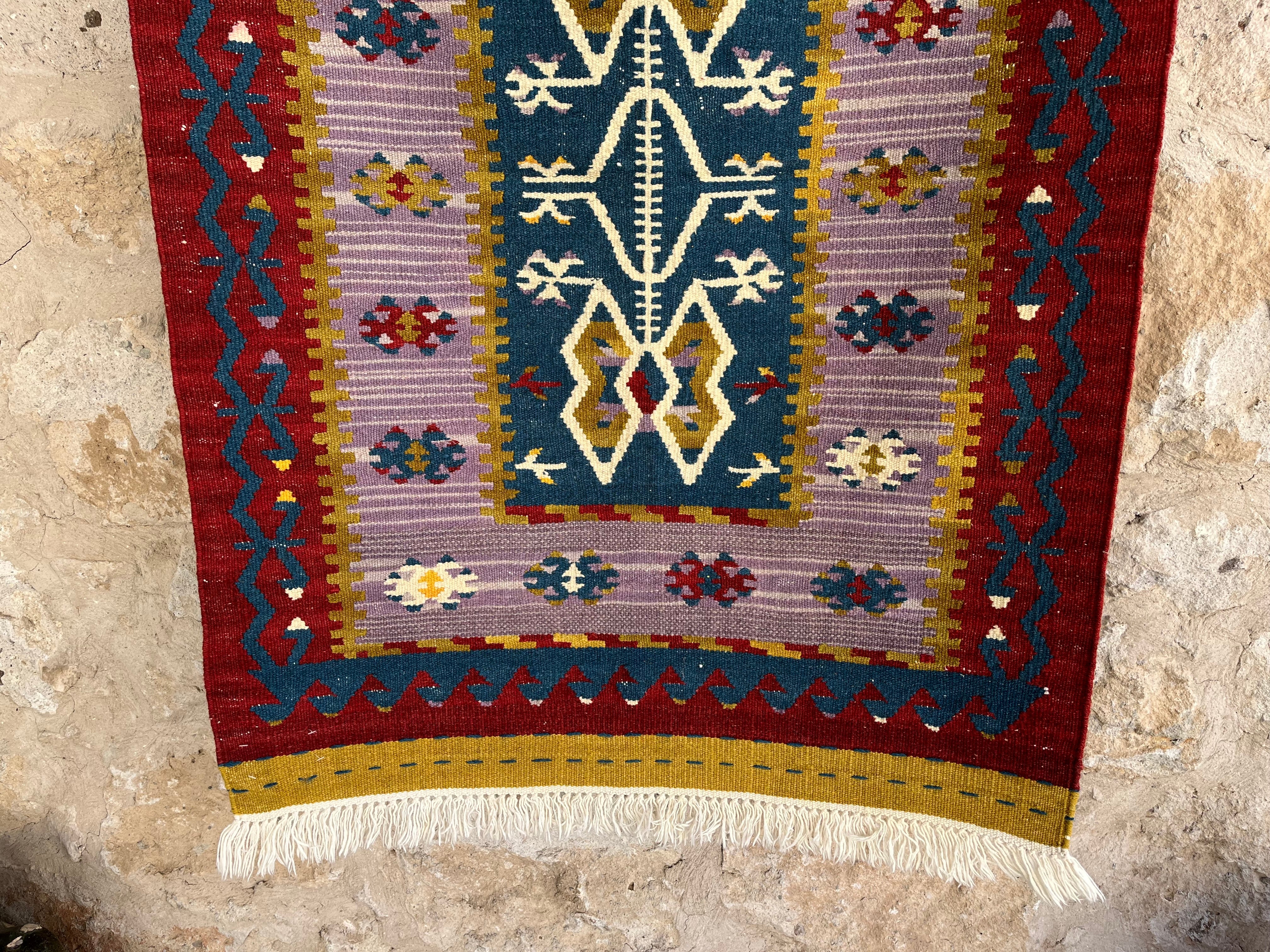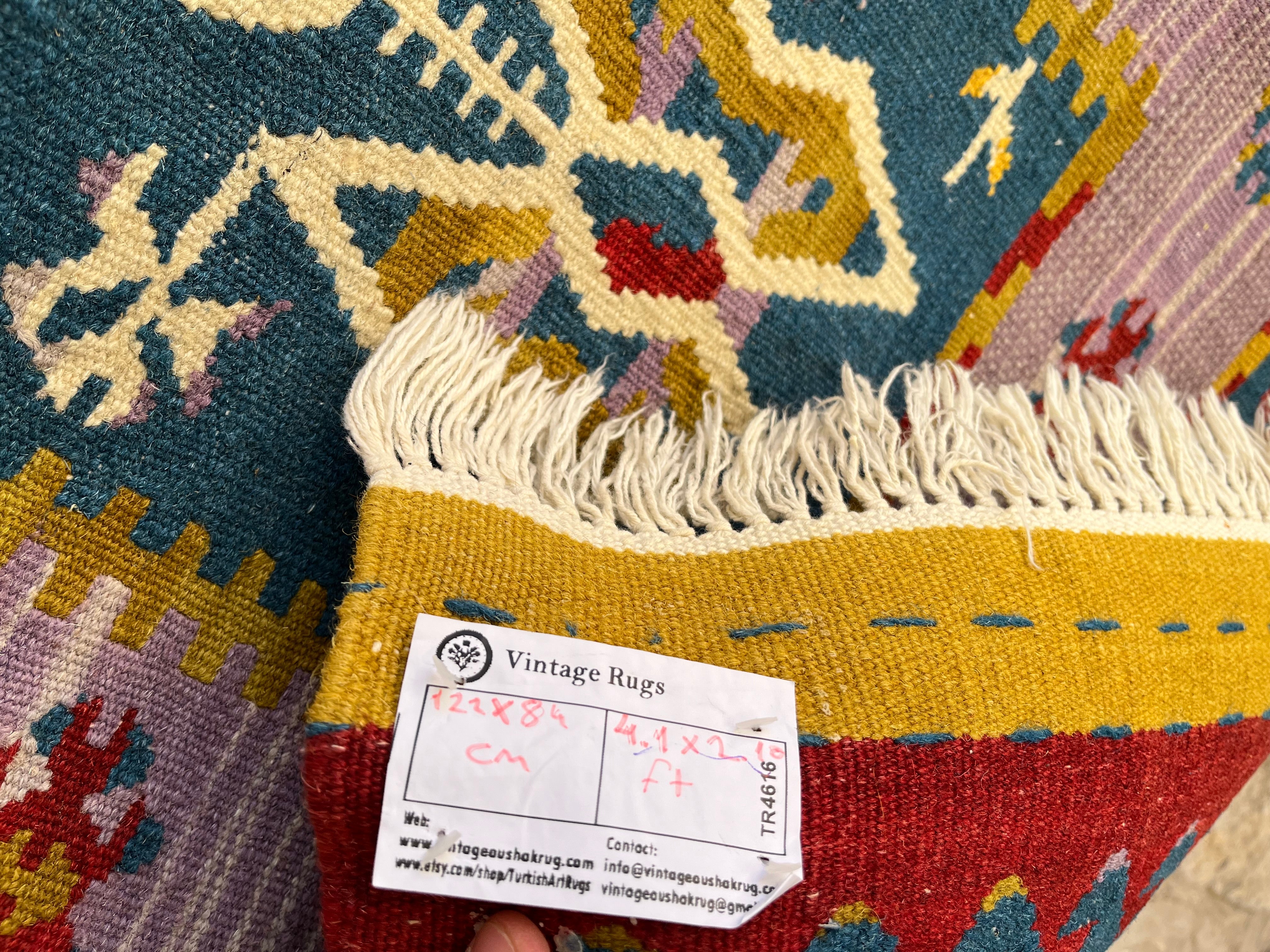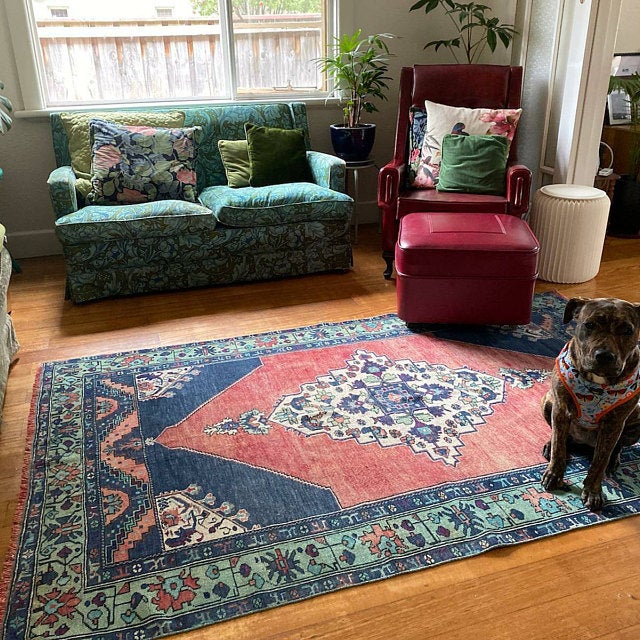Have you ever walked into a space and felt something warm and pleasant right away? It might not have simply been the light or the furniture; it could have been the lovely handcrafted kilim rug on the floor. People have enjoyed these flat-woven fabrics for hundreds of years because of their bright colors, geometric designs, and stories that go back in time. In this article, we'll look closely at what makes kilim carpets so unique, from their interesting Turkish roots to the significance behind their patterns. By the end, you'll not only know how to make them, but also how to make them look great in your own house.
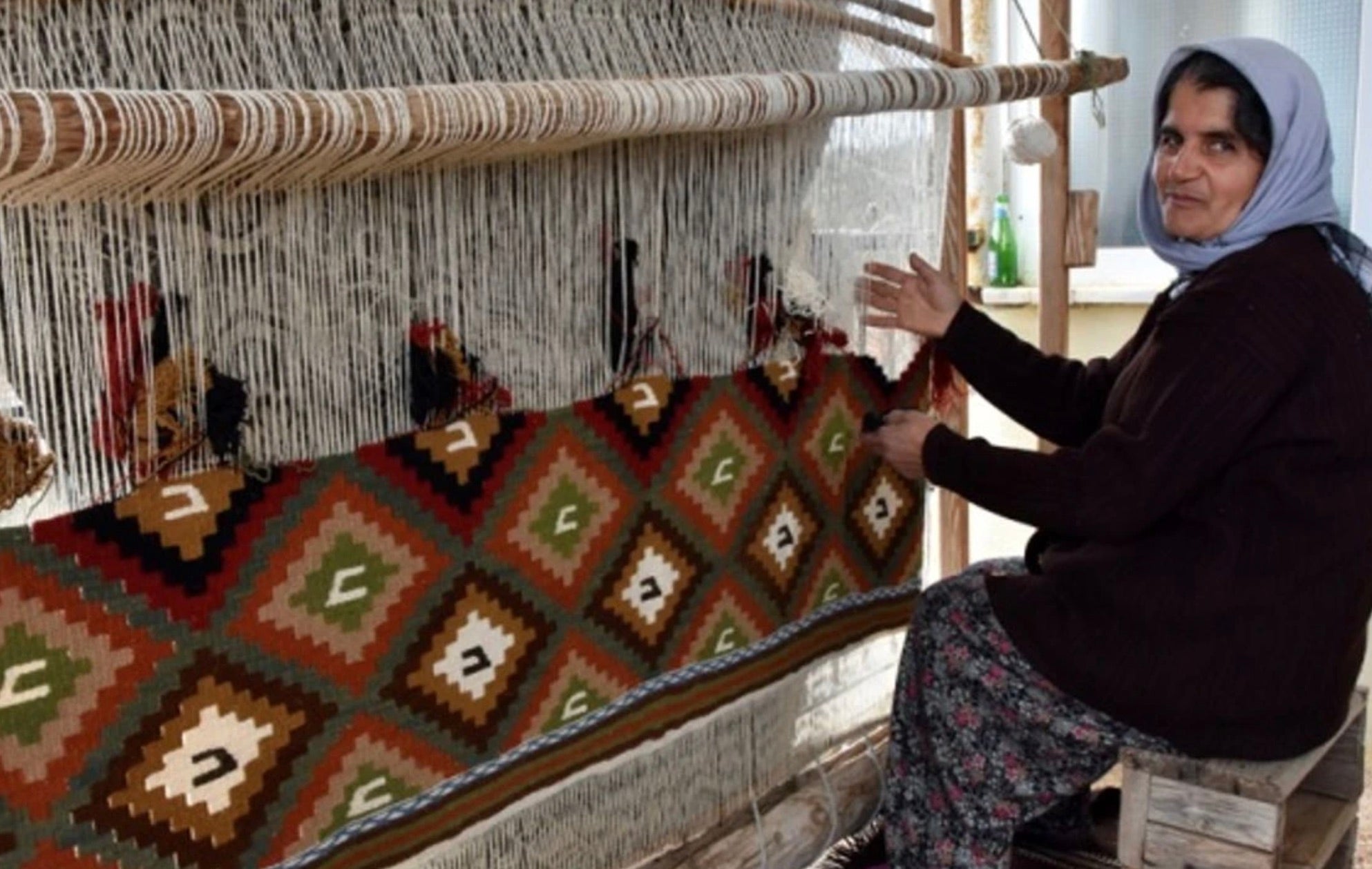
The Origins and History of Kilim Rugs
Let's go back in time a little bit, thousands of years, in fact. Kilim weaving has its roots in the nomadic tribes of Anatolia, which is now Turkey. These tribes didn't only weave rugs for decoration; they needed them for everyday use. A kilim could be used as a floor covering, a divider for a tent, or even a saddle bag. Every thread had a reason for being there, and every design conveyed a story.
Over the years, Turkish weavers got better at their craft. Kilim weaving became a beloved cultural heritage during the Seljuk and Ottoman empires. Patterns got better, colors got more expressive, and each area started to acquire its own style. Kilim rugs from Central Anatolia are known for their rich reds and indigos, whereas kilim rugs from western Turkey frequently have earthy, sun-kissed colors.
Think of a little town in Cappadocia or Kayseri. Women are sitting together, weaving and talking, and the sound of looms is rhythmic. Each rug they made has a bit of their life in it: happiness, sadness, hope, and memories. That feeling of being part of a community and working together still exists in every real kilim today.

The Cultural Meaning Behind Kilims
A kilim is more than just cloth. It's a mix of feelings, beliefs, and who you are. In Turkish tradition, these rugs are like visual poems. Each color and pattern has a meaning. When a young woman weaved her dowry kilim, she was conveying a story without words. She was communicating about her hopes for love, safety, and plenty.
Red is a hue that stands for vitality and happiness. On the other hand, blue protects against the evil eye, which is still a strong belief in Anatolia. White stands for peace and purity, while green stands for optimism and new beginnings. Black and other dark colors can also have good meanings, frequently standing for strength and safety.
And here's something lovely: no two kilims are the same. Each one shows the woman's hand, emotions, and heart who crafted it. When you bring a kilim into your house, you're not just contributing to the decor; you're letting a piece of someone's narrative and legacy into your space.
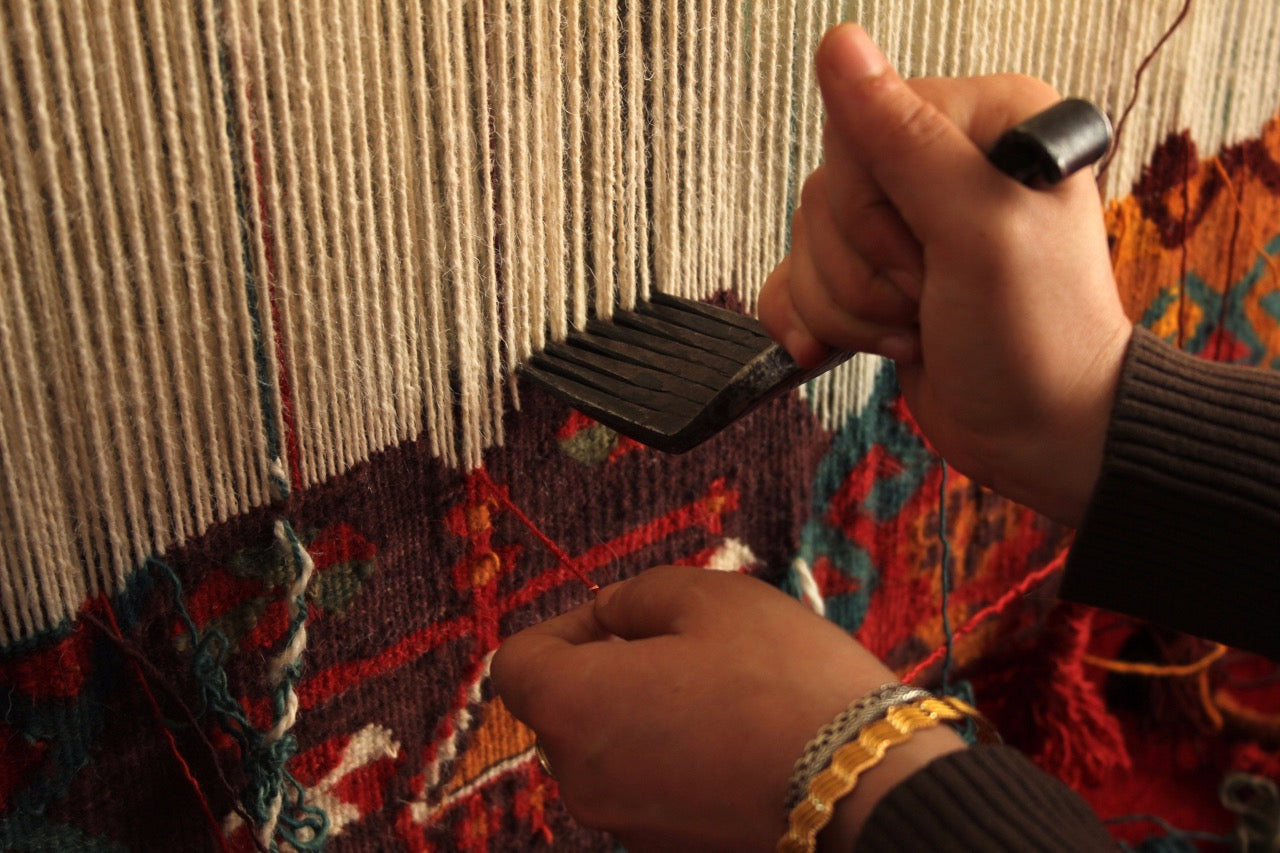
How Kilim Rugs Are Made?
You might be wondering why these rugs feel so different. The trick is in the method. Kilims are flat-woven, therefore they don't have that fluffy pile like hand-knotted rugs do. Instead, artists weave the warp and weft threads together closely to make the design. It's a process that takes time, expertise, and rhythm—it's like a dance of hands and colors.
The Loom and Weaving Process
Think of a loom made of wood. The weaver passes the horizontal threads (the weft) through the vertical threads (the warp), one at a time, changing colors to make geometric designs. There are no recorded patterns or guides; everything is done from memory and feeling. That's why every kilim is a little different, not perfect, and full of life.
Some kilims take weeks, while others take months. In a lot of places, moms start a rug that their daughters finish years later. It's a moving tradition for one generation to physically weave its legacy into the next.

Materials and Natural Dyes in Kilim Rugs
Real kilims are produced from natural materials, mostly wool and cotton, but sometimes goat hair is used for texture. Wool is soft, strong, and maintains color well, which is why it's the best. Cotton makes the structure strong and stable.
And what about those colors? They come from the earth. We all enjoy the deep red that madder root offers. Indigo plants give calm blues, walnut shells give rich browns, while pomegranate skins or onion peels can make golden tones. As time goes on, these natural dyes develop softer and merge together like a watercolor painting. That's why old kilims are so beautiful in a unique way: they get better with age, not worse.
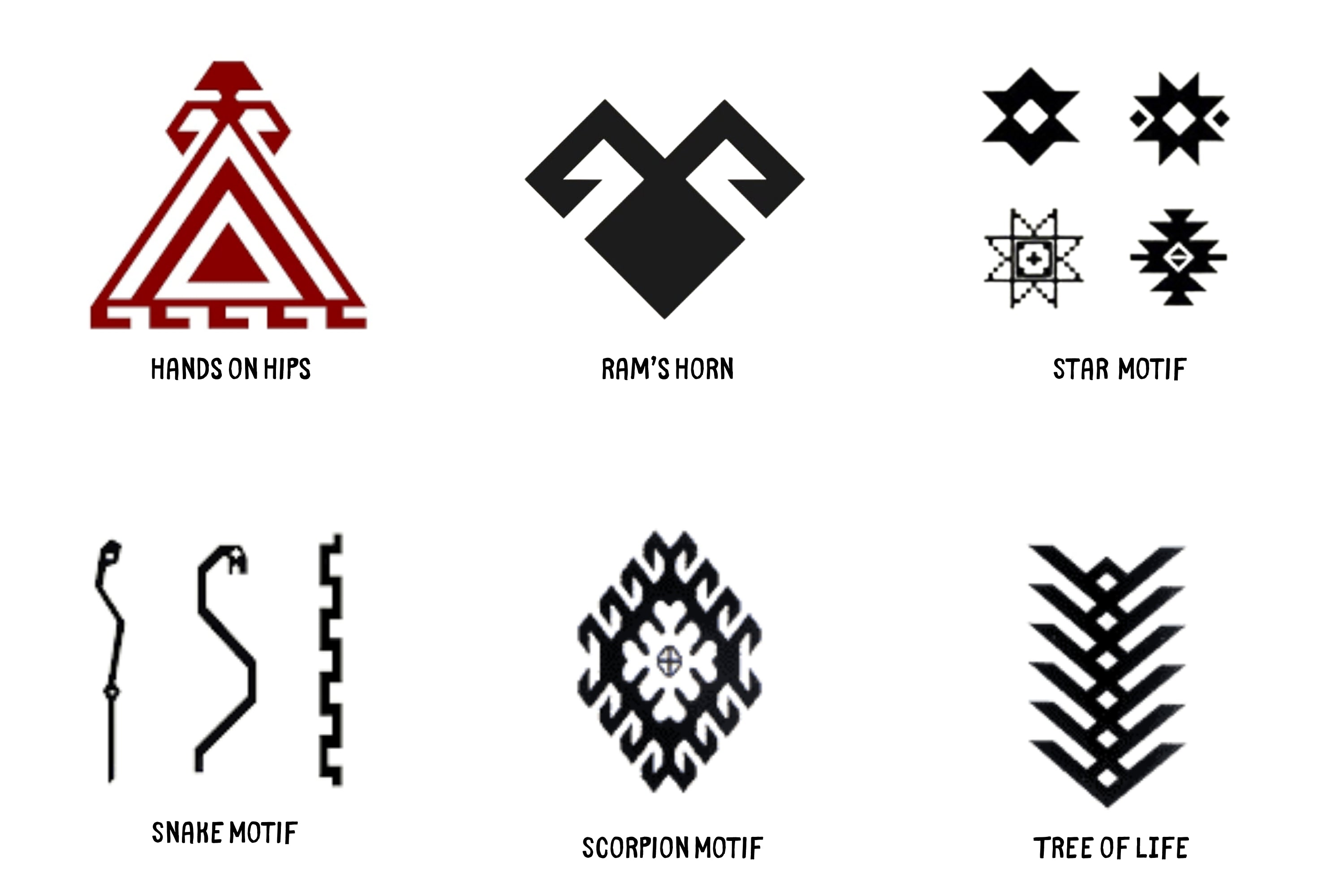
Kilim Designs and Motifs Explained
Now this is when it gets interesting. The patterns on kilims aren't just attractive shapes; they are old symbols that symbolize something.
Hands on Hips (Eli Belinde): Represents fertility and the strength of being a woman.
Ram's Horn (Koç Boynuzu) stands for strength, bravery, and being a man.
Star: A good luck symbol and a way to safeguard your spirit.
Scorpion and Snake: Symbols of protection that keep bad things from happening.
Water Path: Life goes on, changing, flowing, and regenerating.
The Tree of Life: family, immortality, and the never-ending cycle of life.
Eye (Nazar): Keeps negative energy and jealousy away. Muska is a triangle amulet that stands for faith and protection from God.
These symbols represent things that all people go through, such love, protection, birth, and the journey of life itself. And while though modern kilims may vary these patterns by adding minimalist or abstract elements, the basic idea is the same. They still tell the same old stories, but in a different way.

Kilim Rugs vs. Hand-Knotted Rugs
You can tell immediately away that they are different if you touch both. Kilims are thin and flat, but hand-knotted rugs are thicker and softer. They are both good, yet they do different things. Kilims are lighter, easier to move, and can be flipped over, but hand-knotted carpets have greater texture and depth.
There are many different types of weaving in Turkey, such as cicim and sumak. Cicim is like embroidery in that it adds extra strands for ornamentation. Sumak is the process of wrapping the weft around the warp to make designs that stick out. These small differences reveal how creative and varied the weaving traditions of Anatolia are.
A kilim can be just what you need if you want something that can be used in many ways and is real. But if you like a heavier feel and deep, complex designs, check out our hand-knotted vintage carpets. They are both made with the same care and attention to detail.

Are Kilim Rugs Durable?
You might assume a flat rug would be weak, yet it's actually strong. A well-made kilim with tightly woven, high-quality wool can survive for many years. They designed these rugs for everyday use. They've been in sandy deserts, mountain villages, and family get-togethers. With some care, yours can quickly become an heirloom.
How to Care for a Kilim Rug?
Make it easy. Gently vacuum to get rid of dust, but don't use a lot of suction. Don't worry if you spill something; just dab it up with a mix of mild soap and water. Every few months, turn your rug so that it wears evenly and keeps its colors even. And for a deep clean, use a professional who knows how to clean oriental carpets.
A tiny bit of sunlight will naturally age your rug, giving it a nice patina. Just don't let it sit in direct sunlight all day while it's baking. The more you use your kilim, the more intimate and delicate it gets. That's what makes it so special: it develops with you.

How to Decorative a Kilim Rug in Modern Homes?
This is when things become interesting. Kilims can change a room in an instant. Their patterns and colors bring vitality to even the most basic rooms. They provide warmth to minimalist rooms and individuality to eclectic or bohemian areas.
Put one in your hallway or kitchen as a runner to add some homemade art to the floor. Big kilims look great in the middle of a living room. Putting them on top of neutral rugs is a trendy trend that makes a room feel more cozy and deep. And don't overlook the little things, like kilim pillows, wall hangings, or bed coverings. They add charm without being too loud.
The best thing is? There are no rules. Combine the old with the new. Put a sleek Scandinavian sofa next to a hundred-year-old Anatolian kilim. The difference is amazing.

Where to Find Authentic Kilim Rugs?
If you want to buy a real kilim rug, start by looking for sellers you can trust who know what they're doing. At Kirmen™, we carefully choose each piece, clean it, restore it, and take pictures of it. Every rug is different and one-of-a-kind. They may be transported anywhere in the globe for free, and you can return them within 30 days. You can even use our "Make an Offer" function to make your own offer. This is a personal approach to bring history into your house at a price that works for you.
There is a story behind every rug that needs to be told. Look through our assortment of kilims and find the one that seems like it was made specifically for you.



